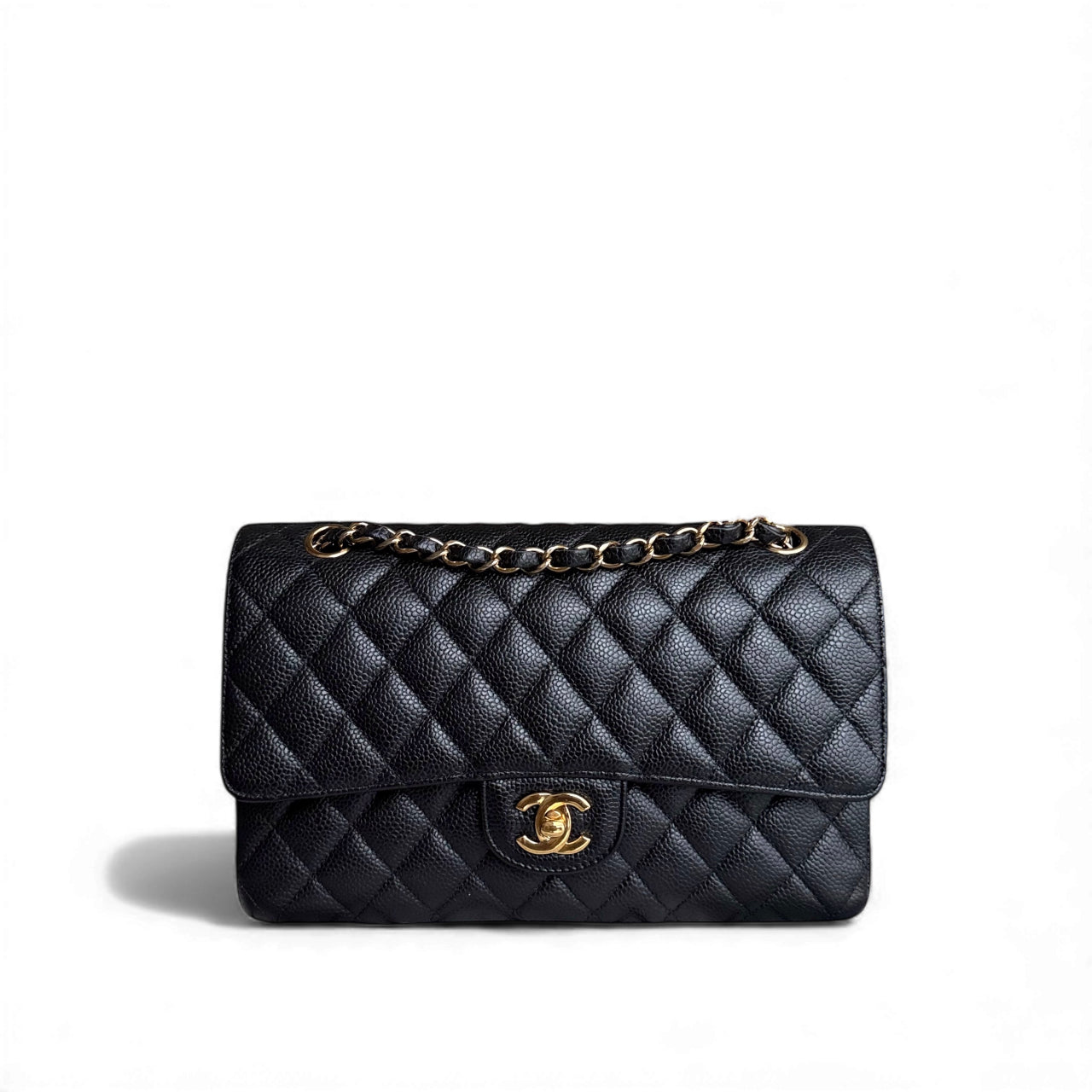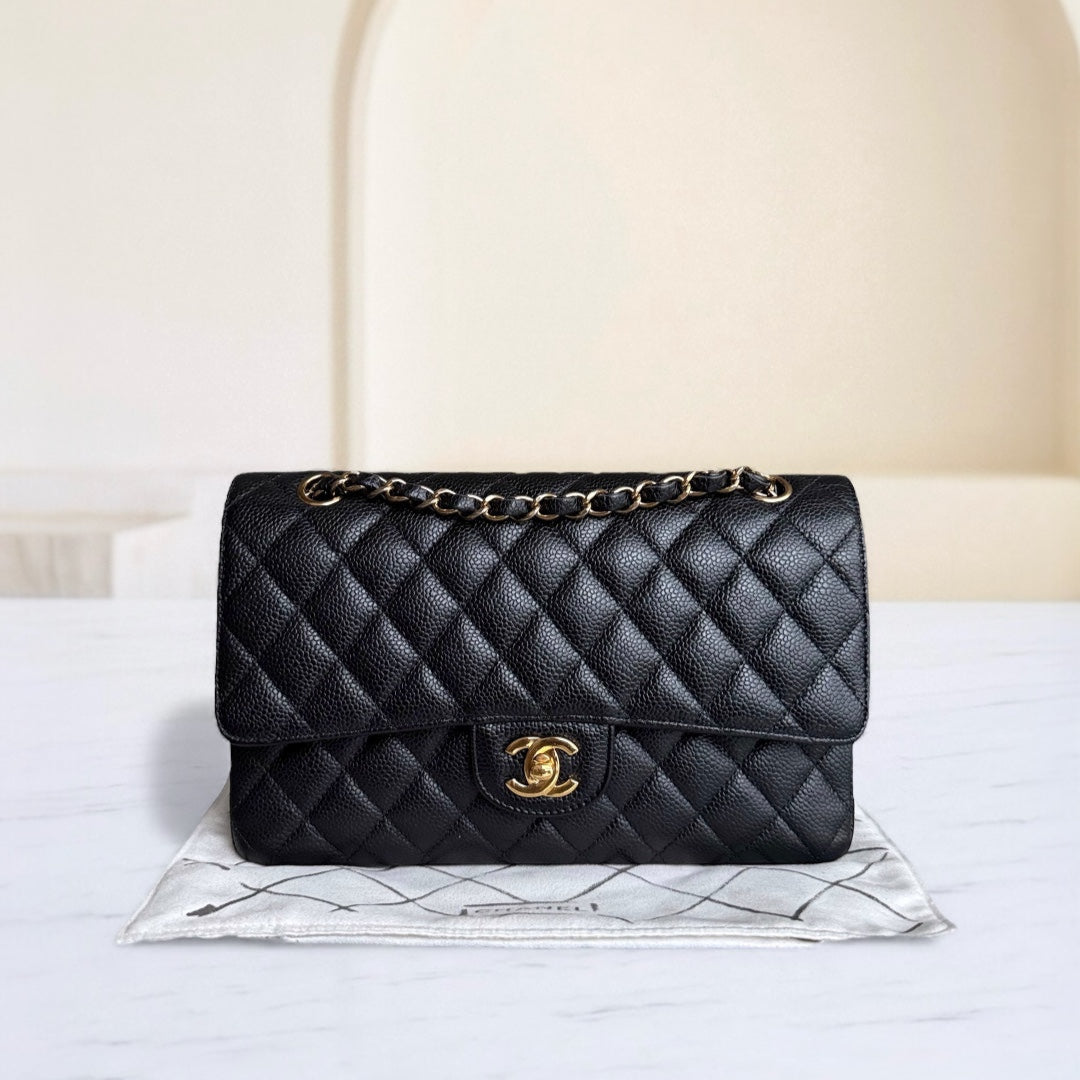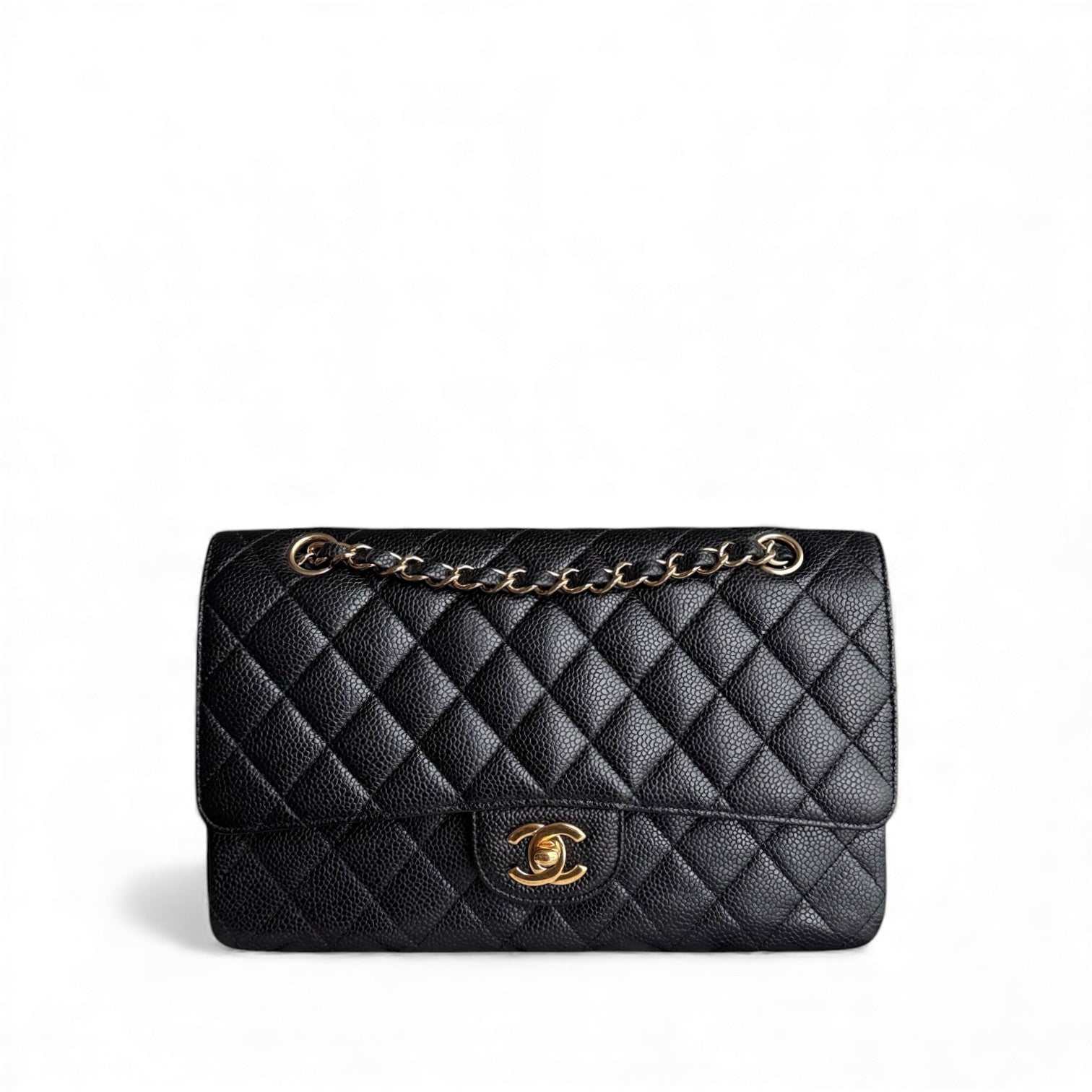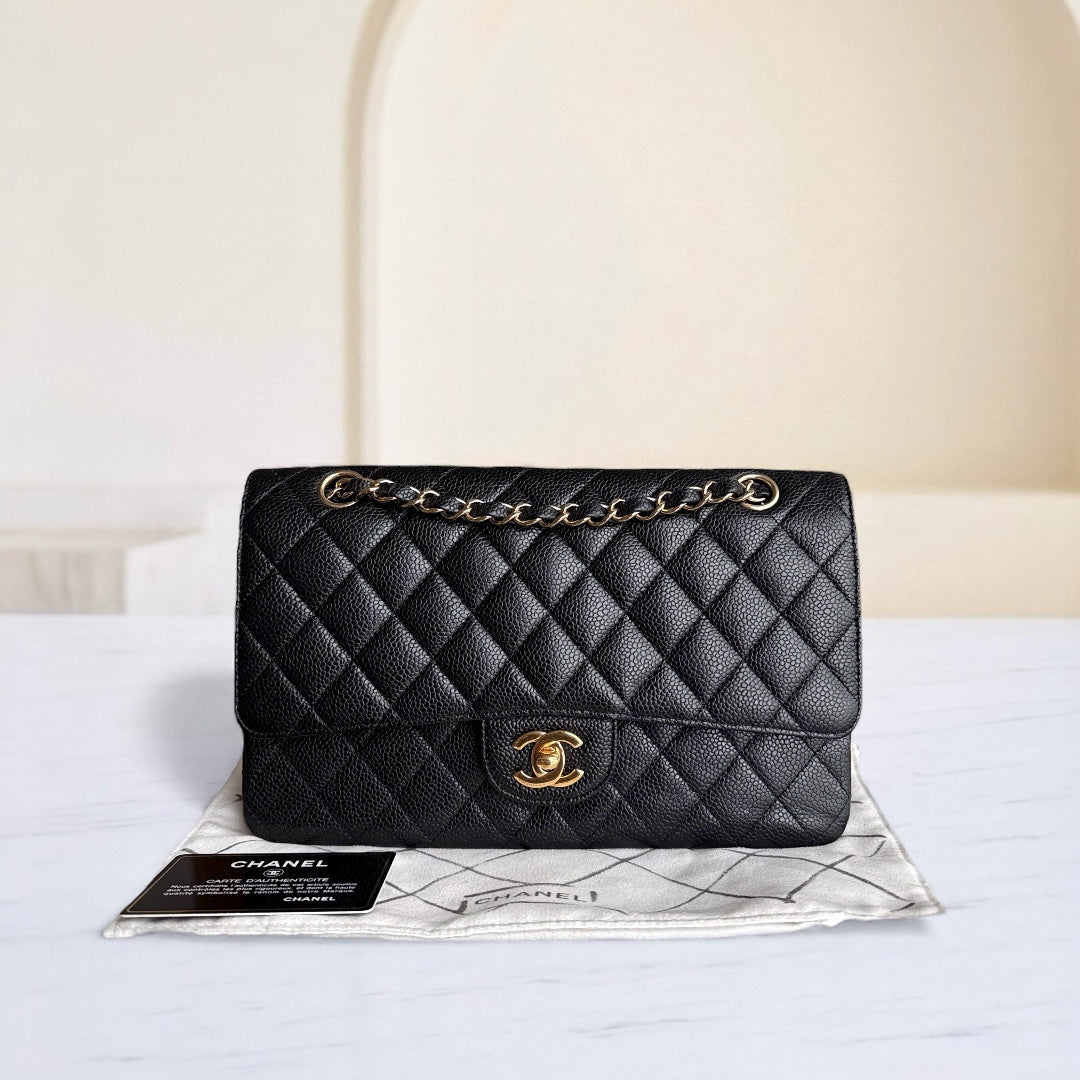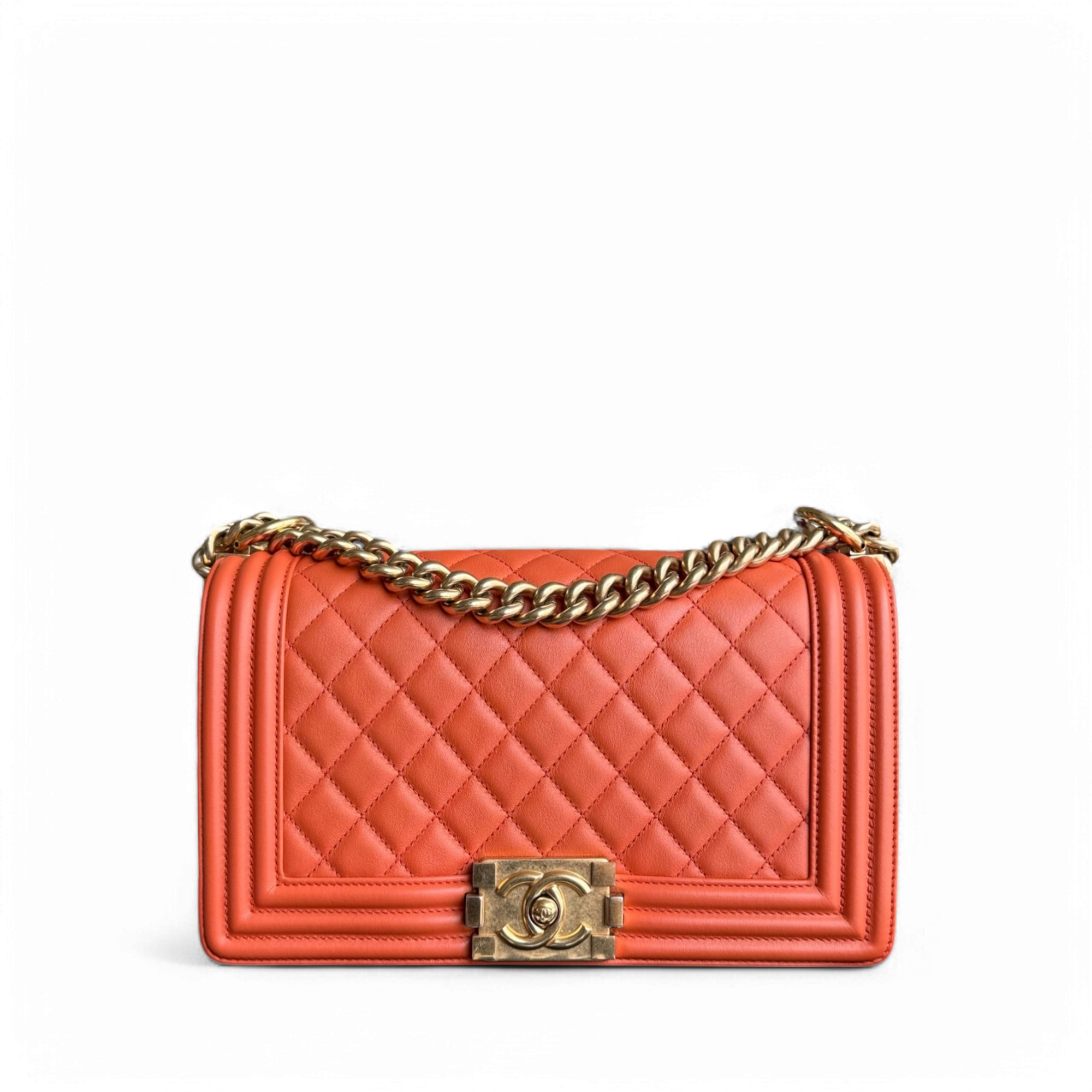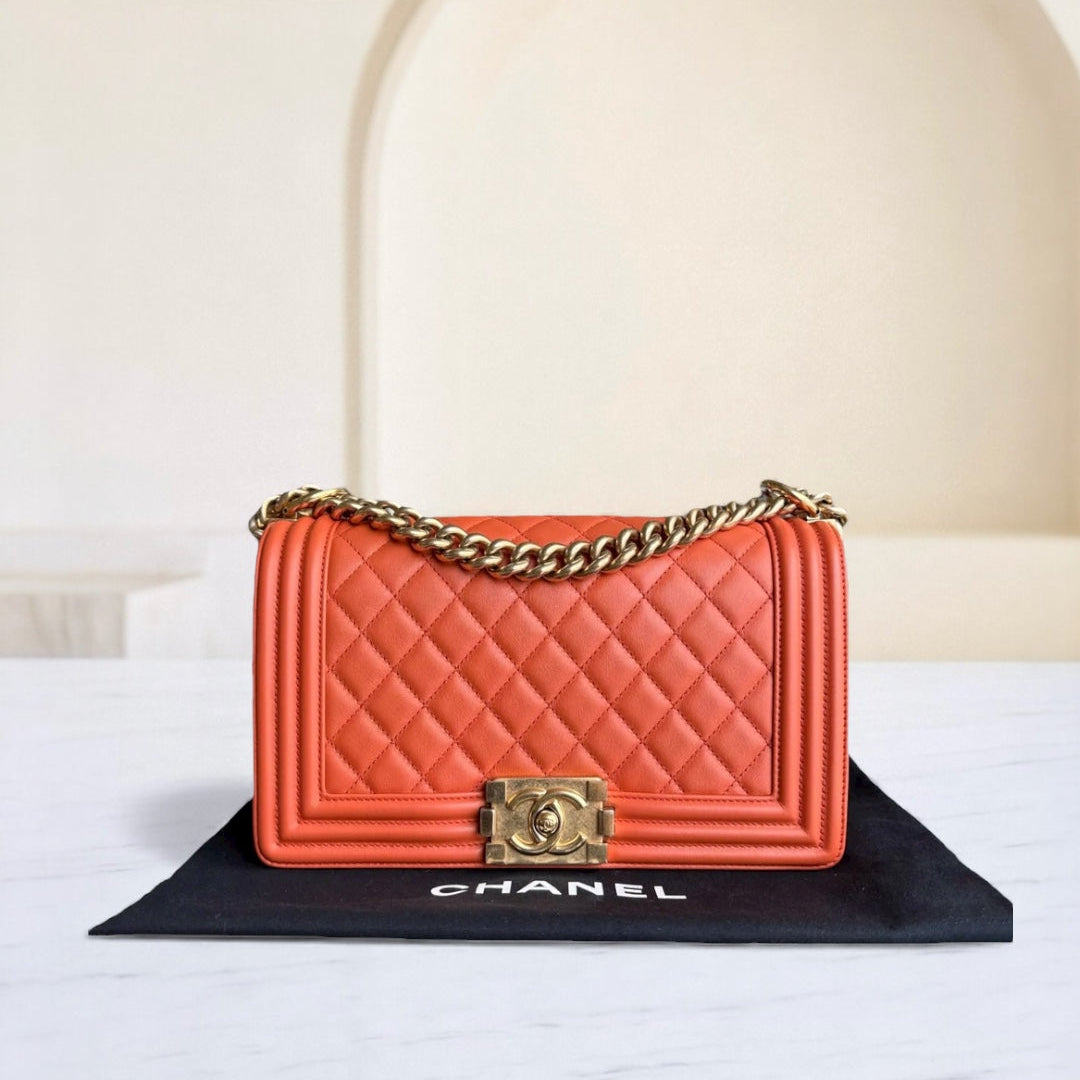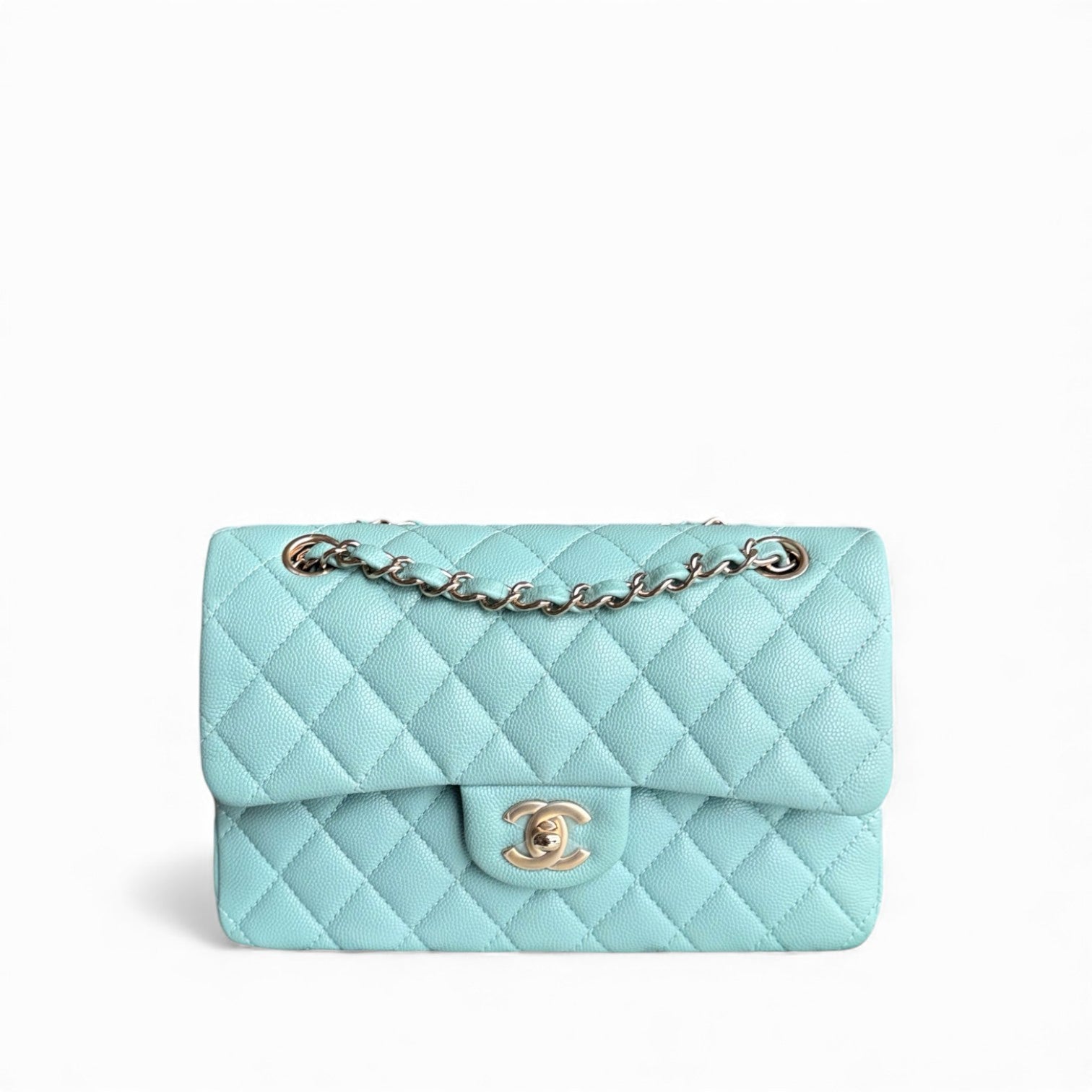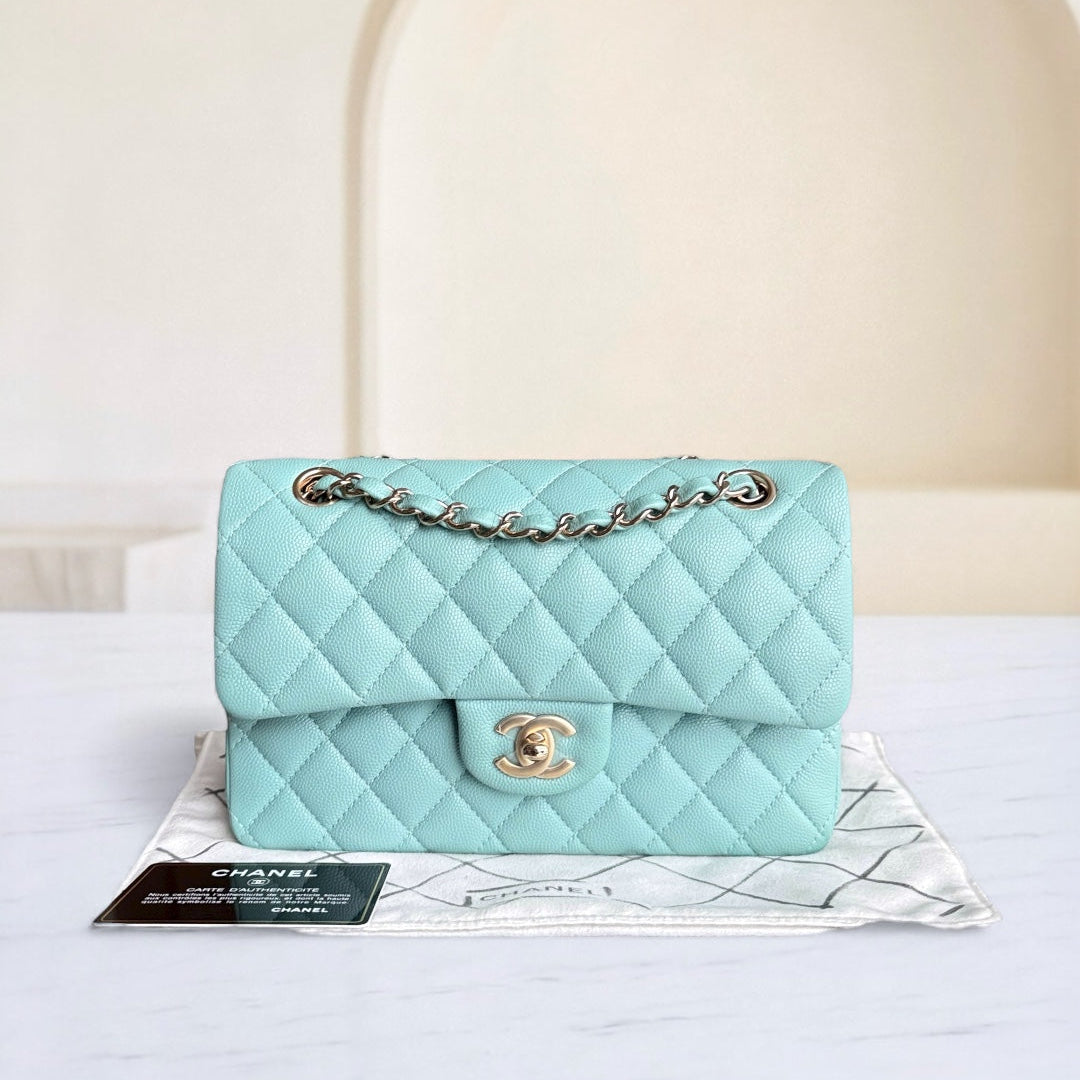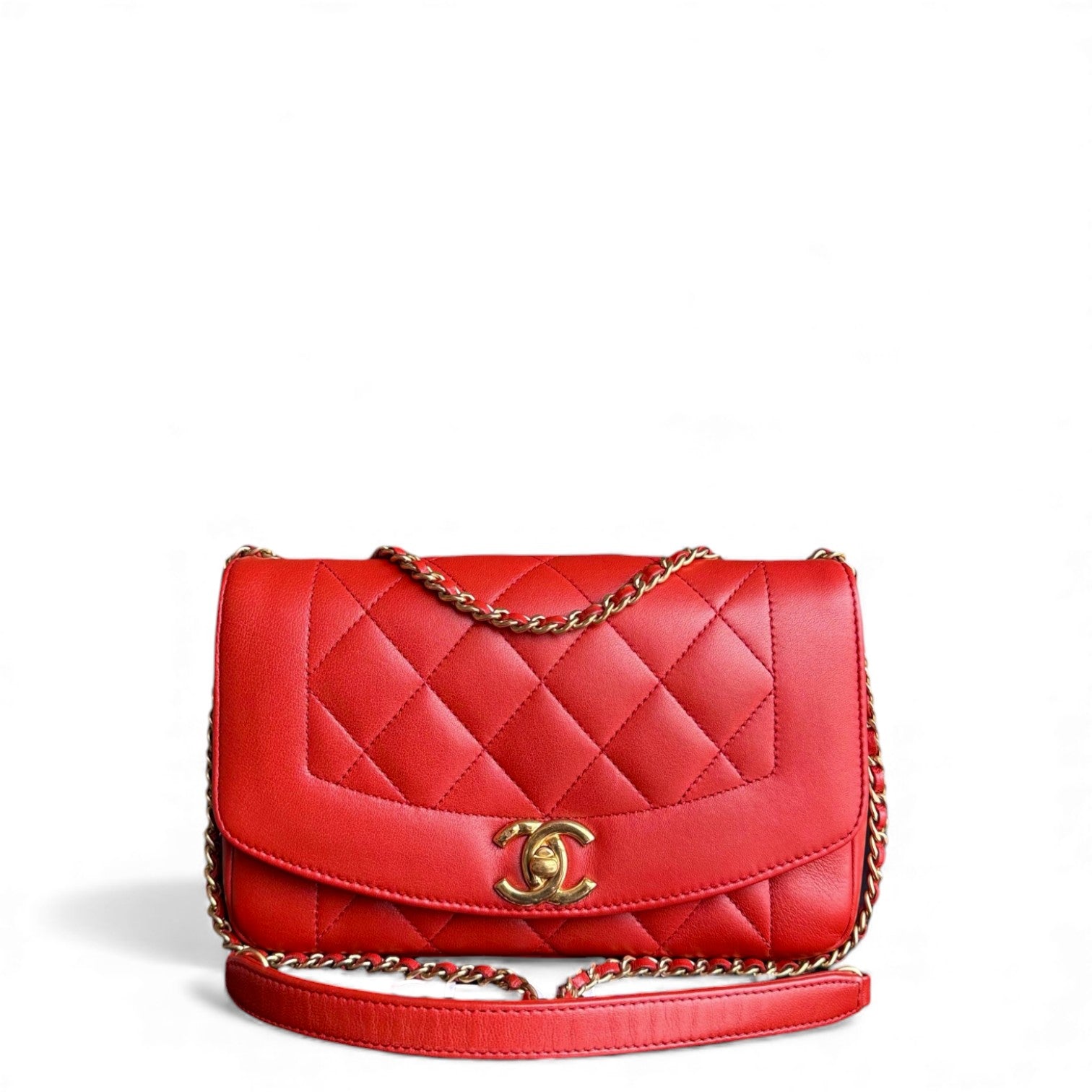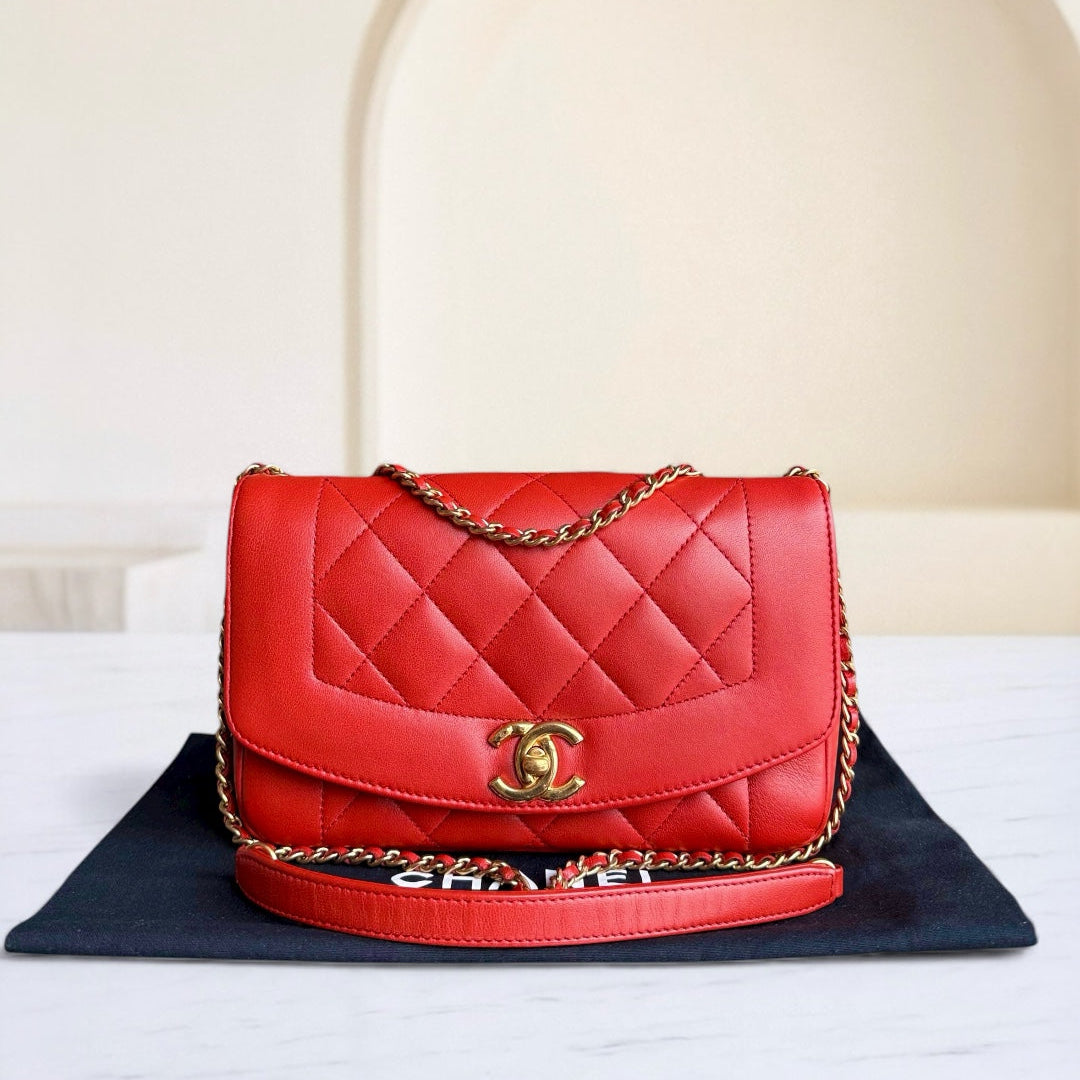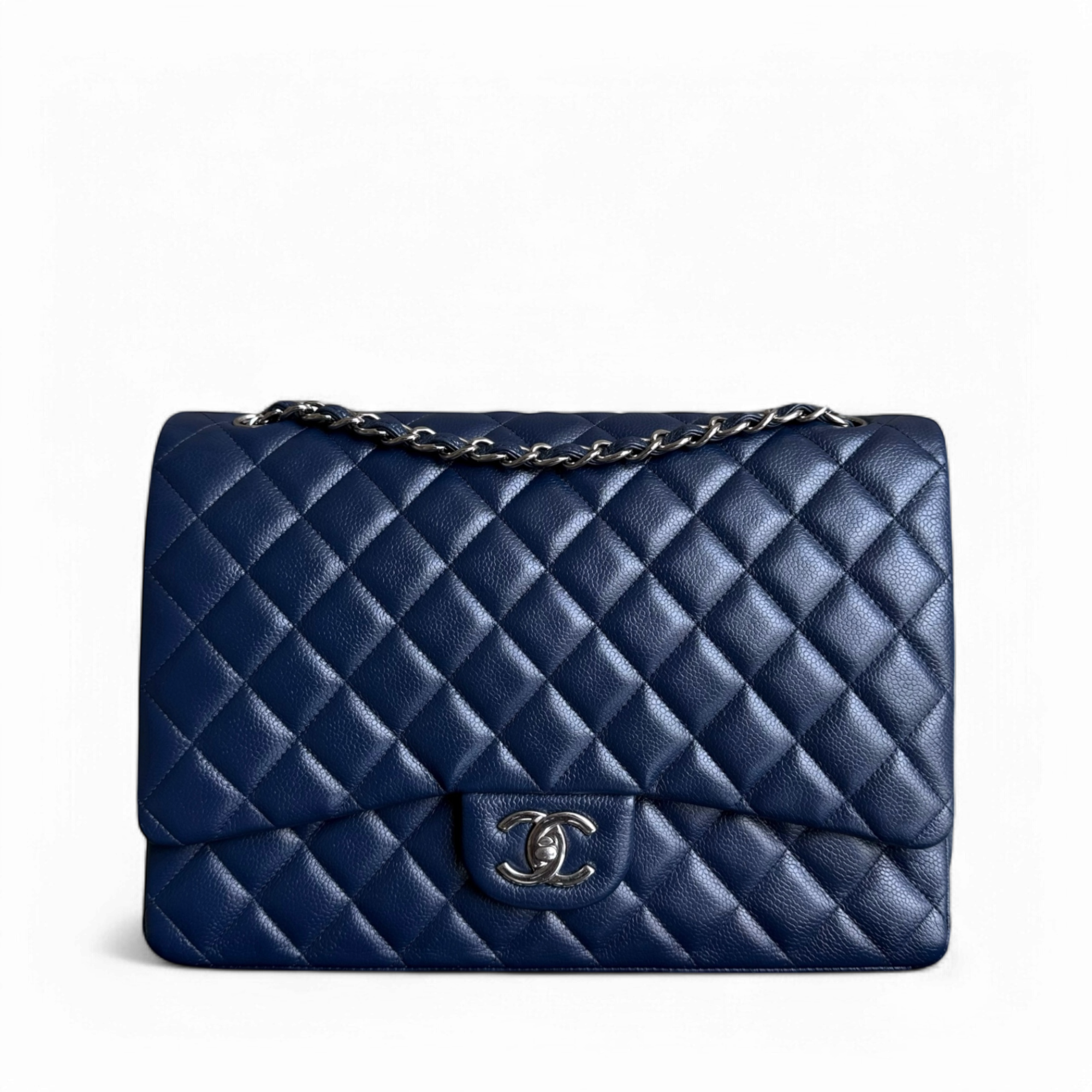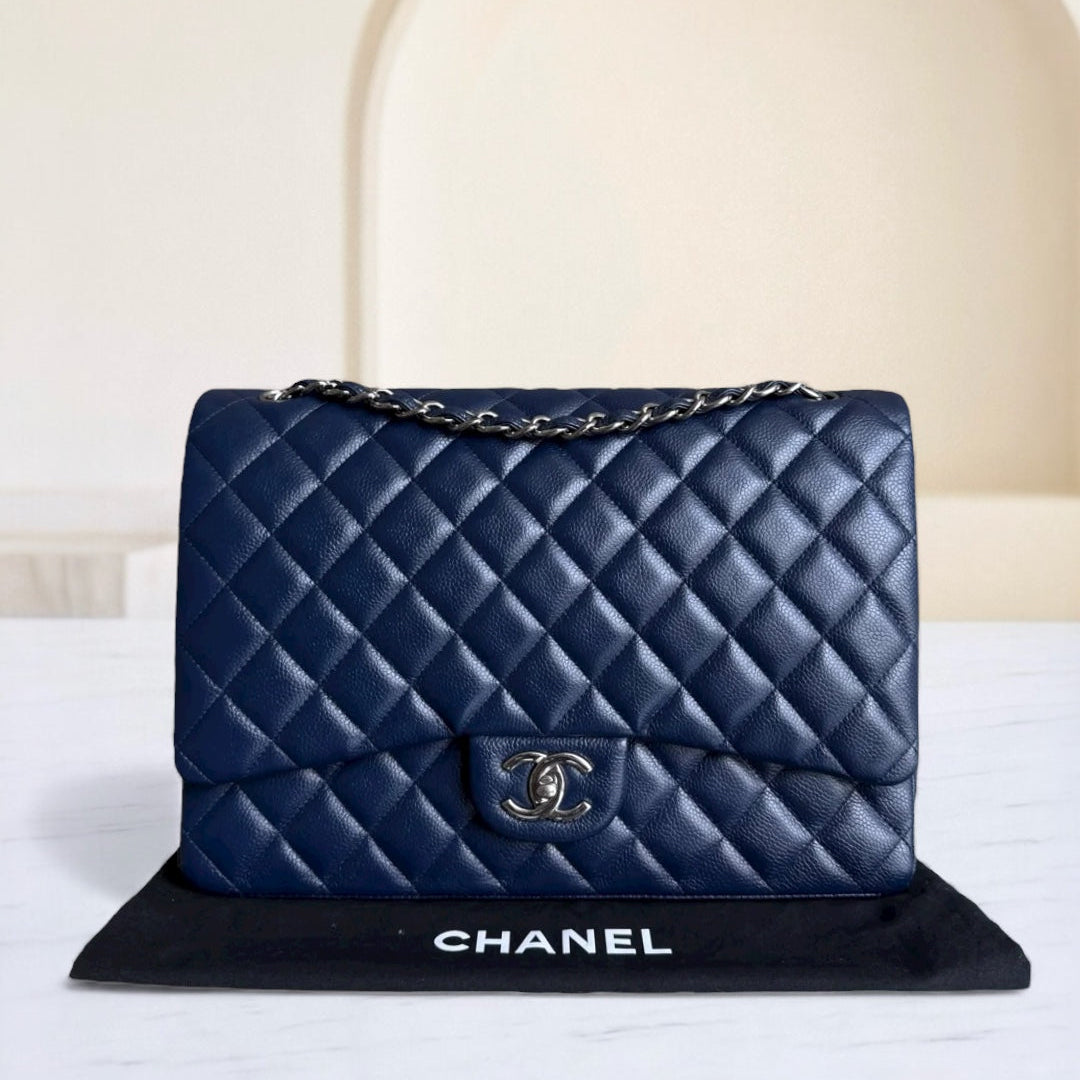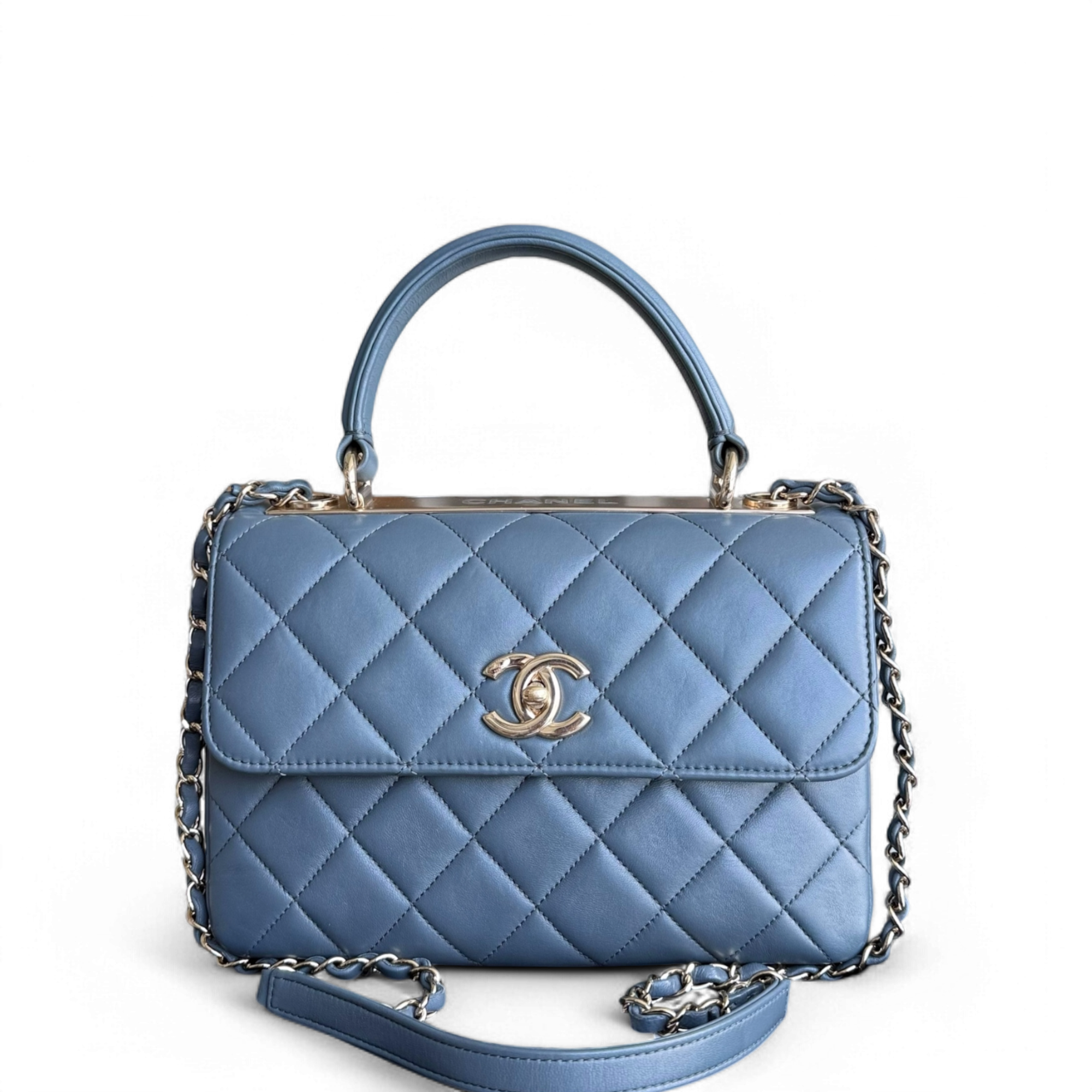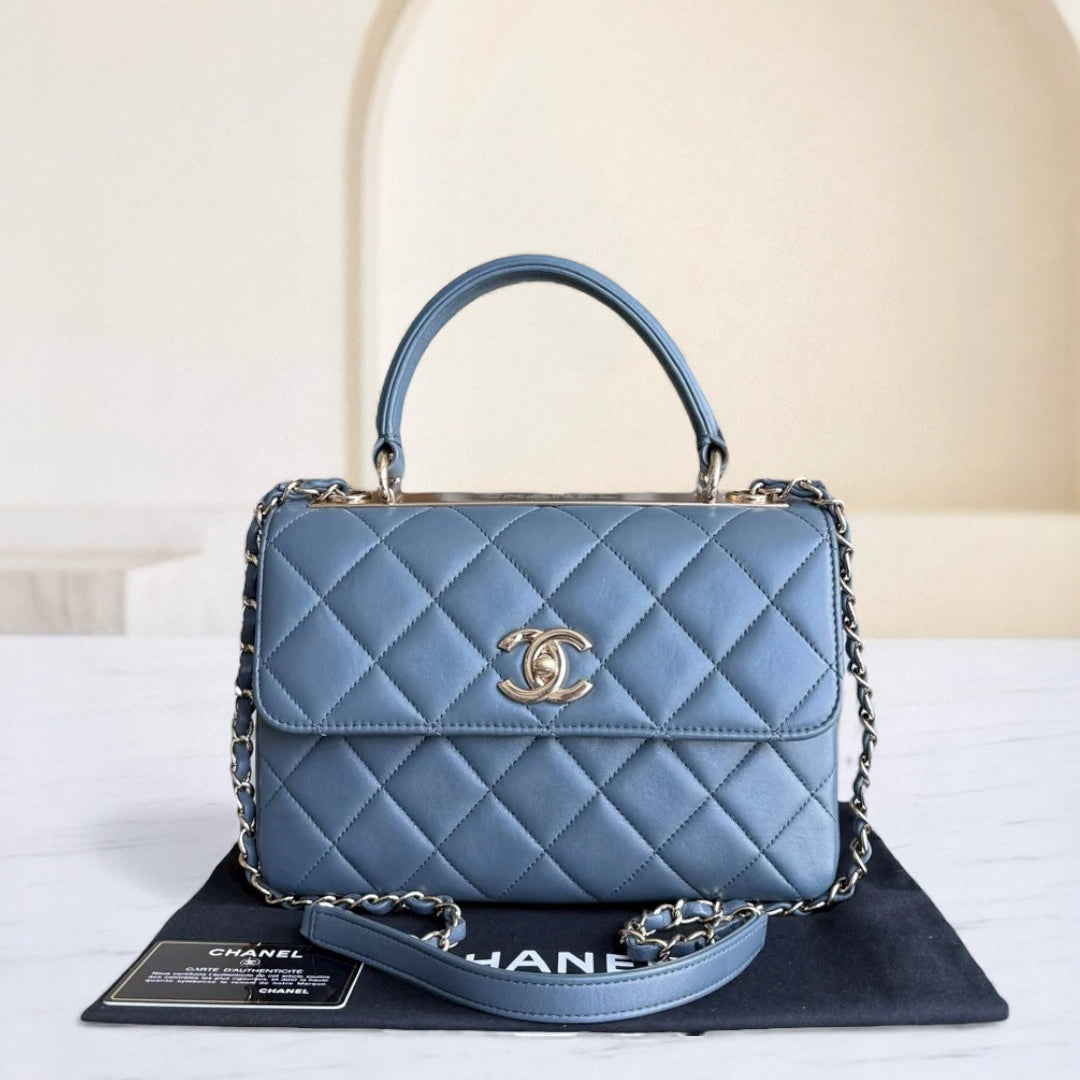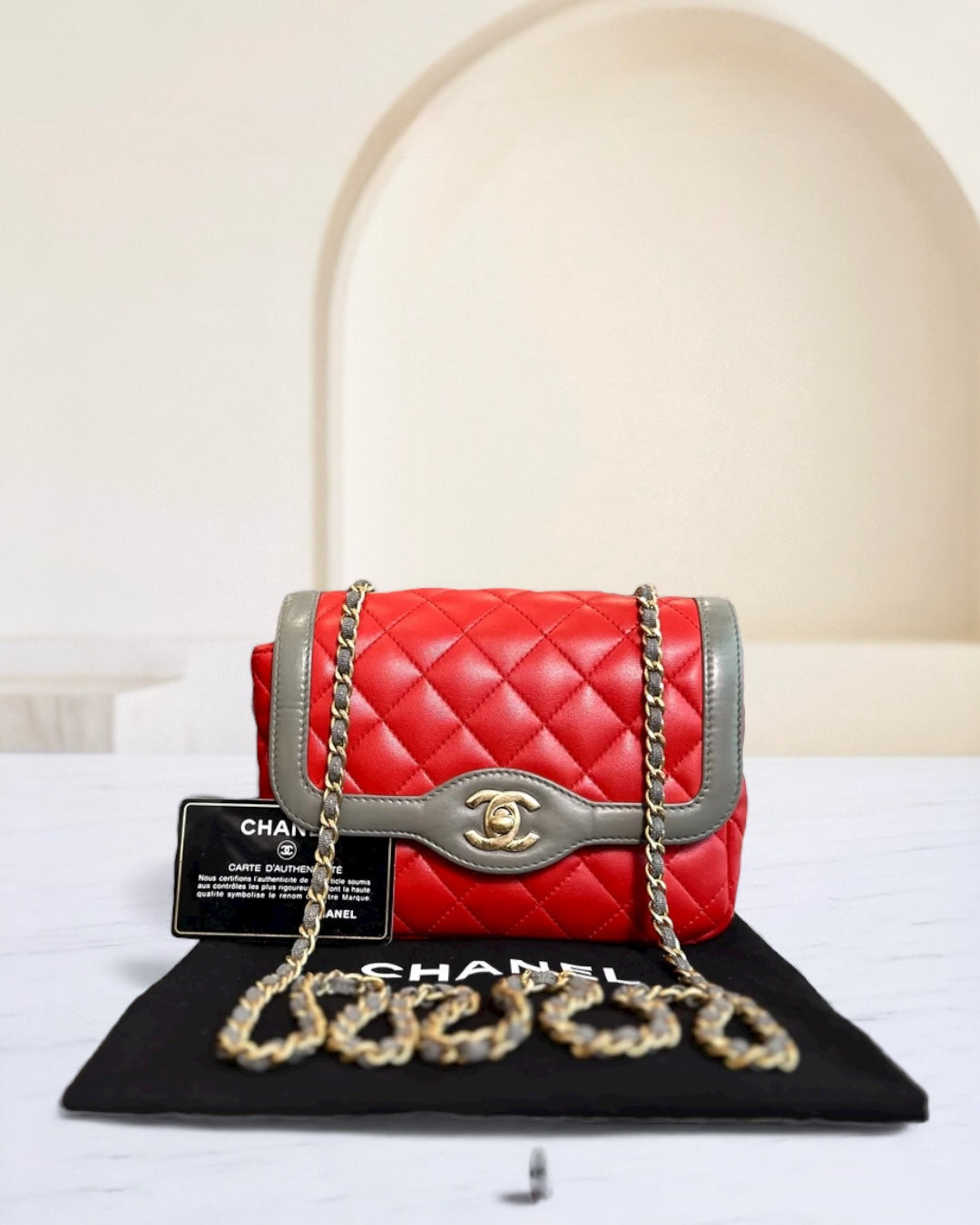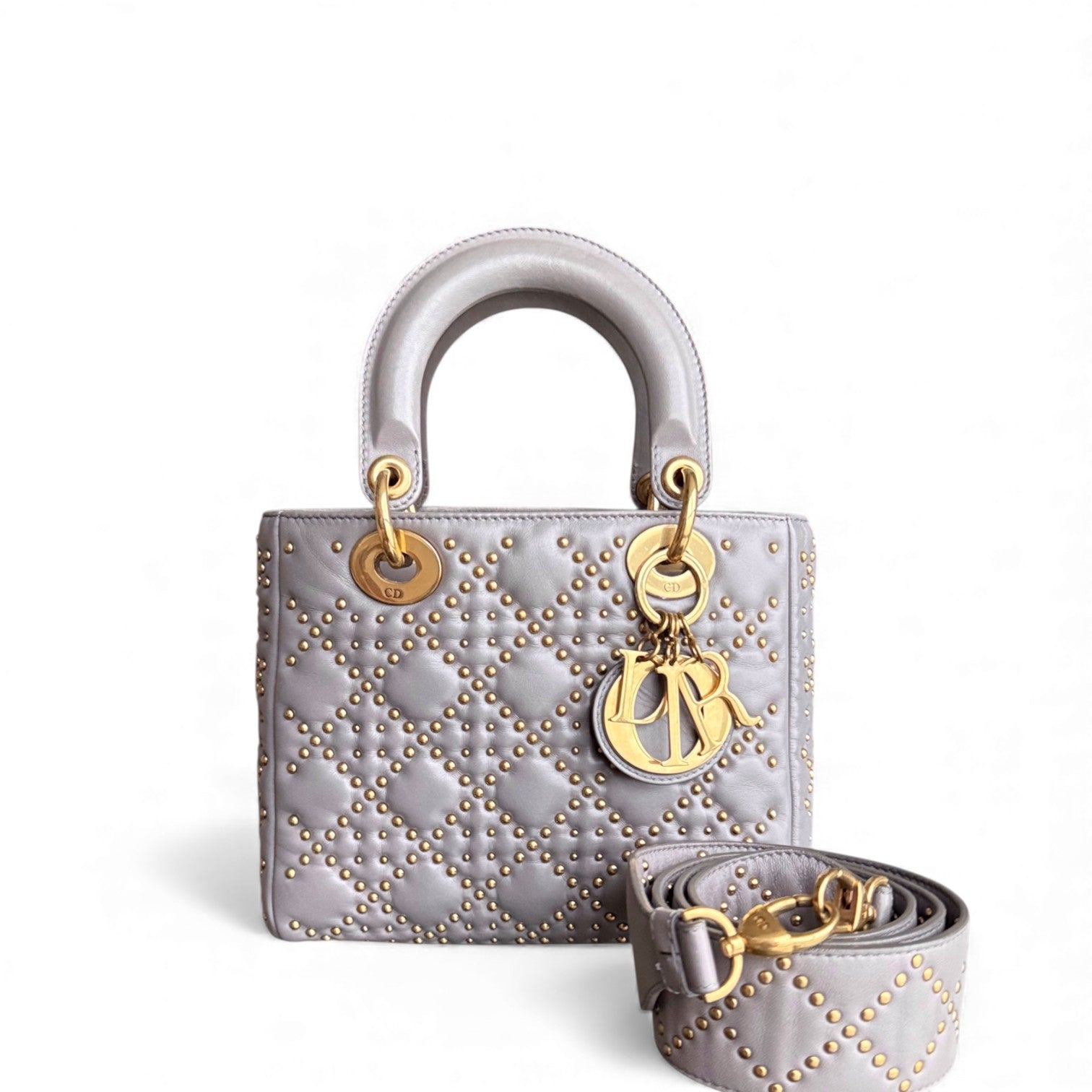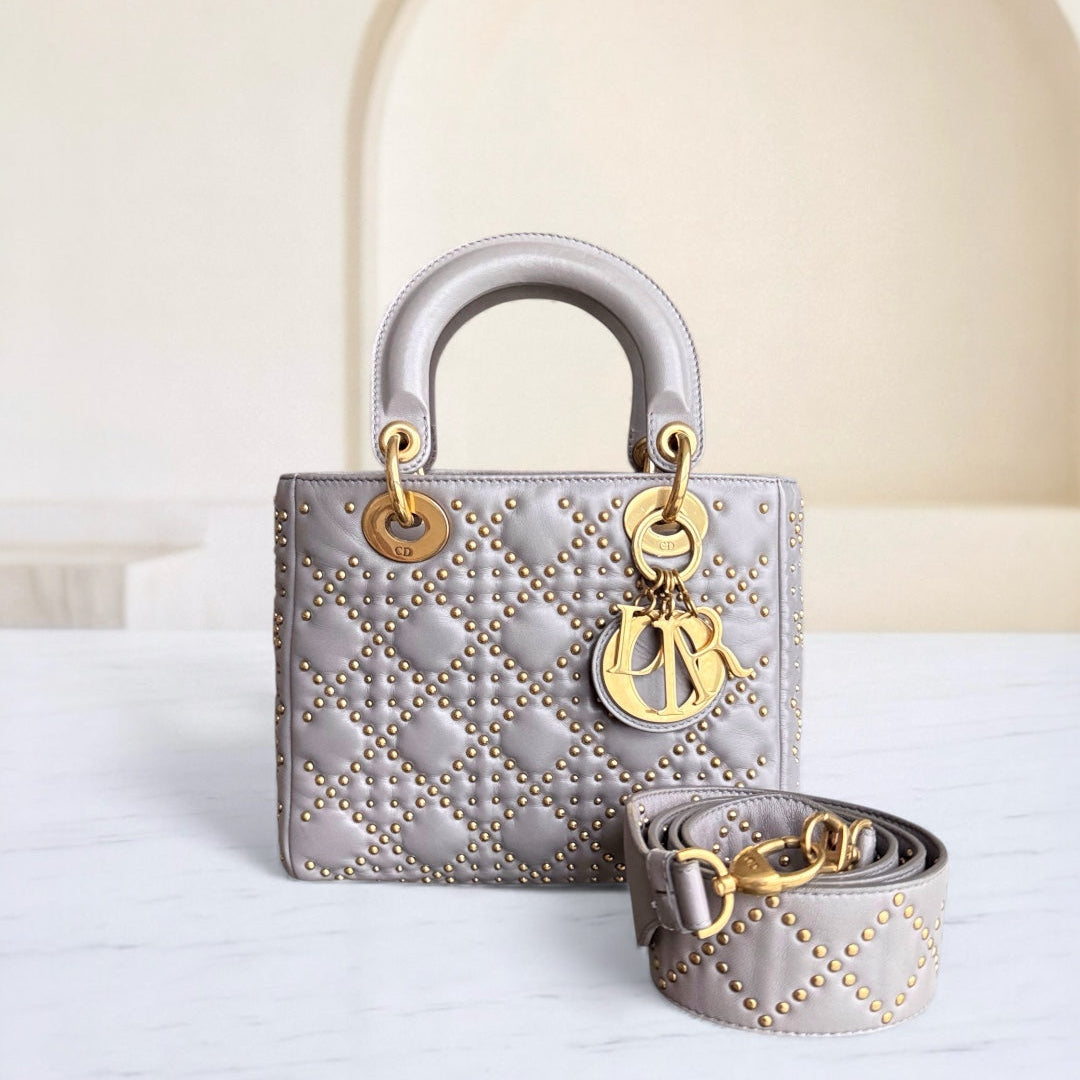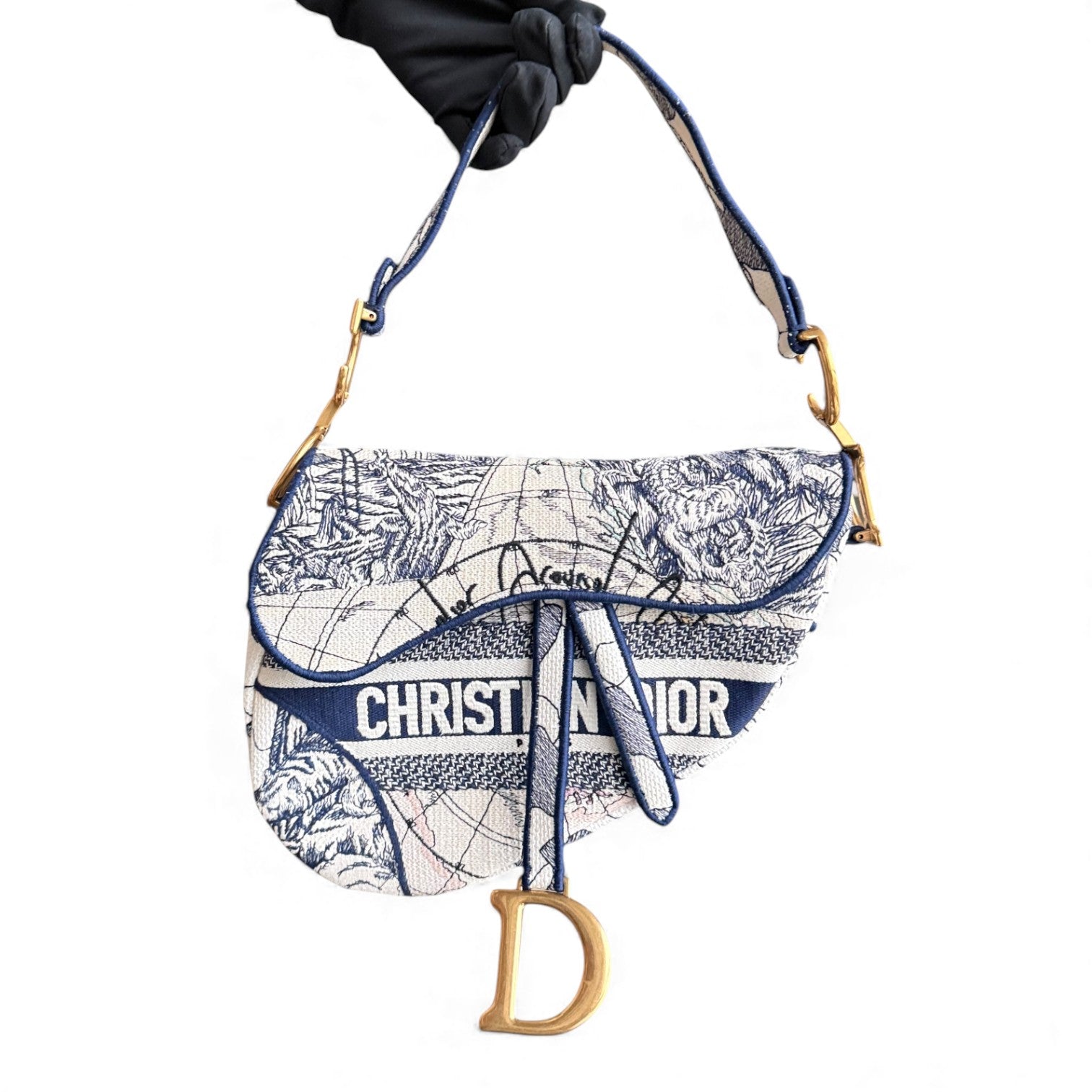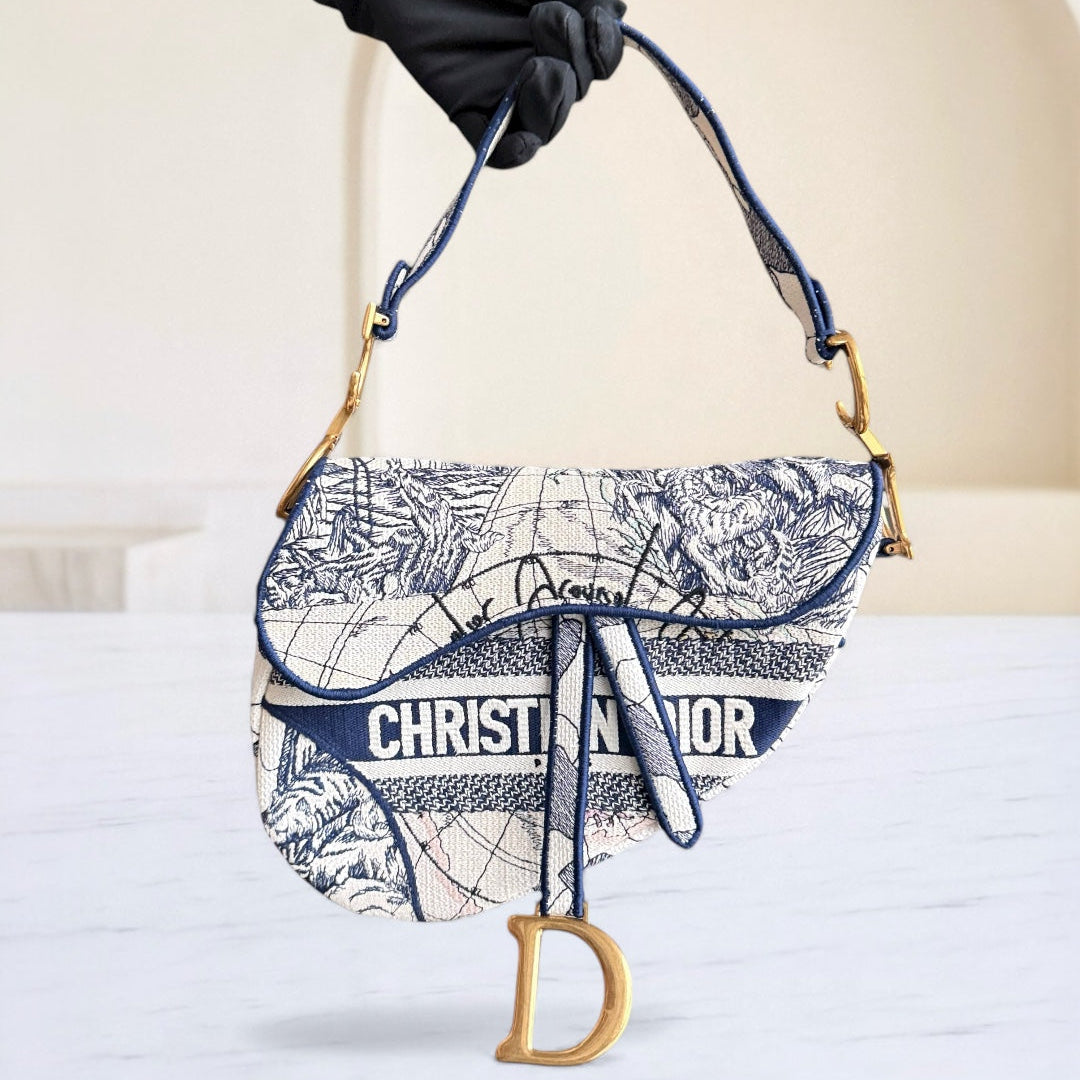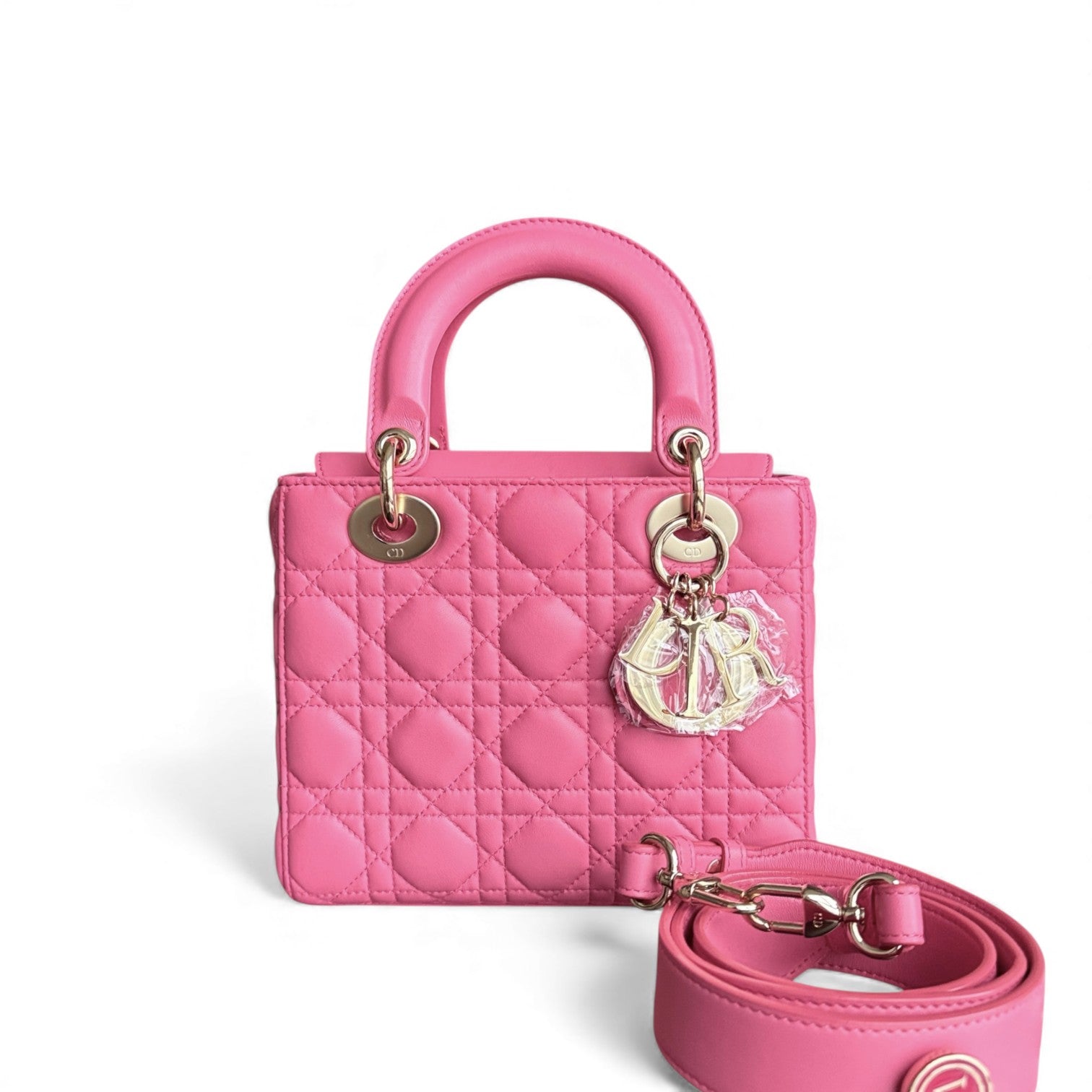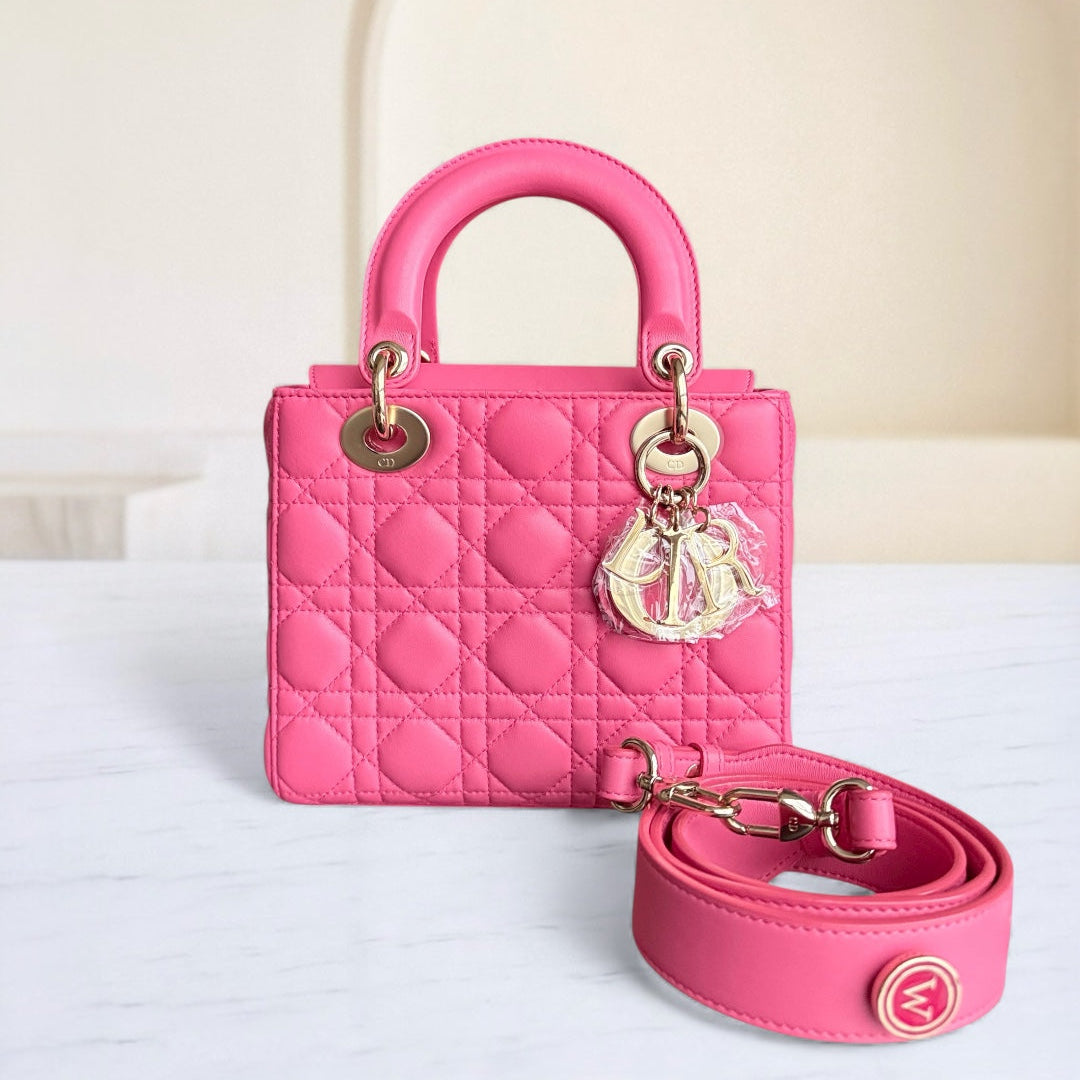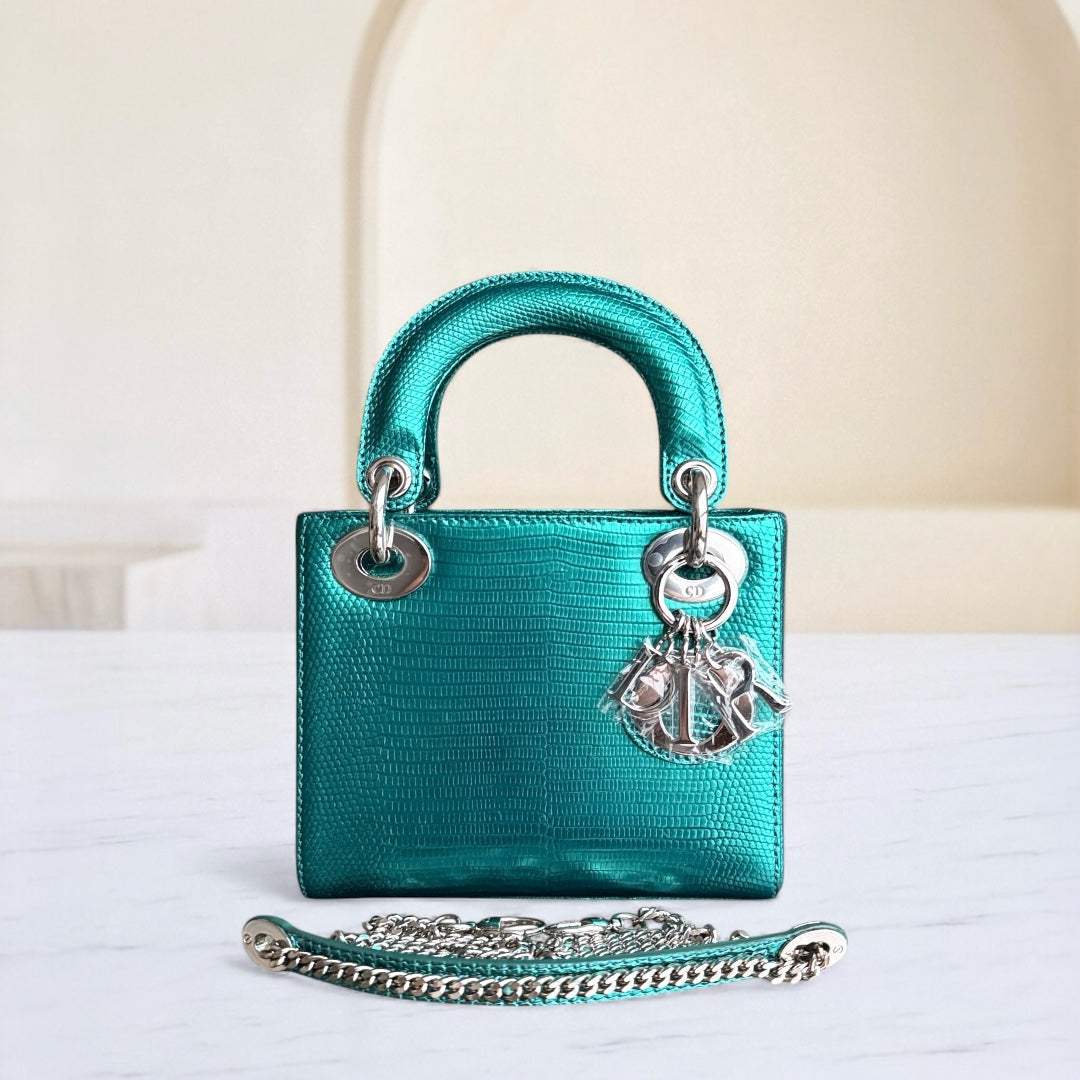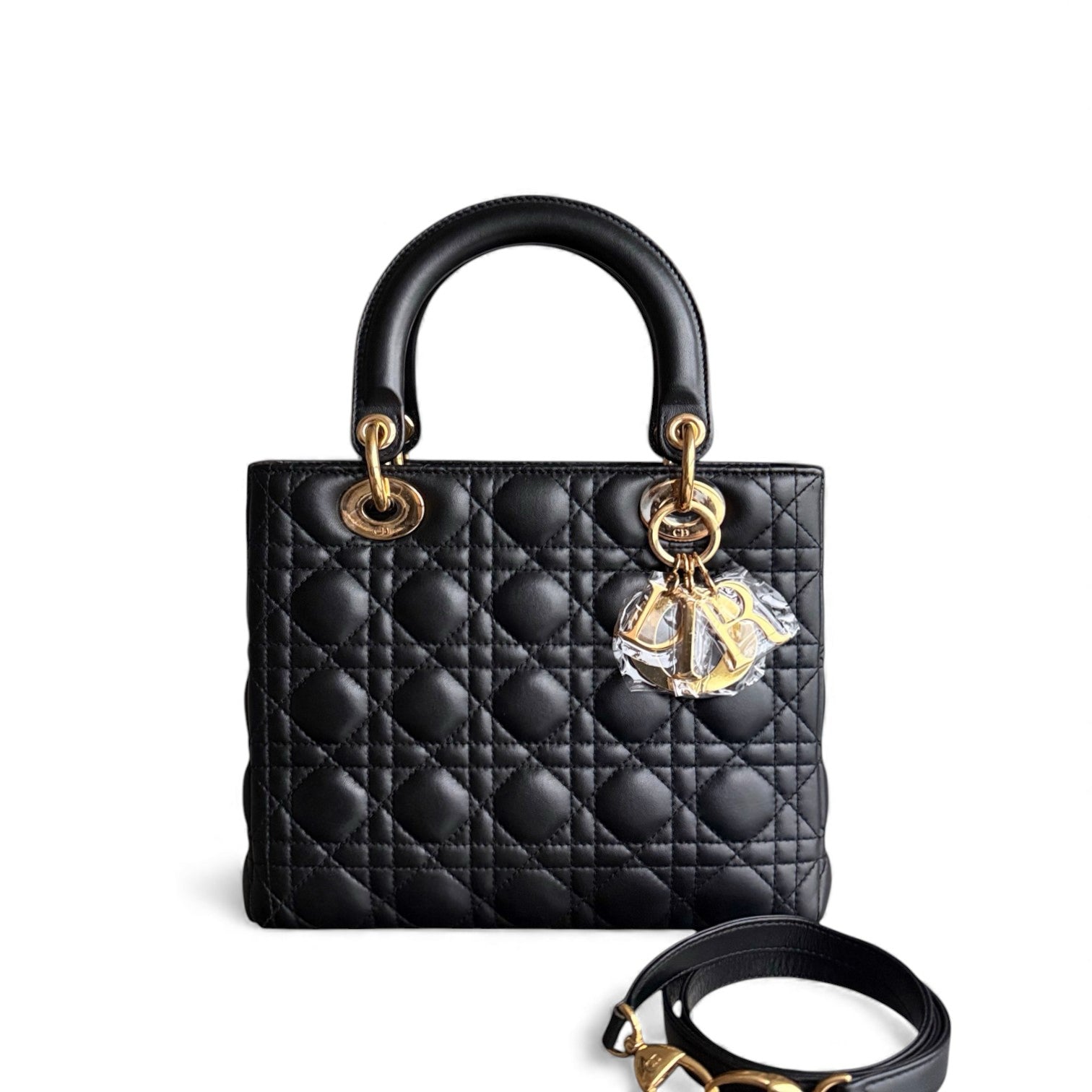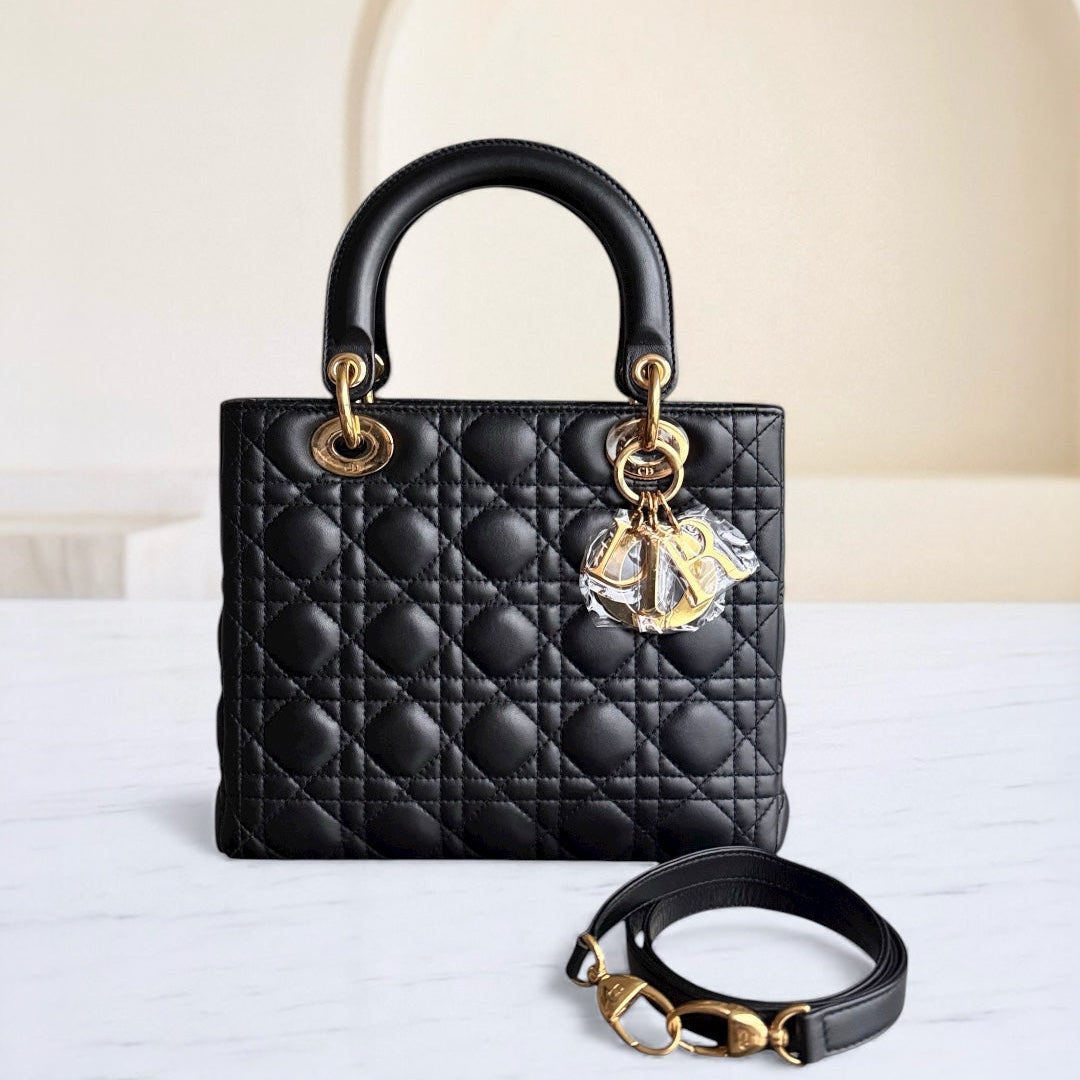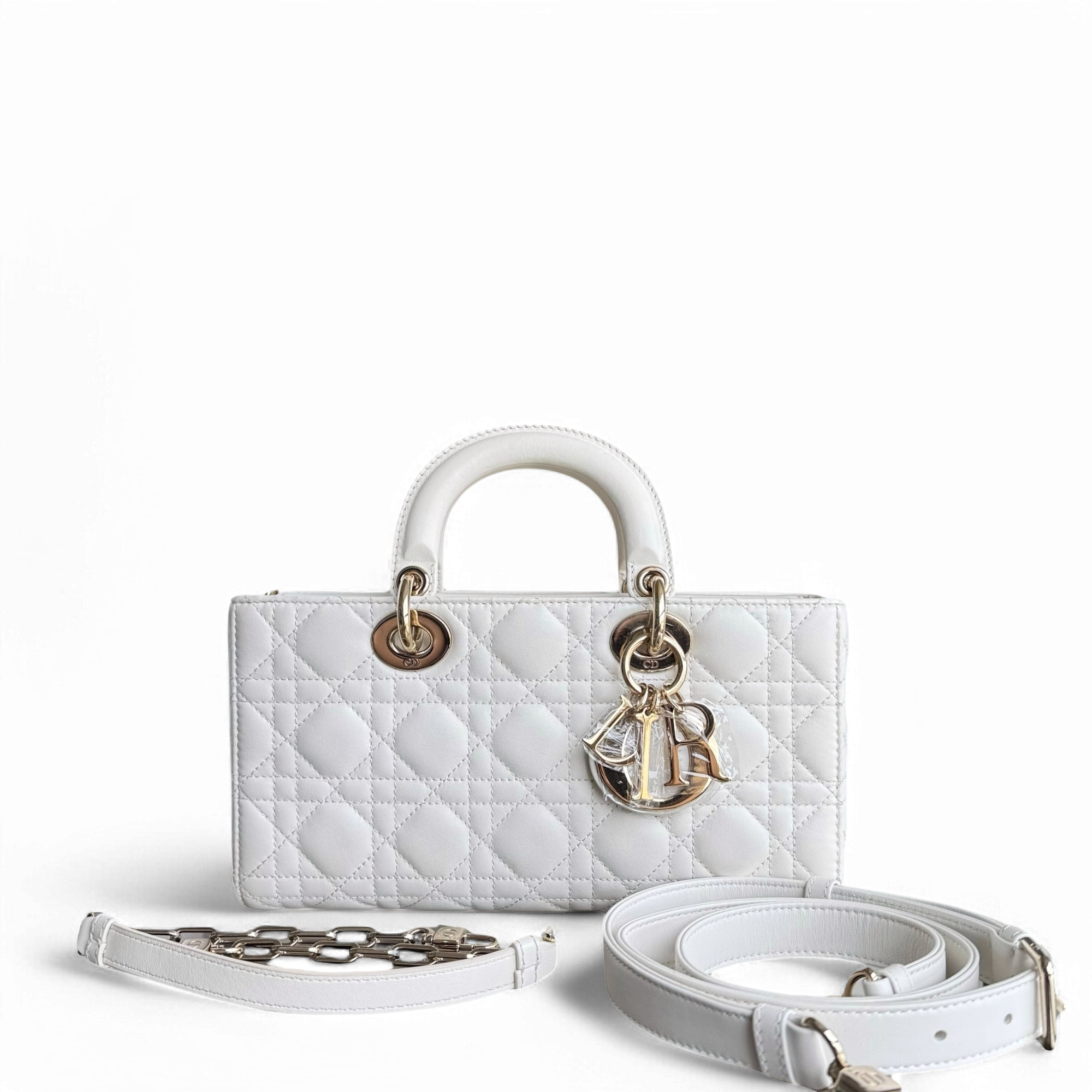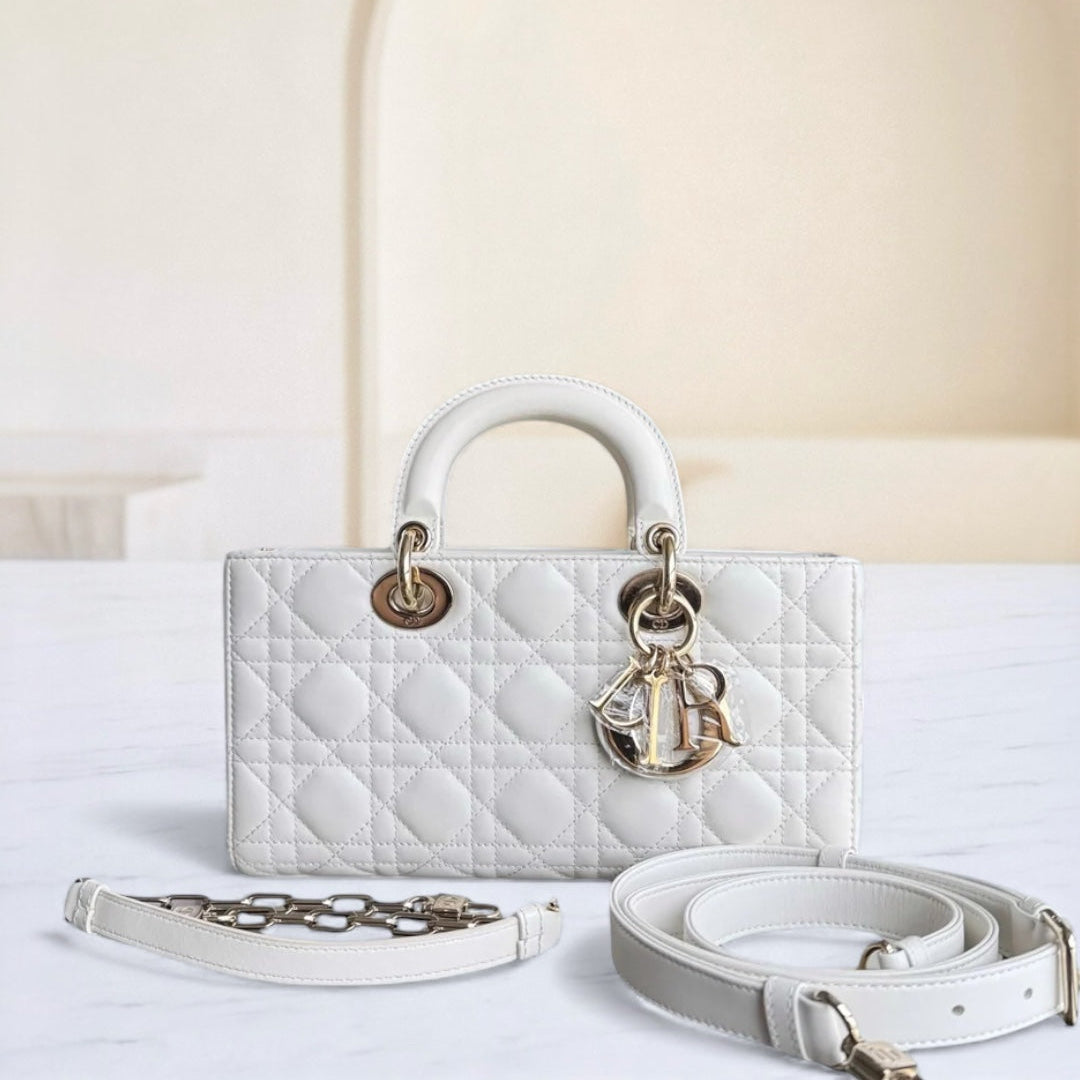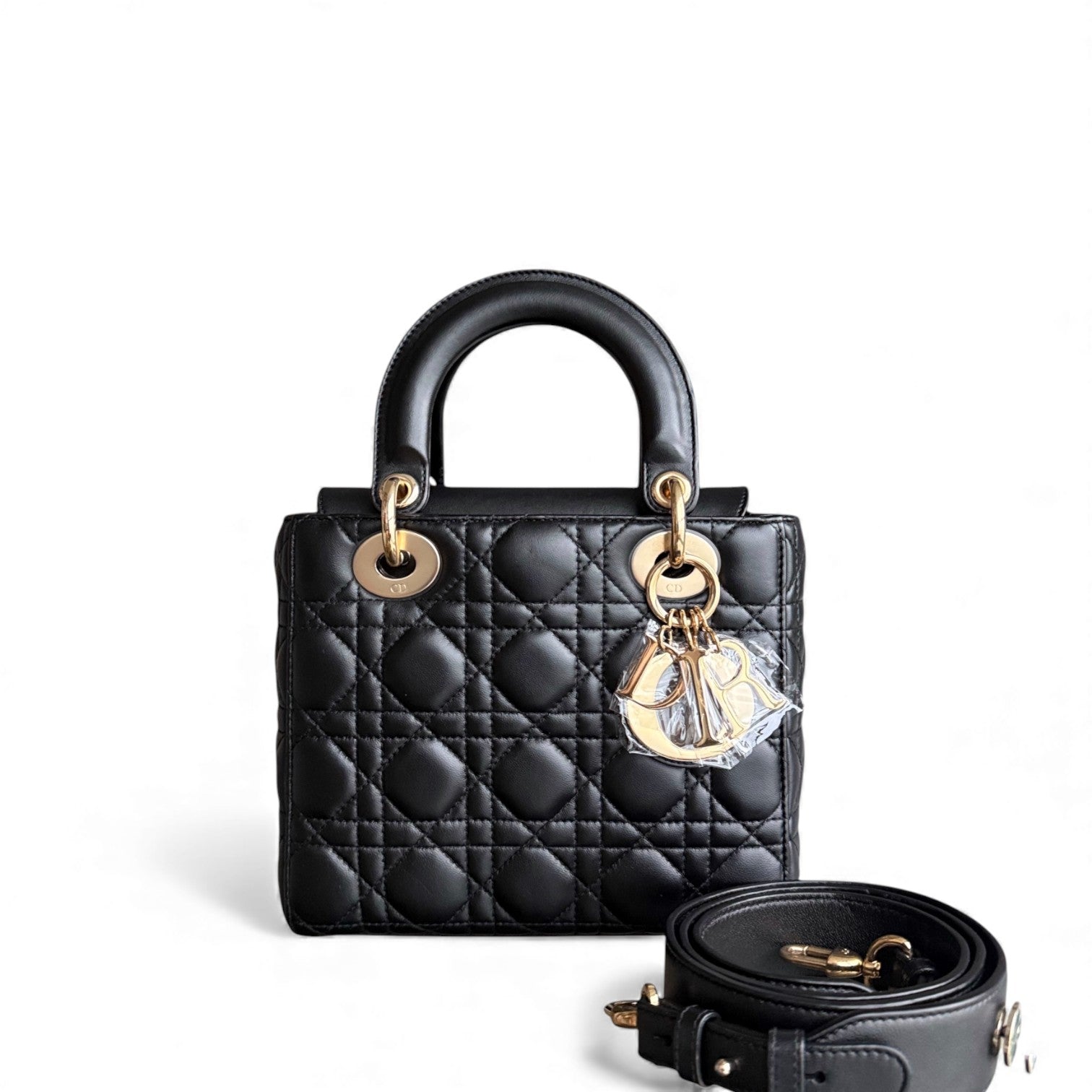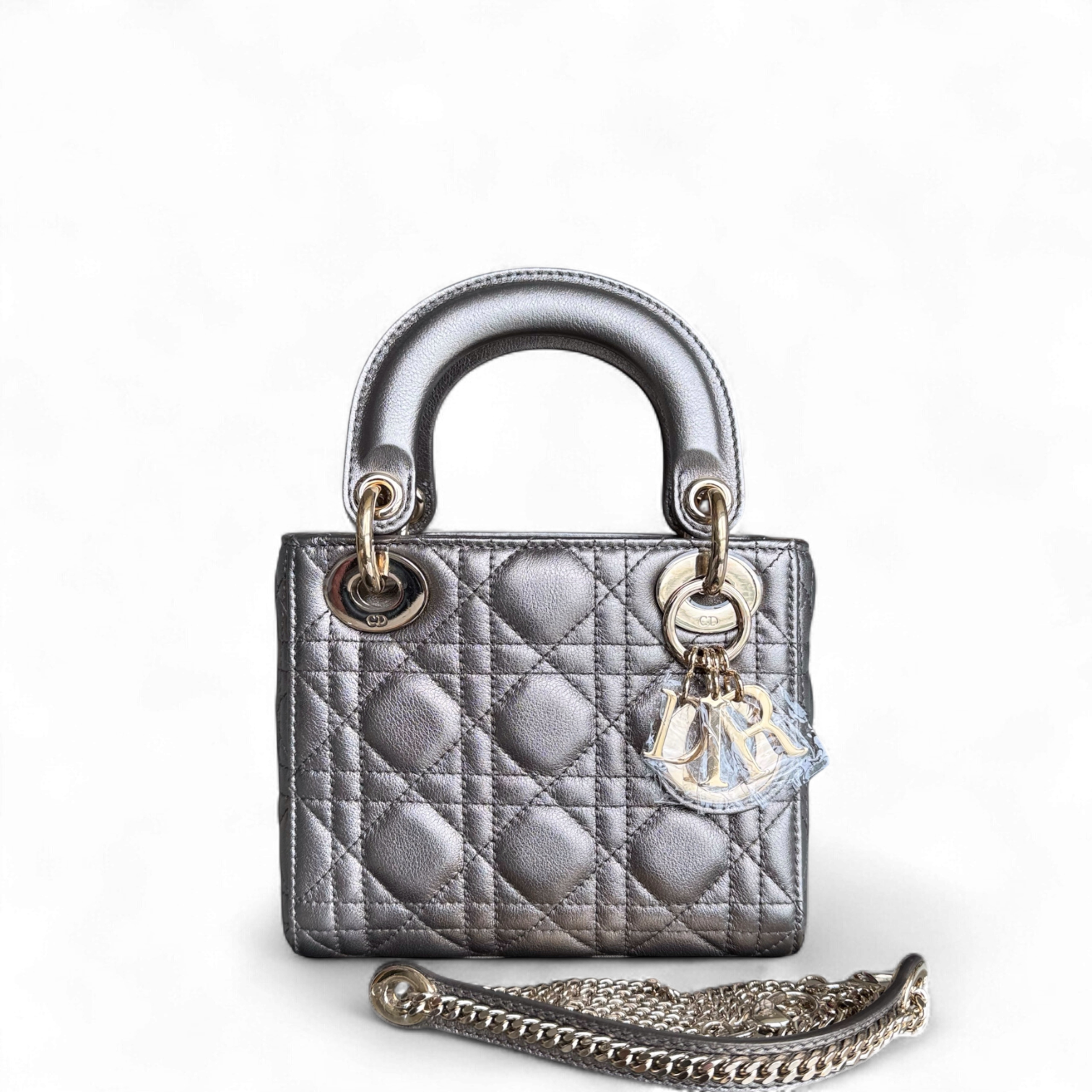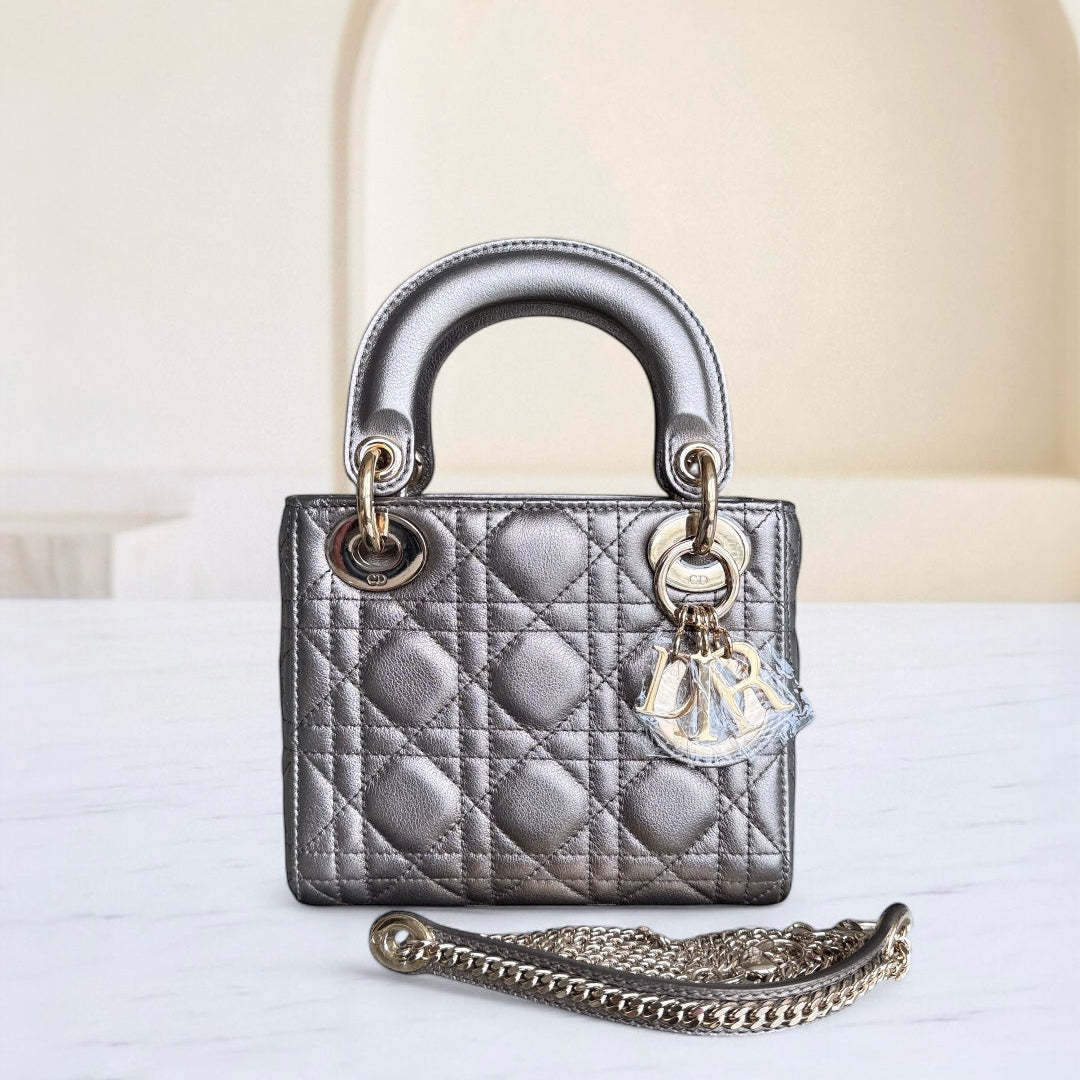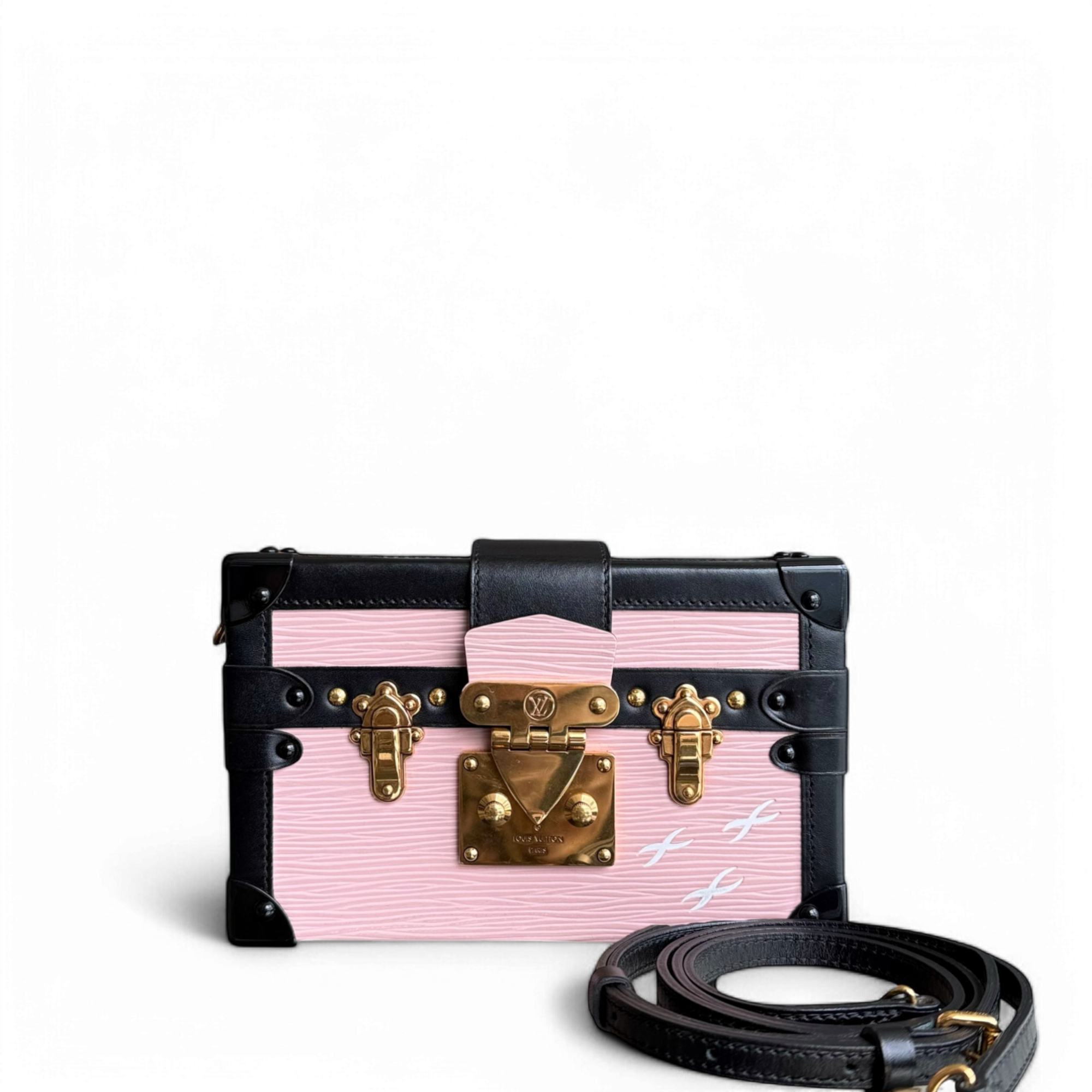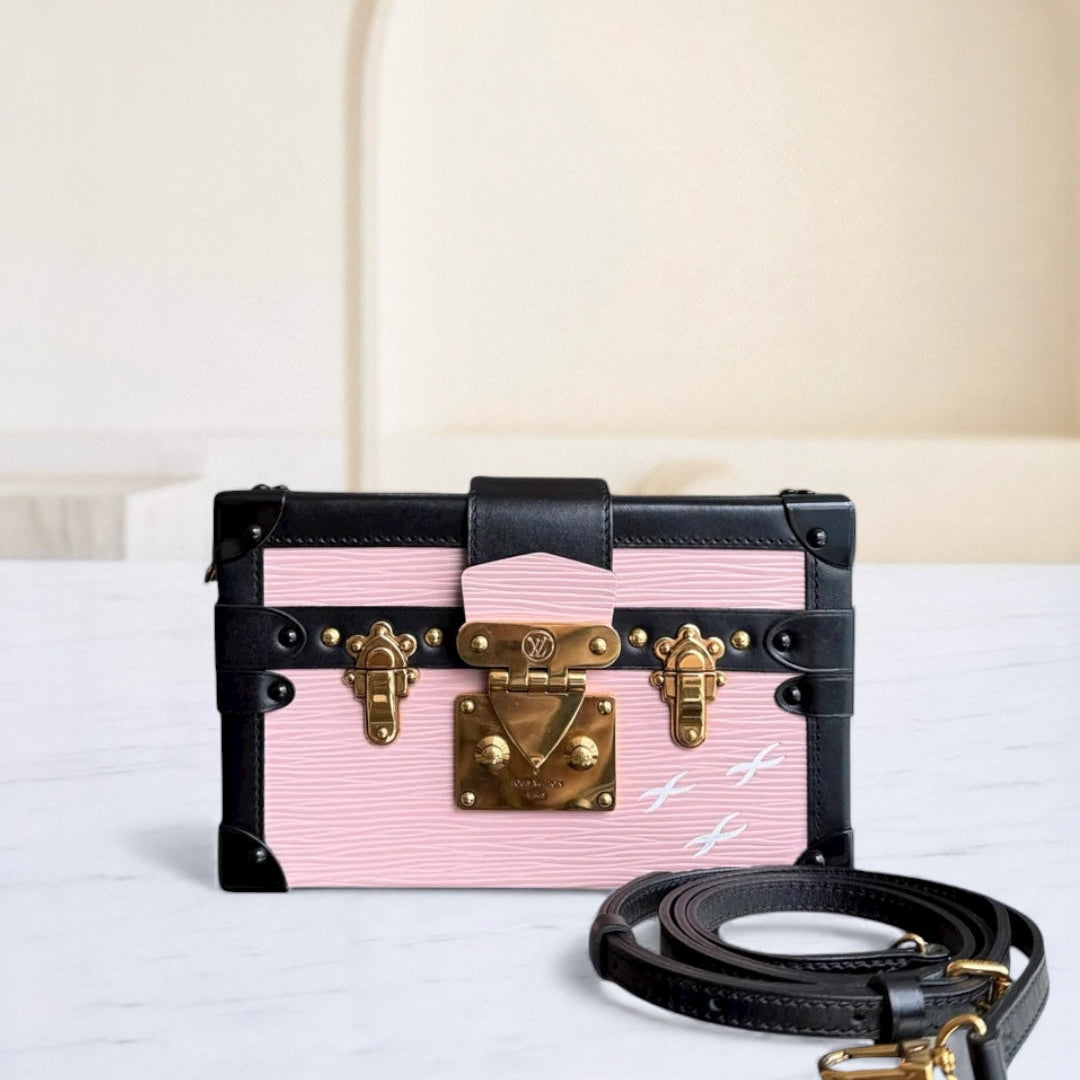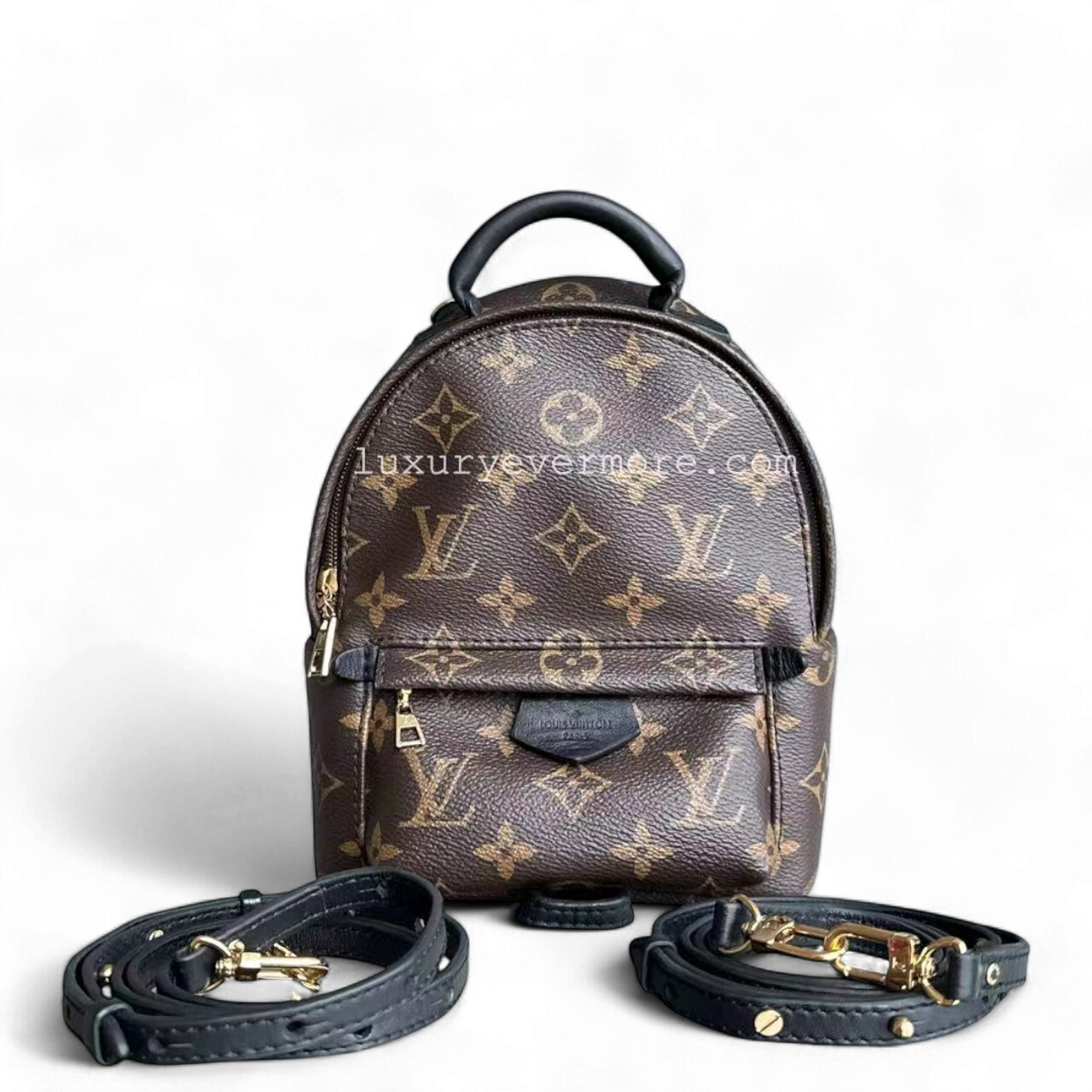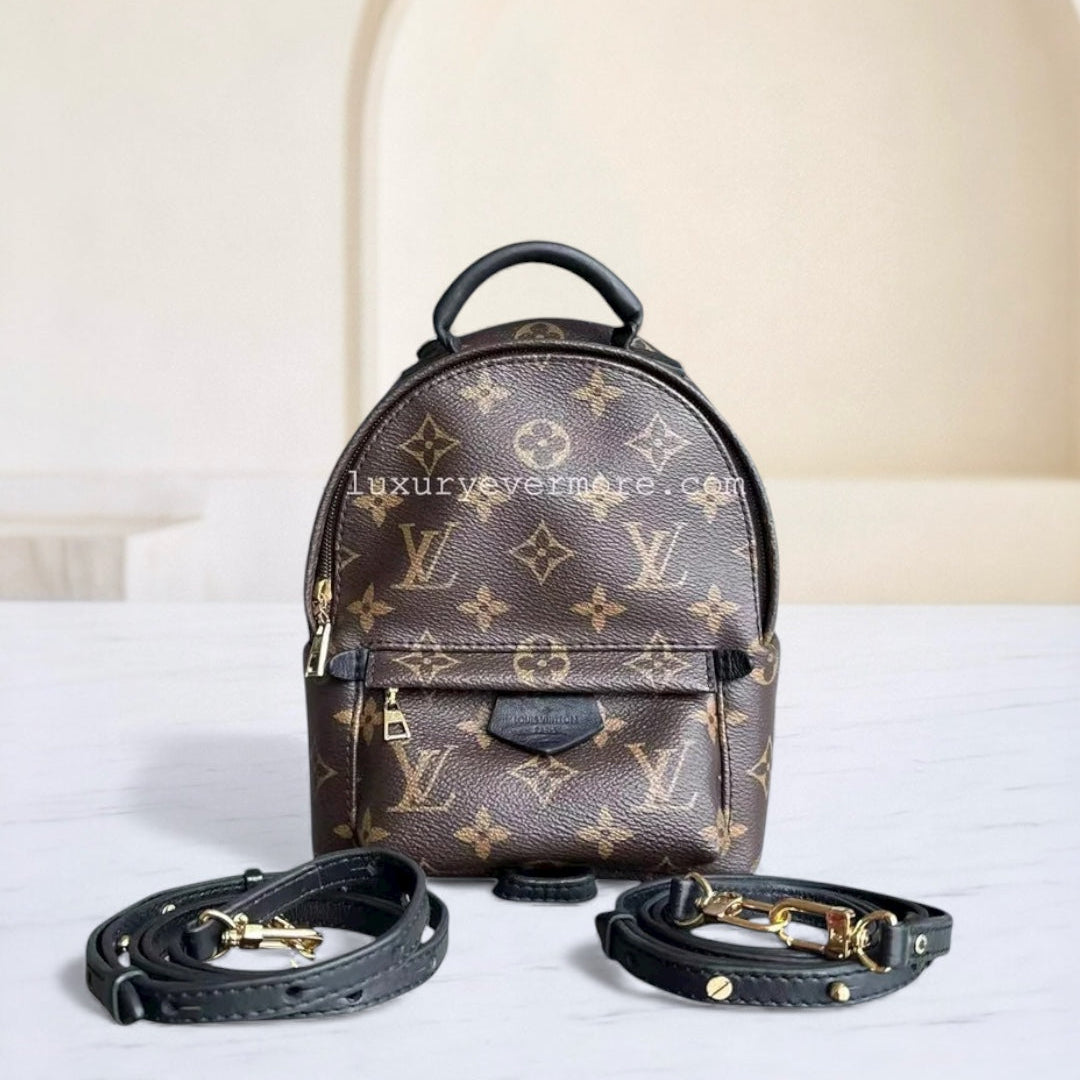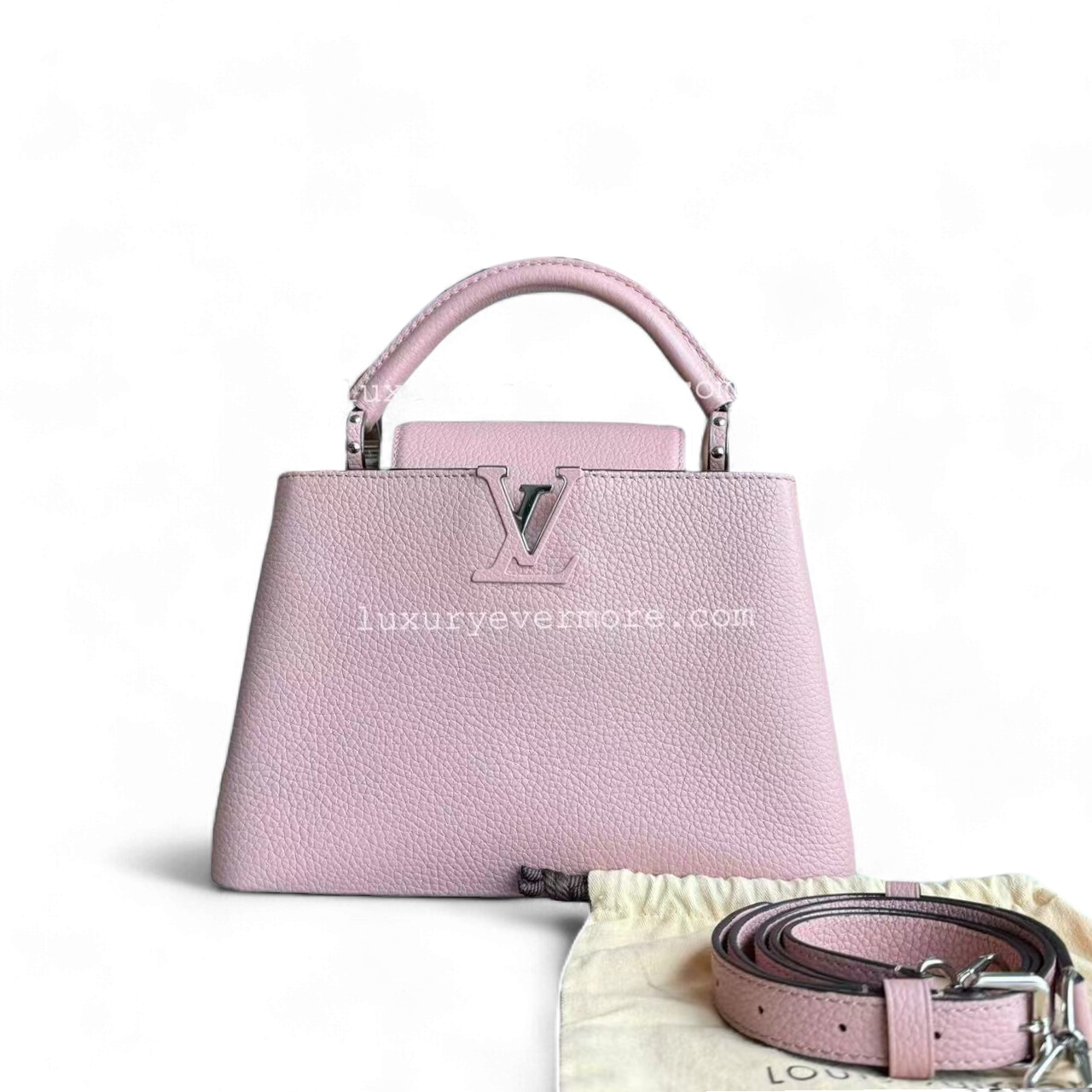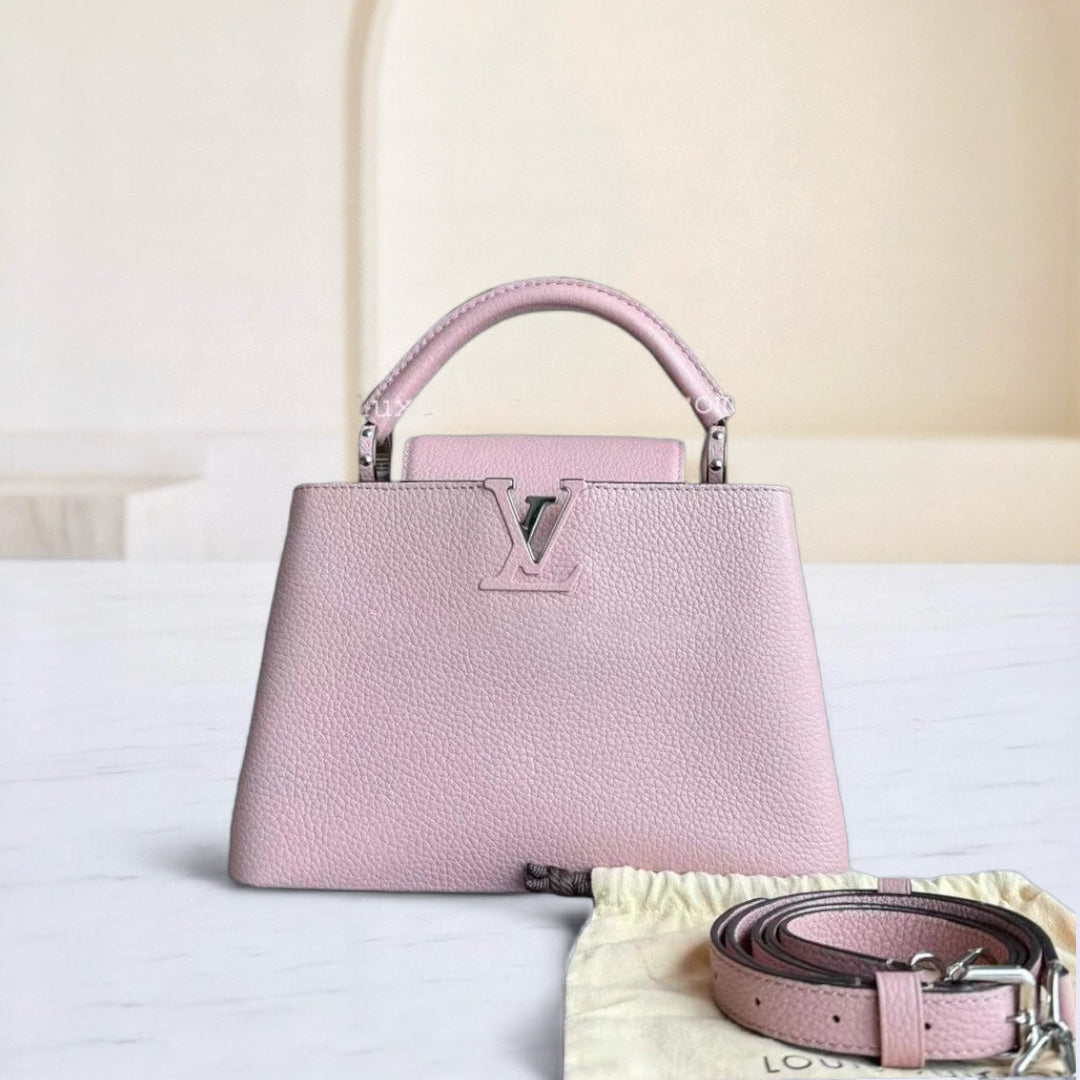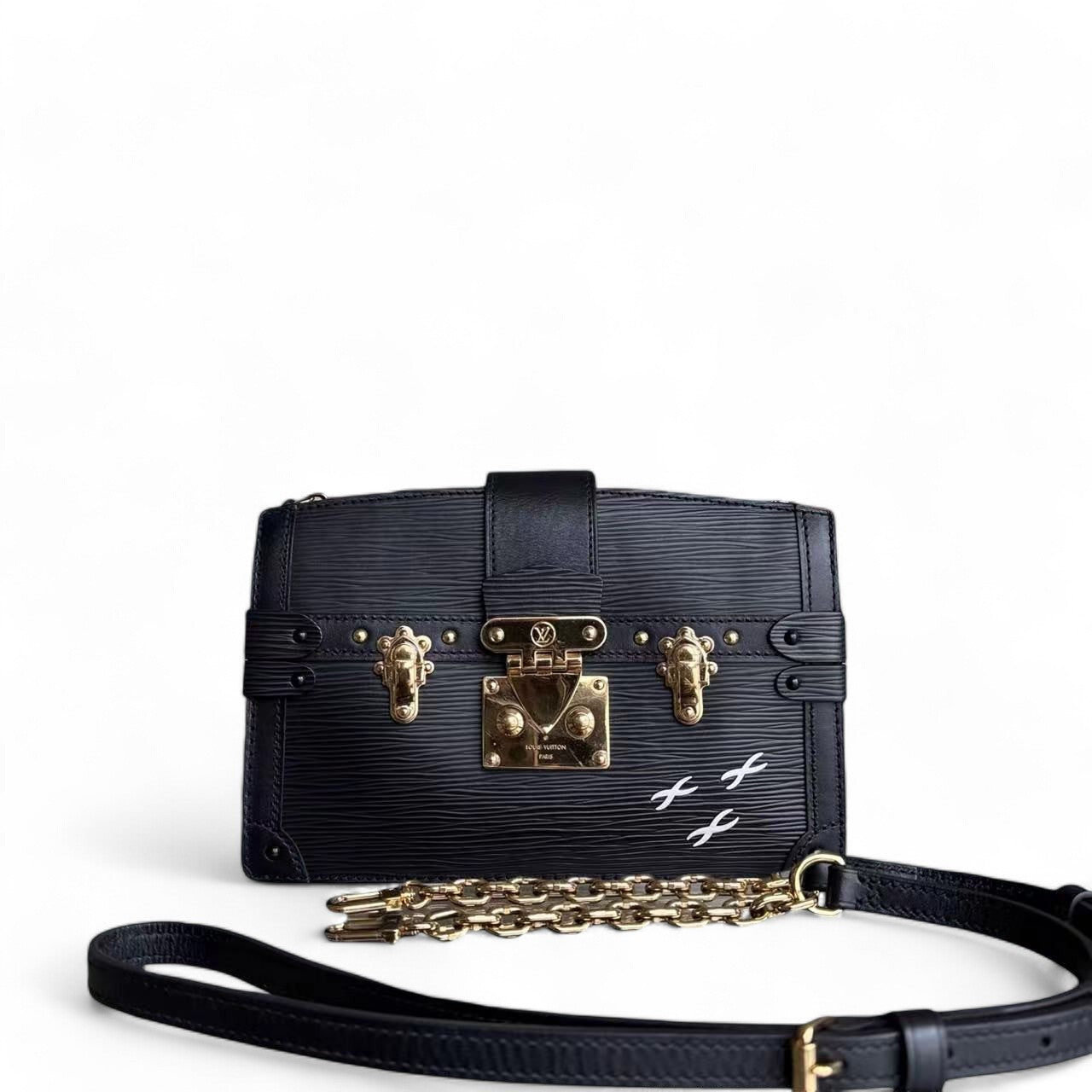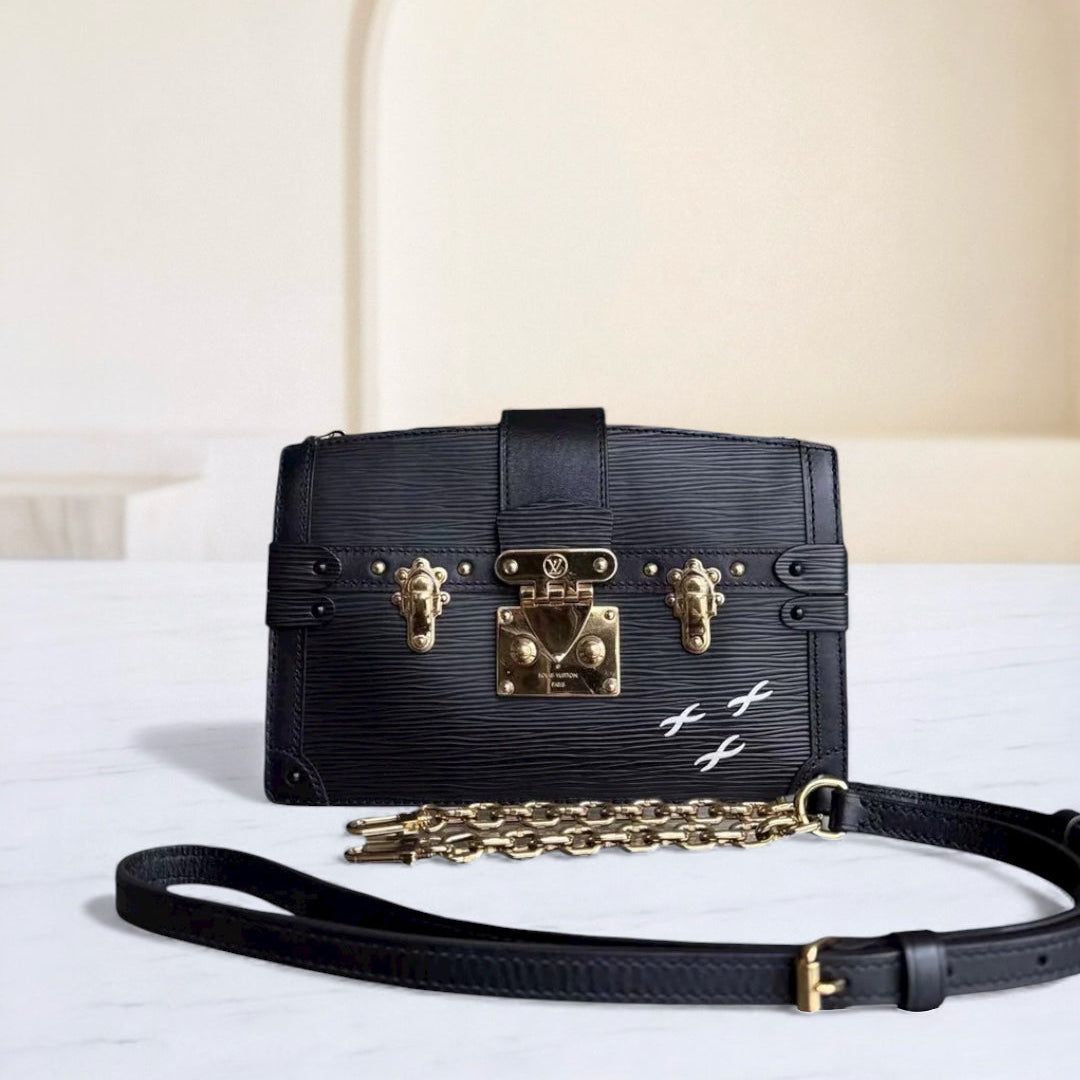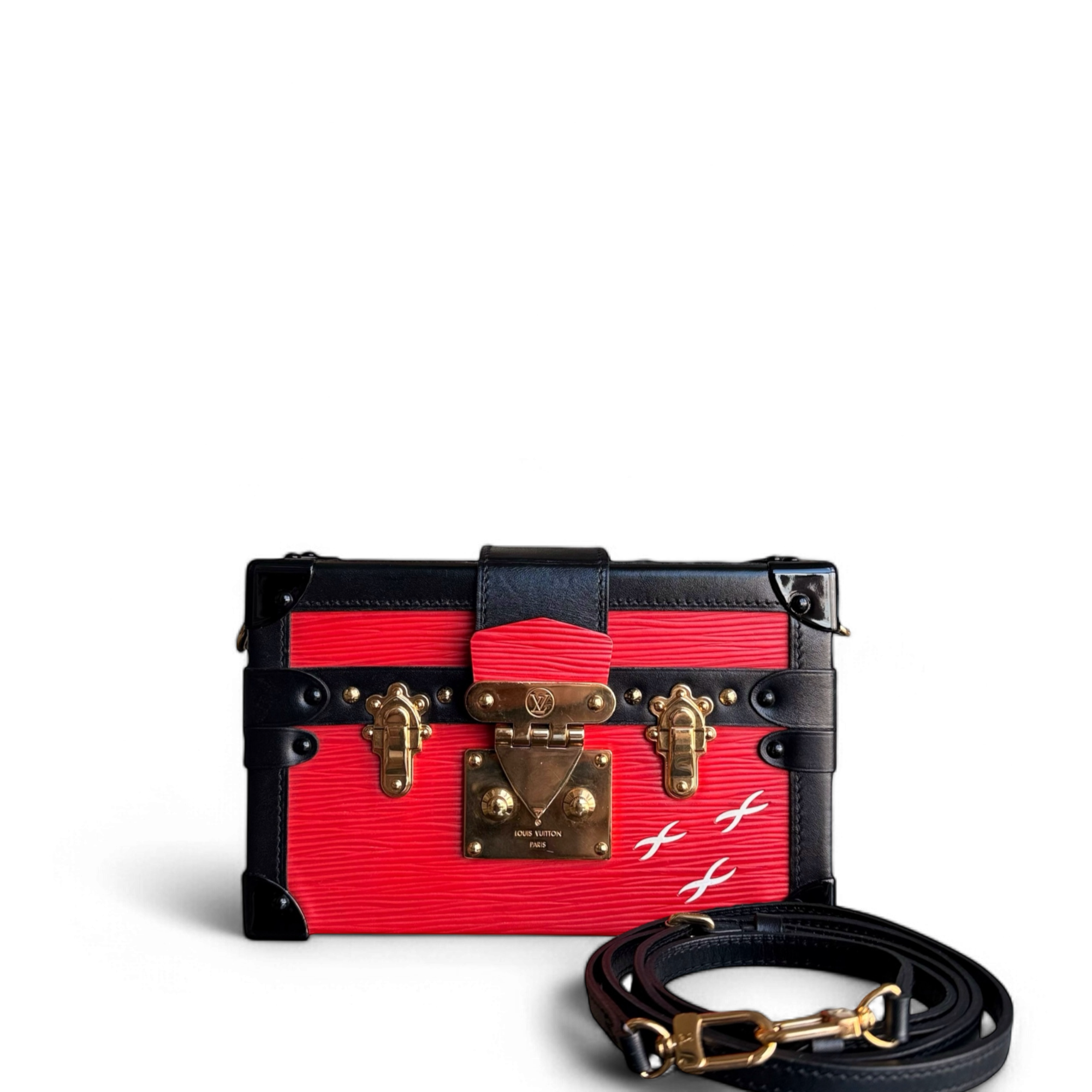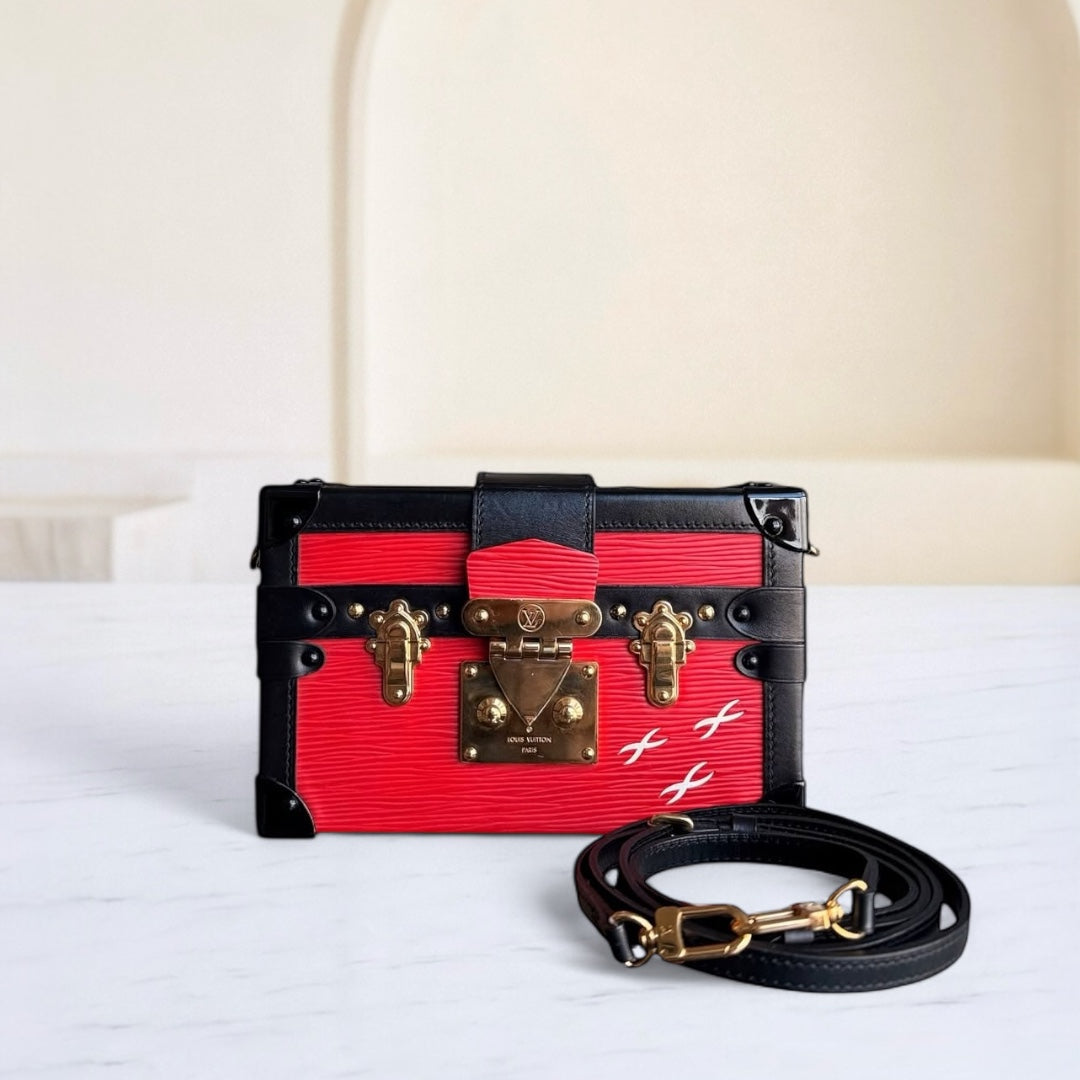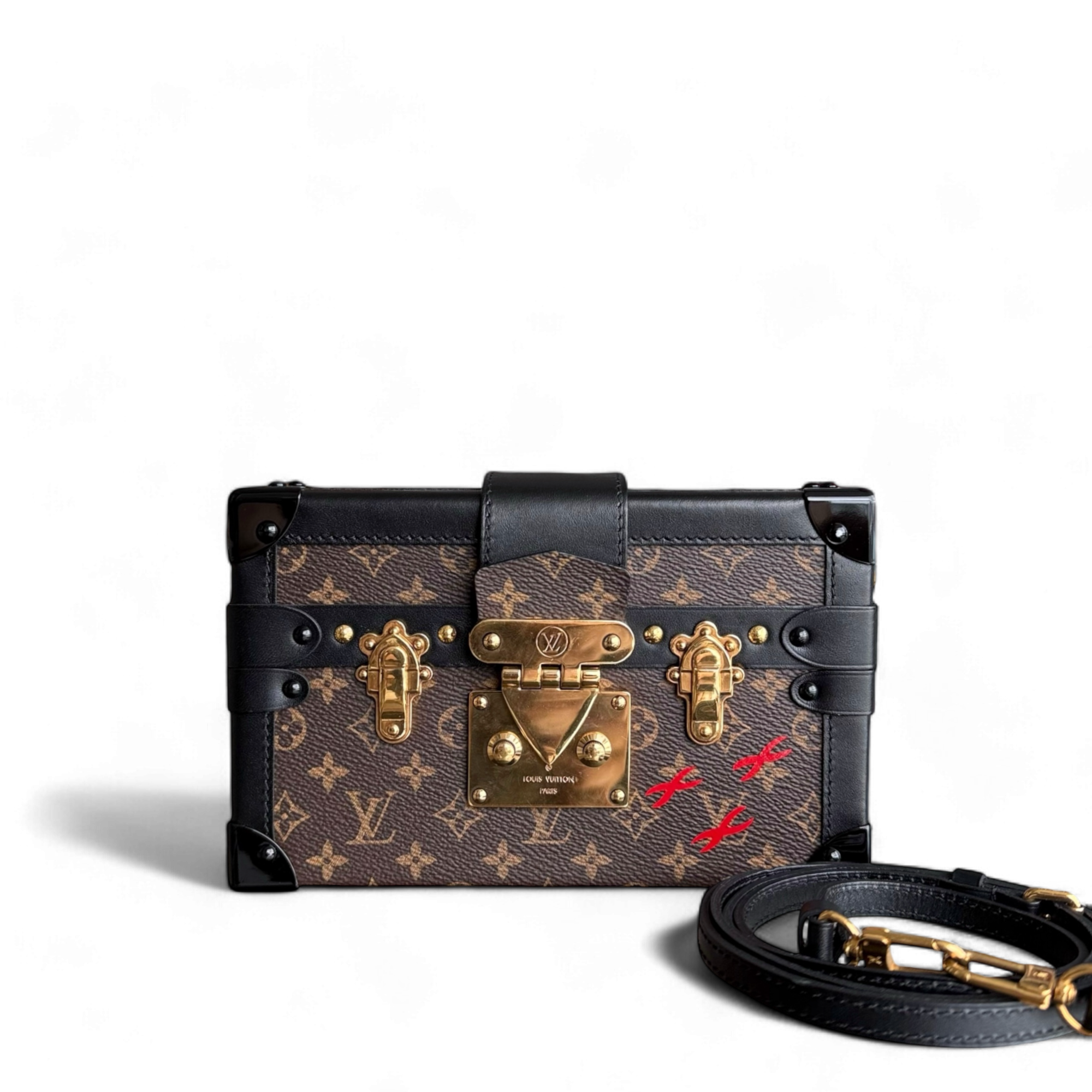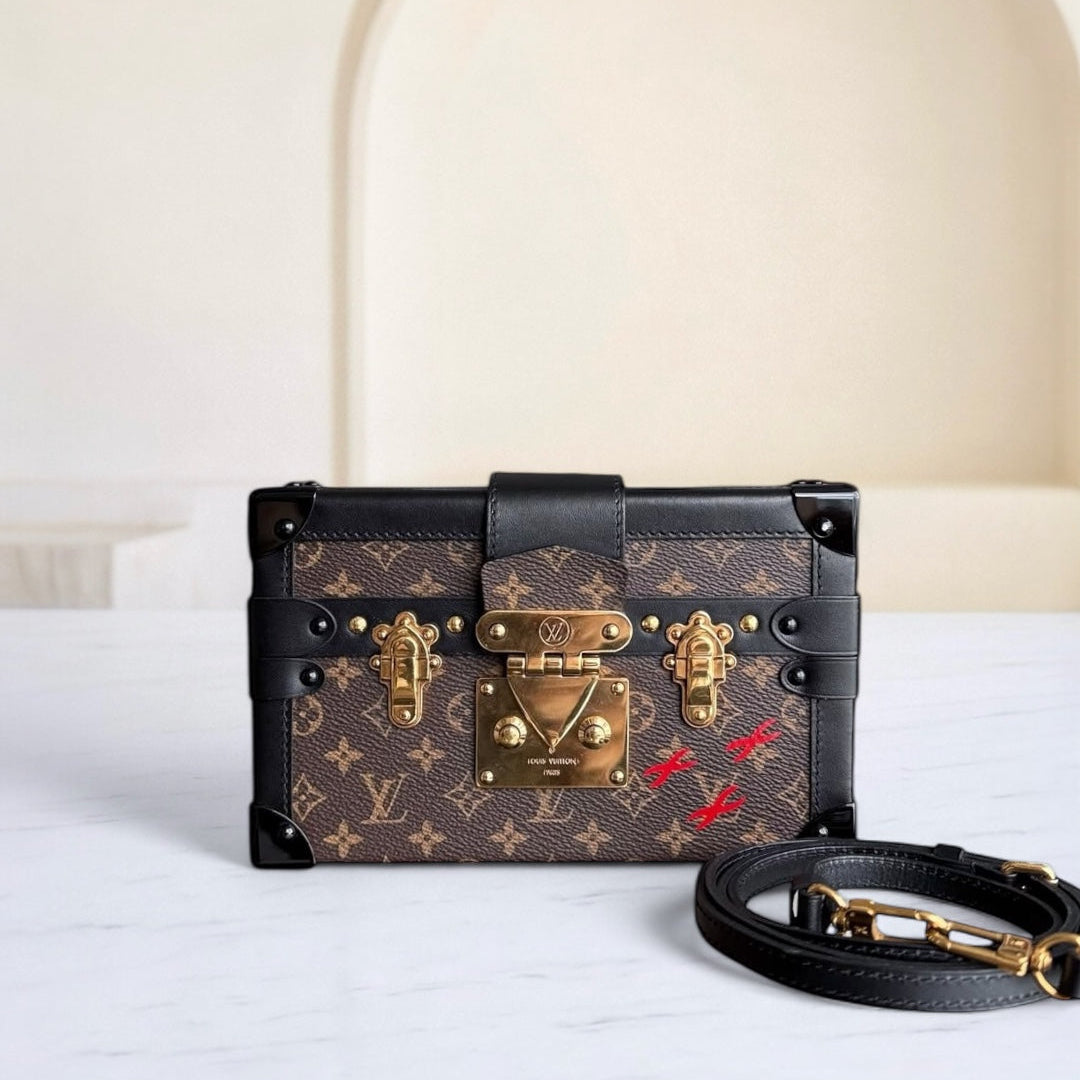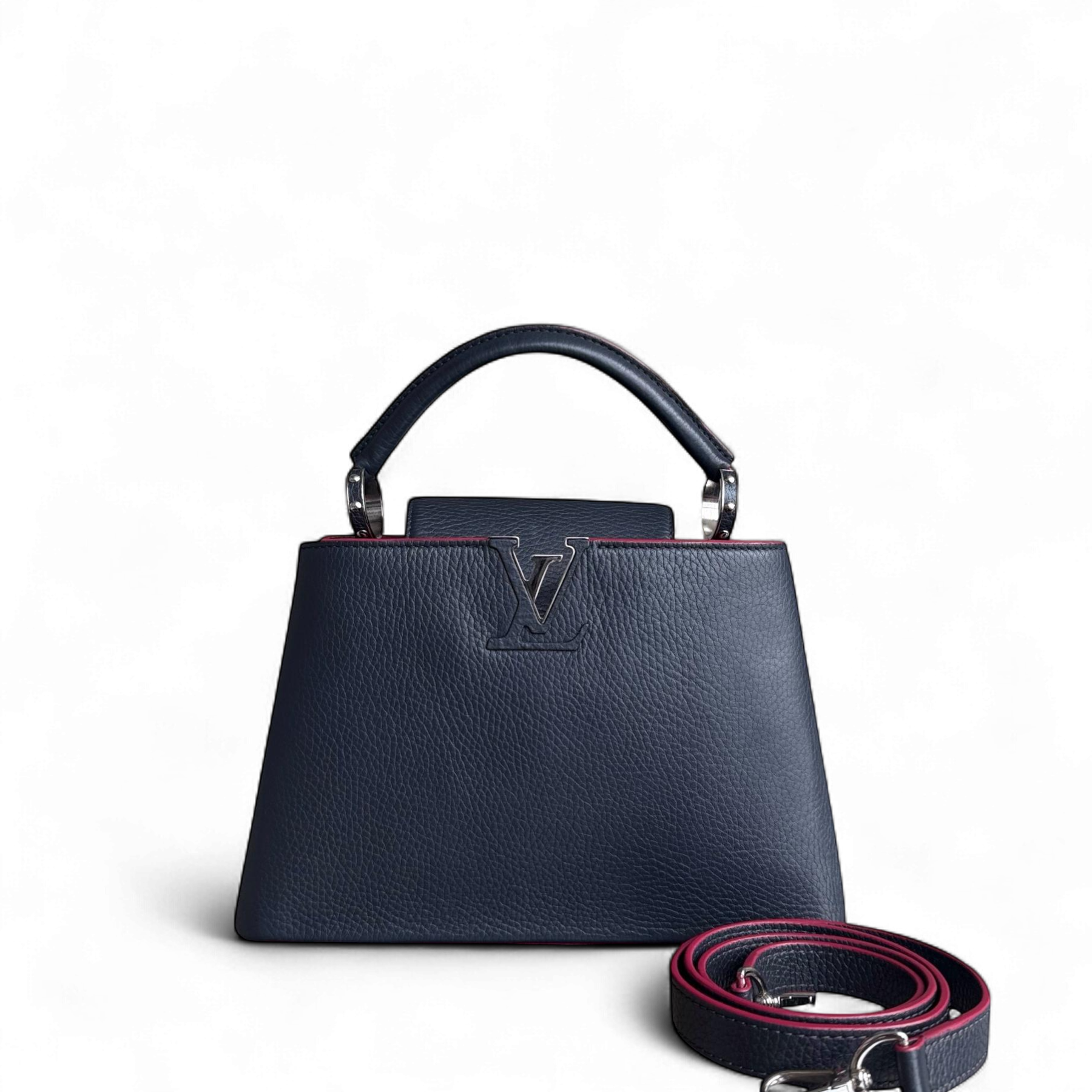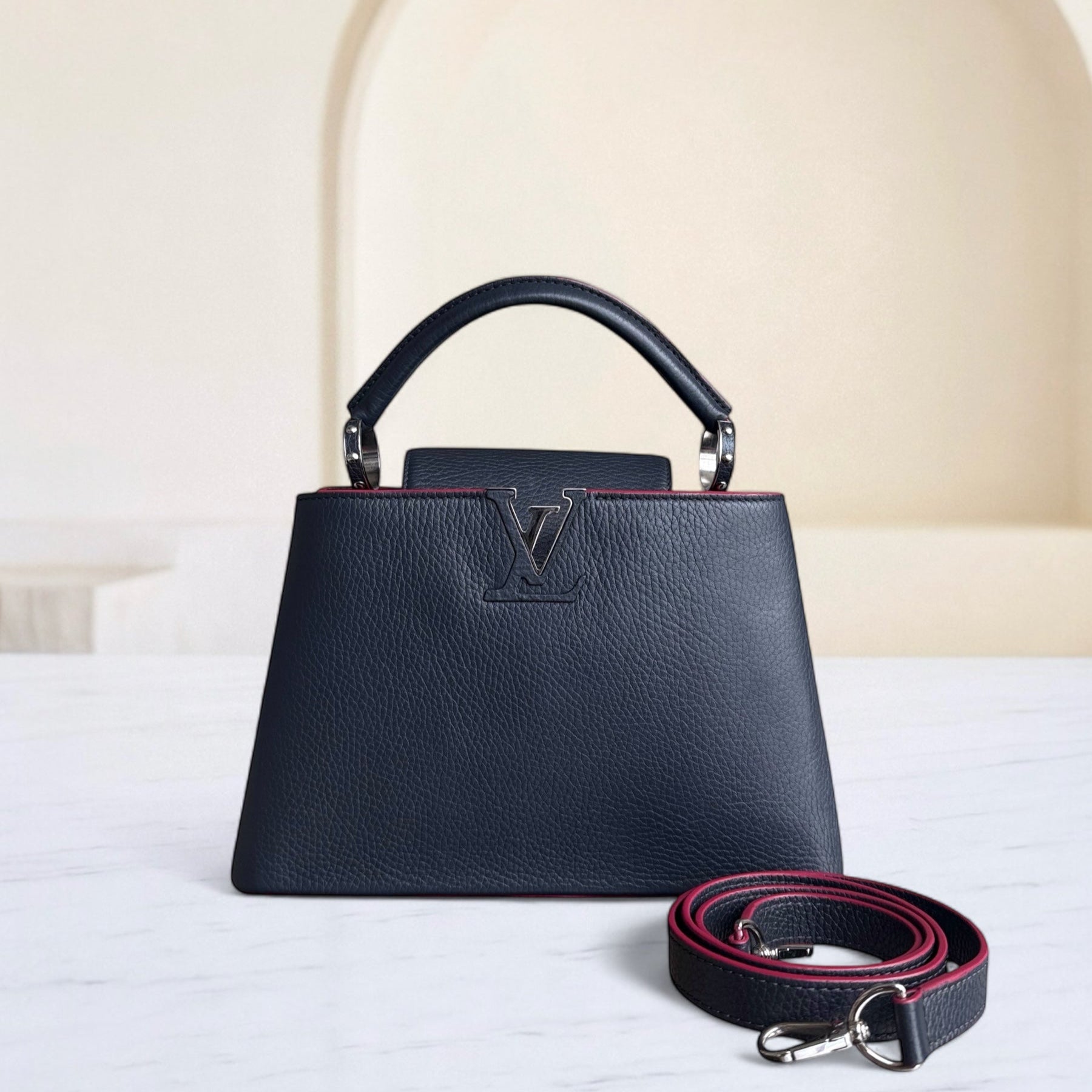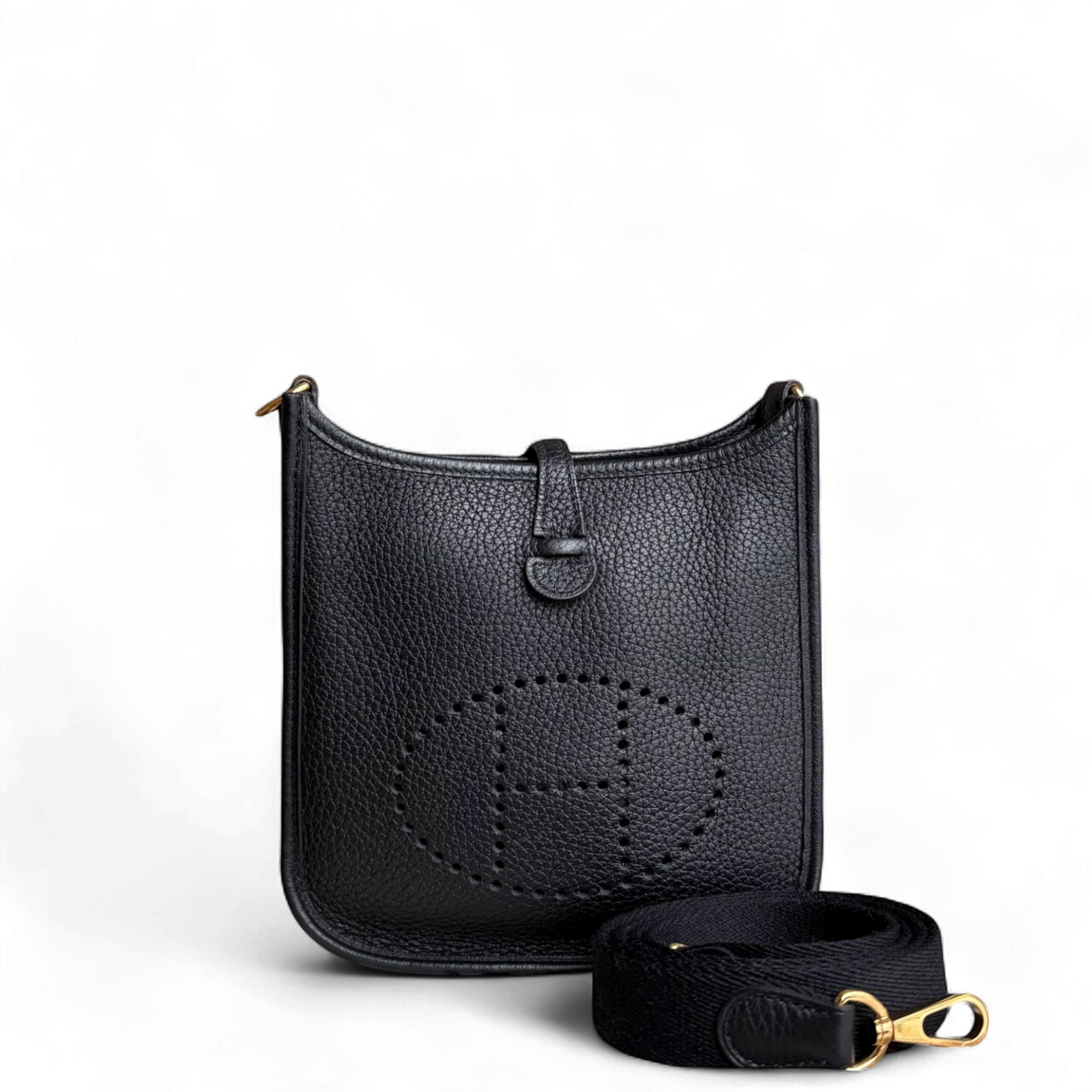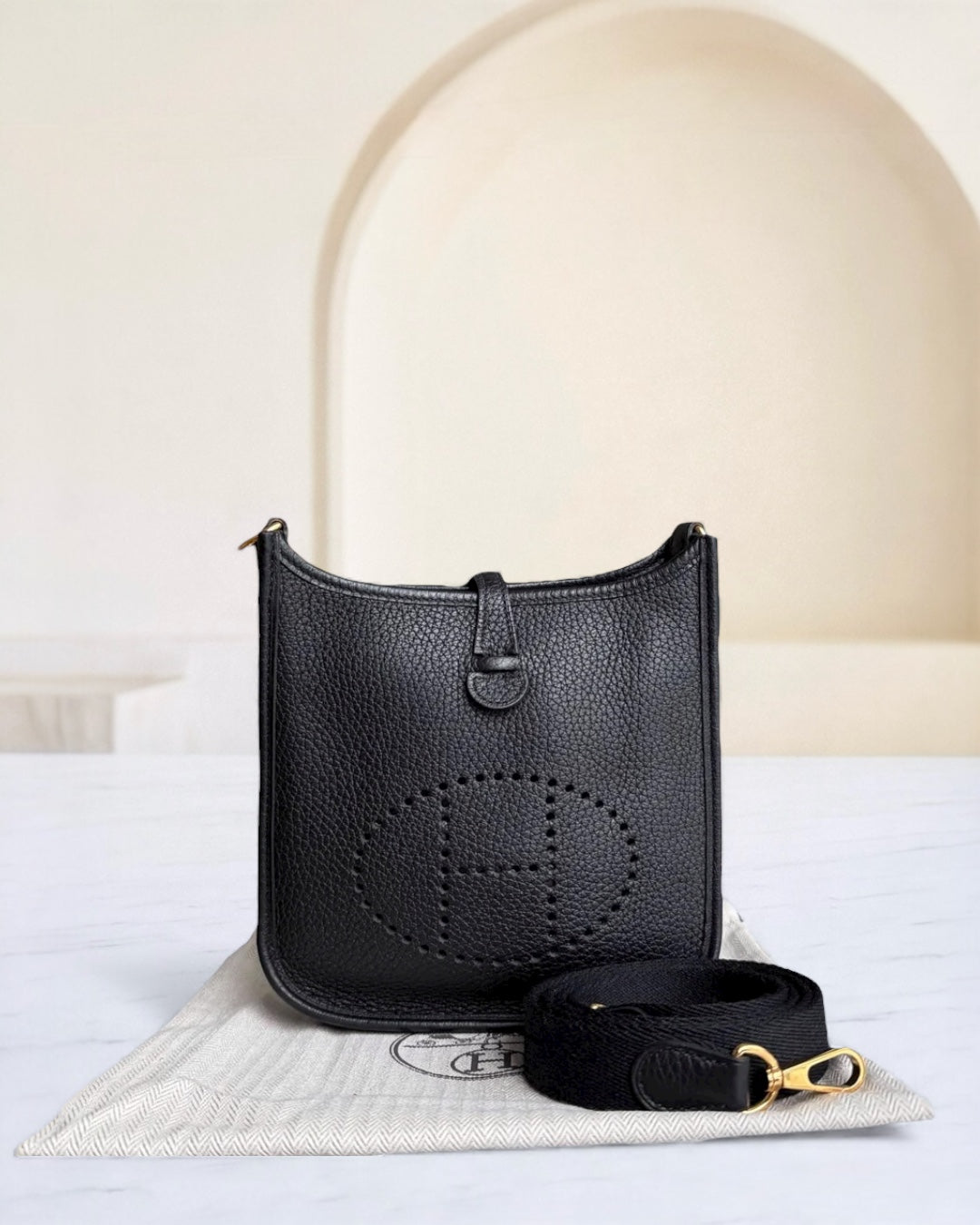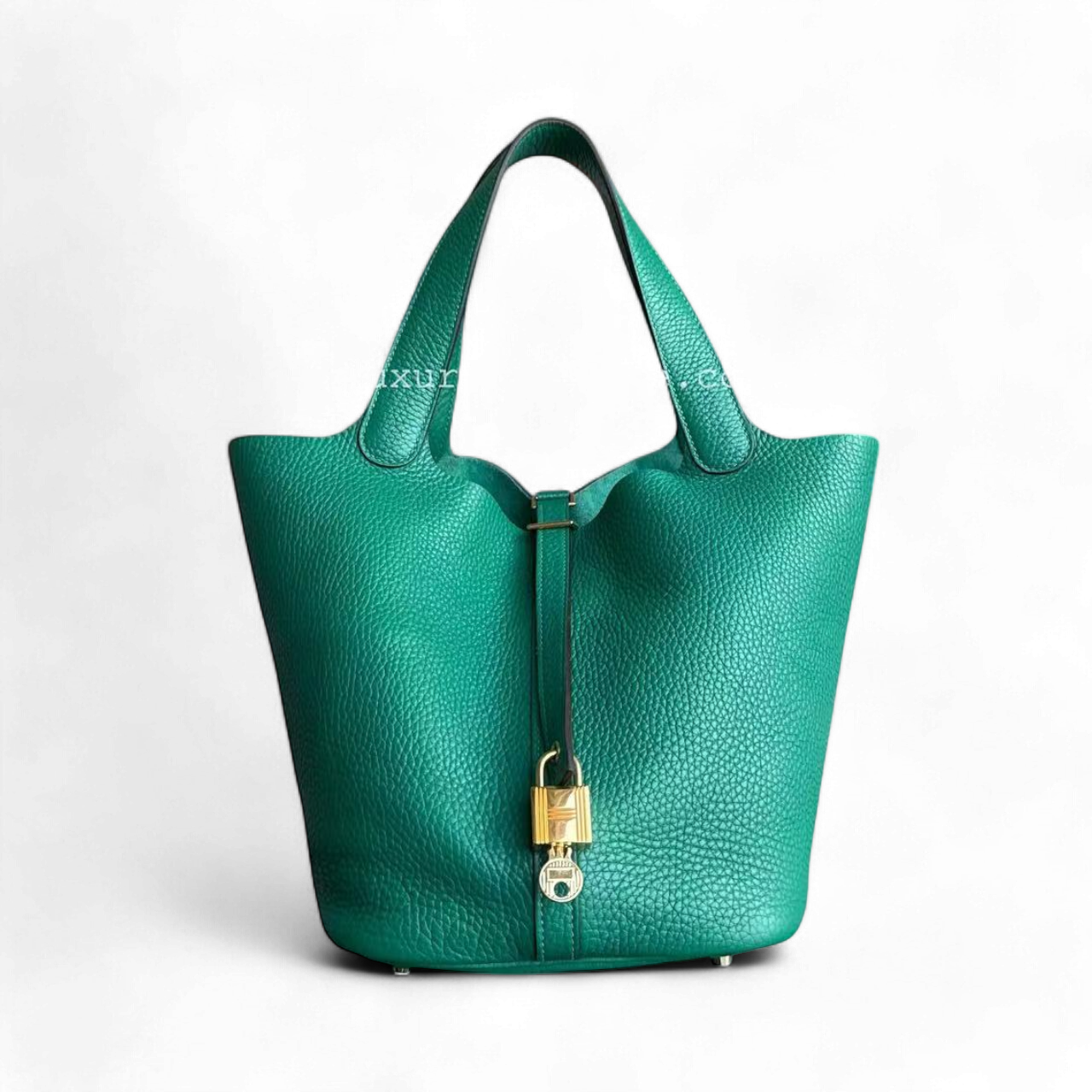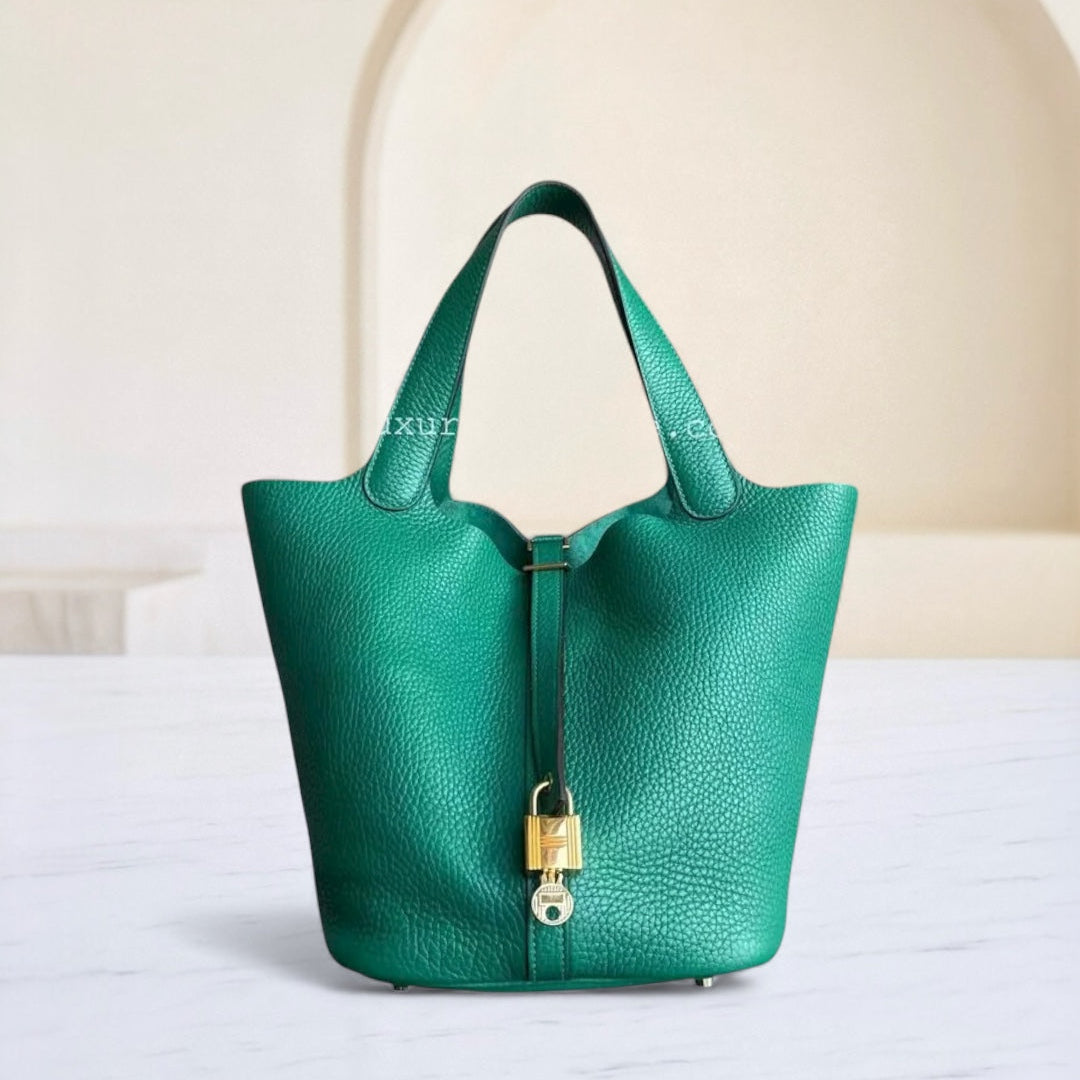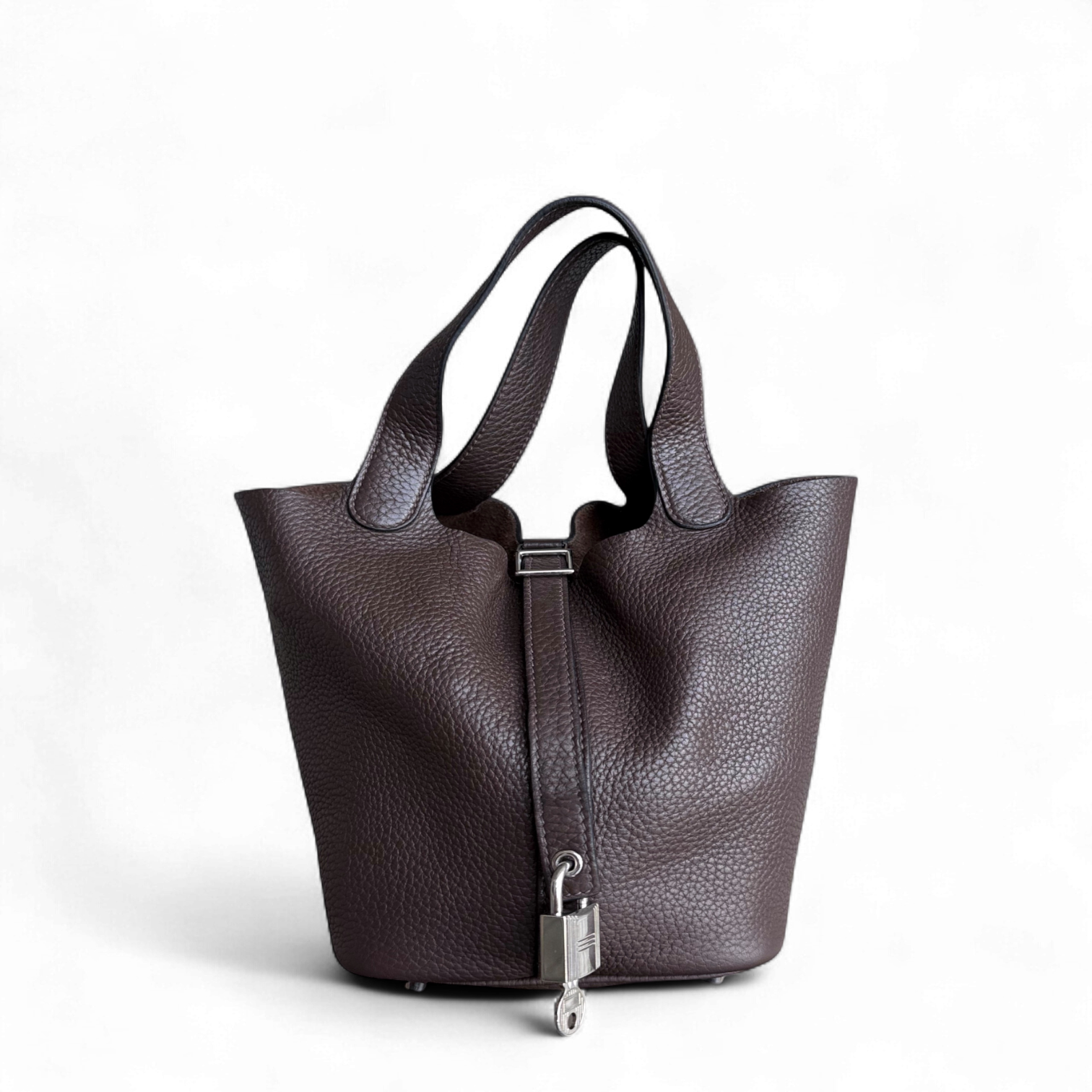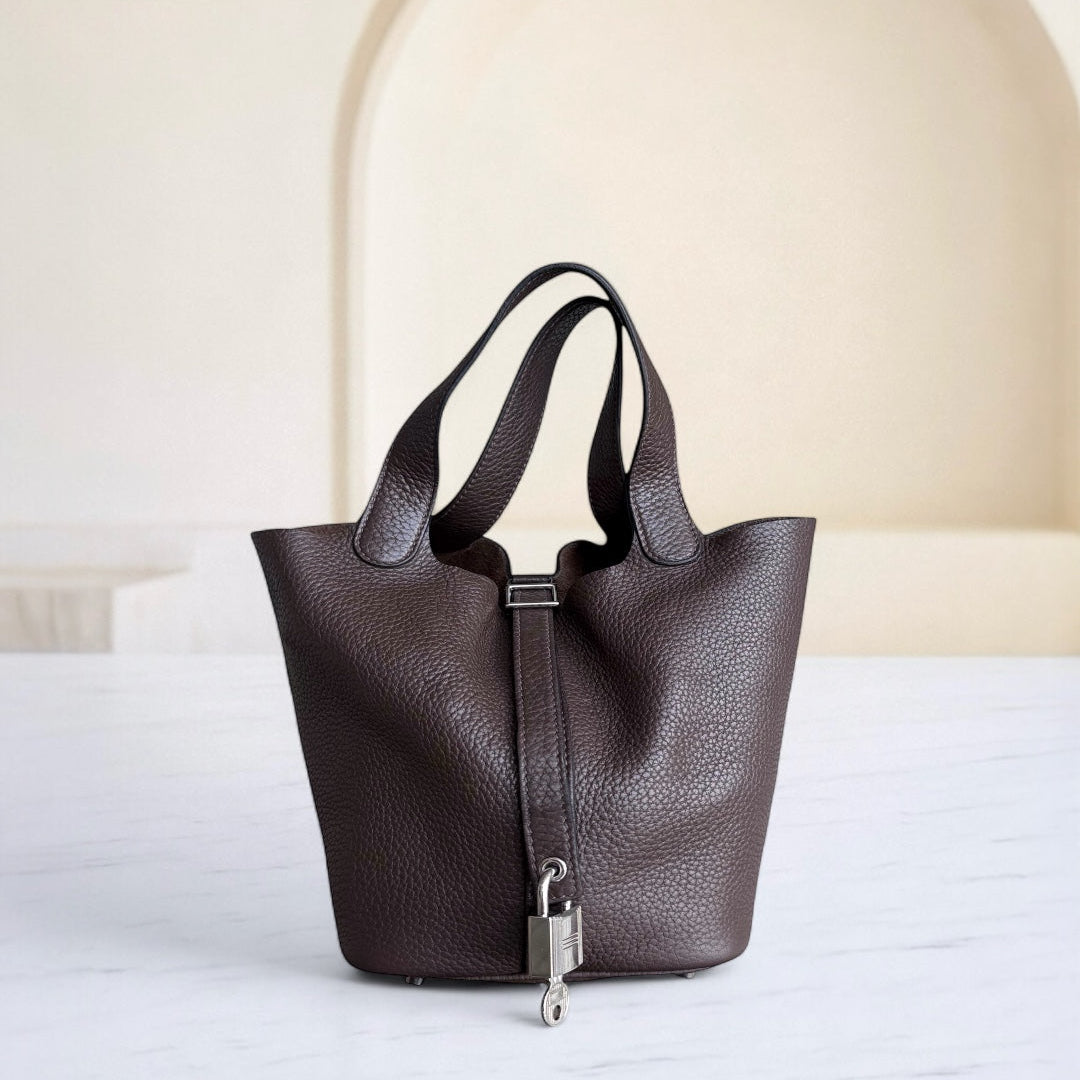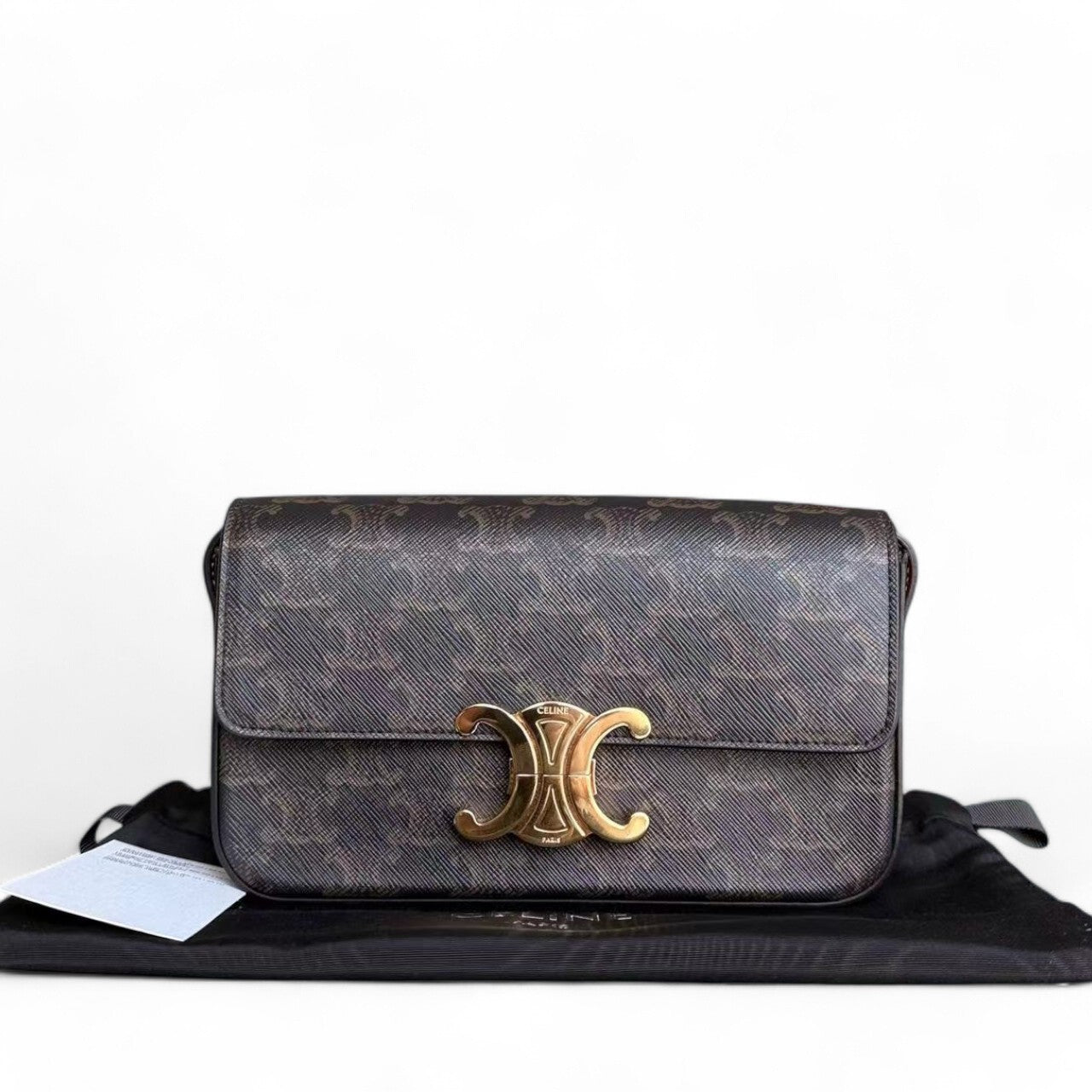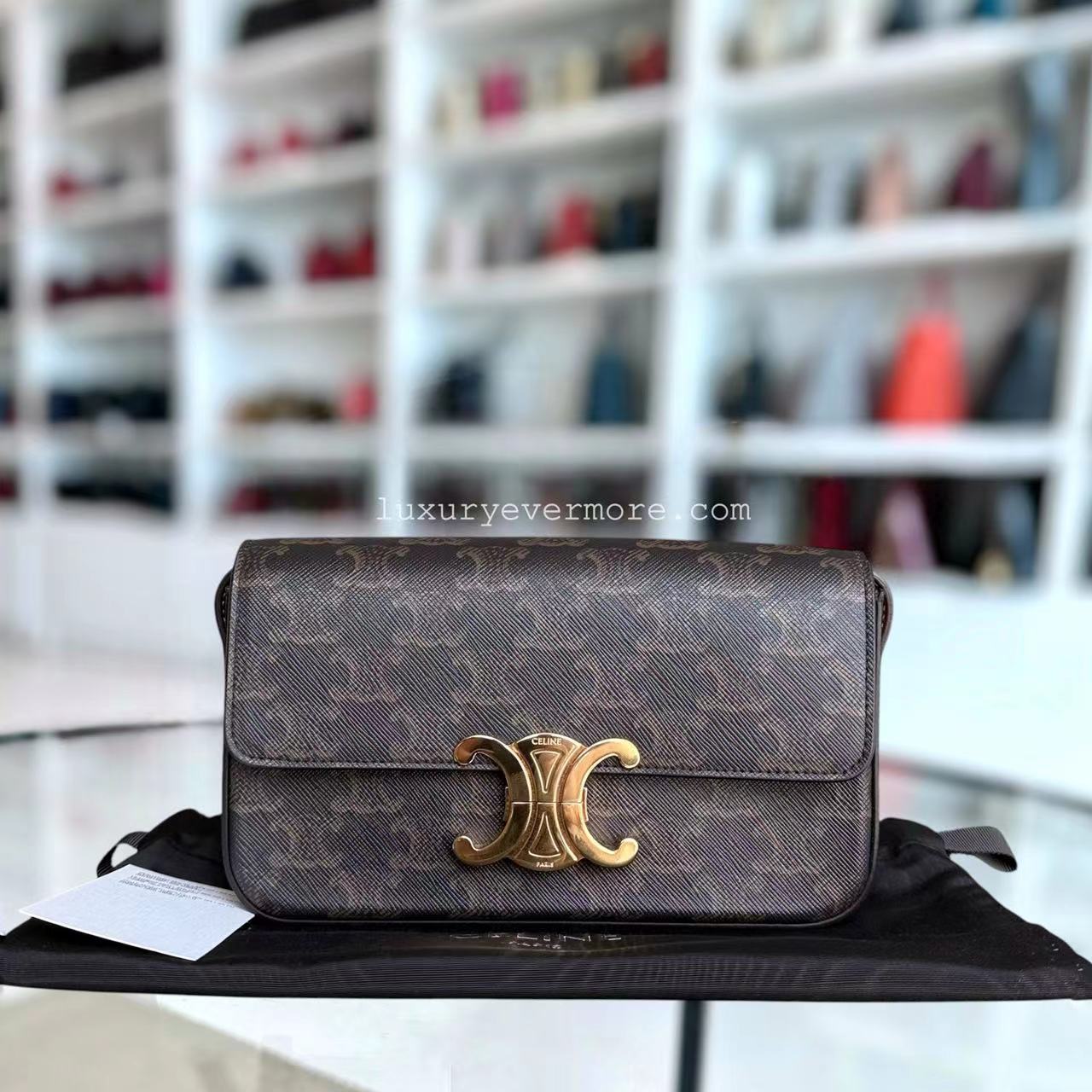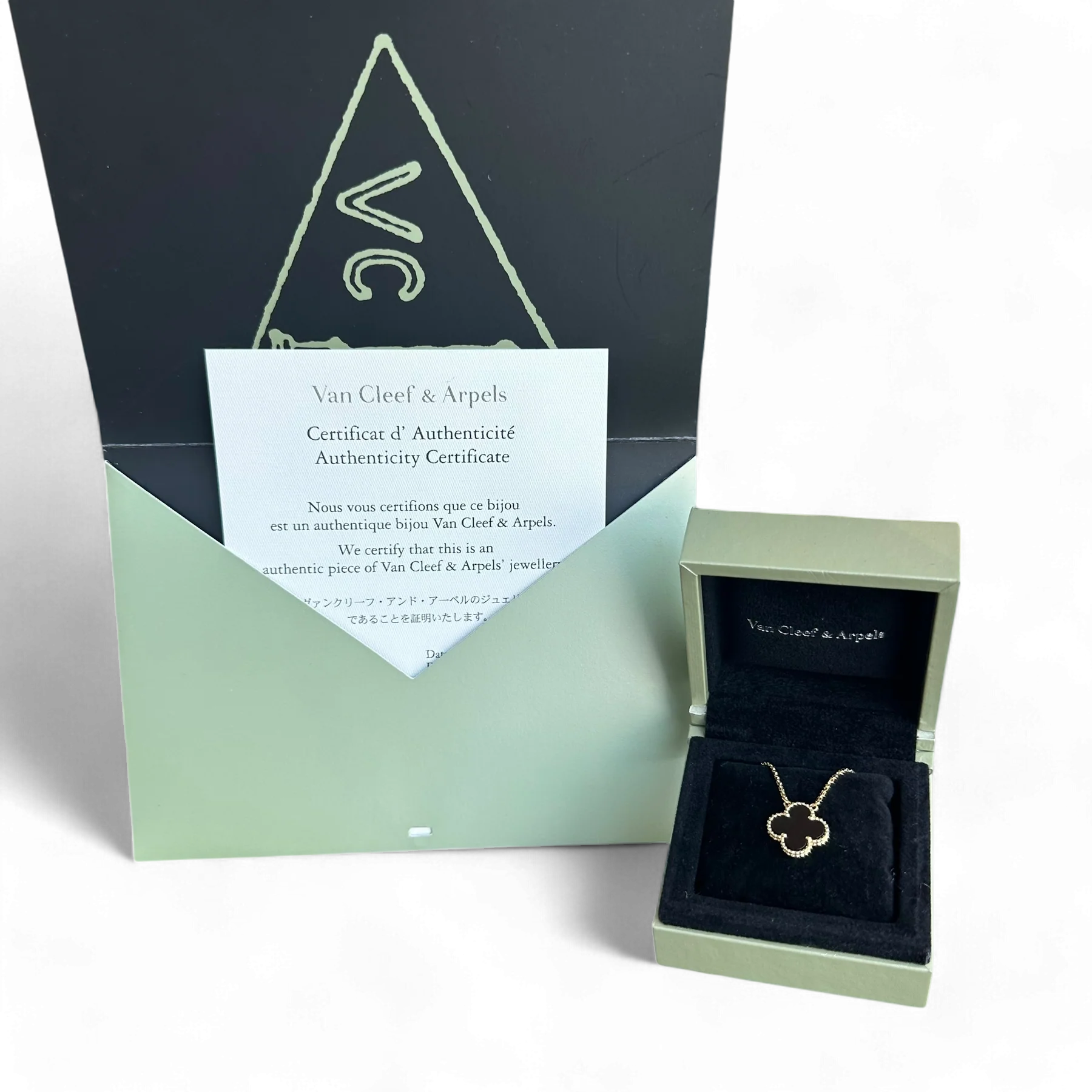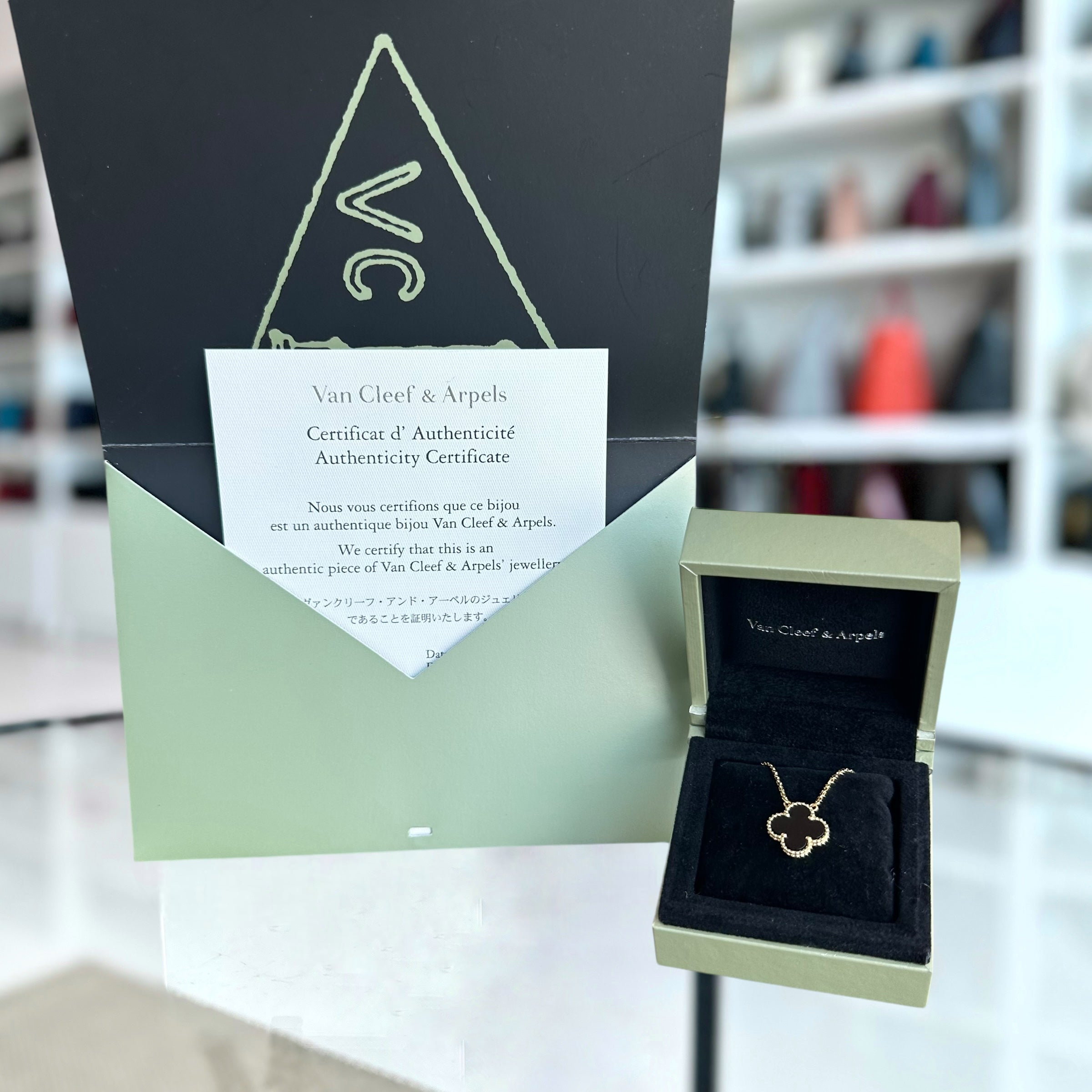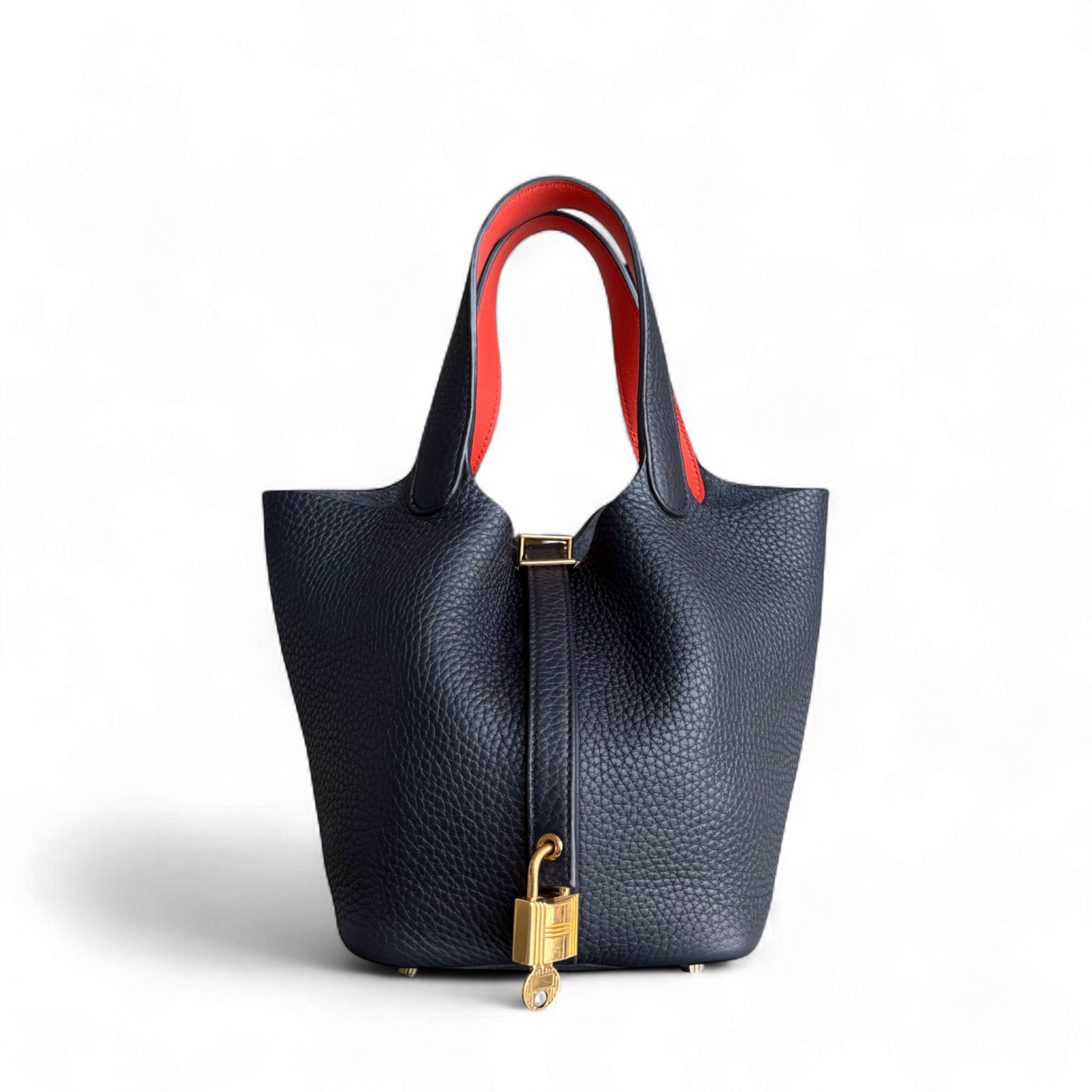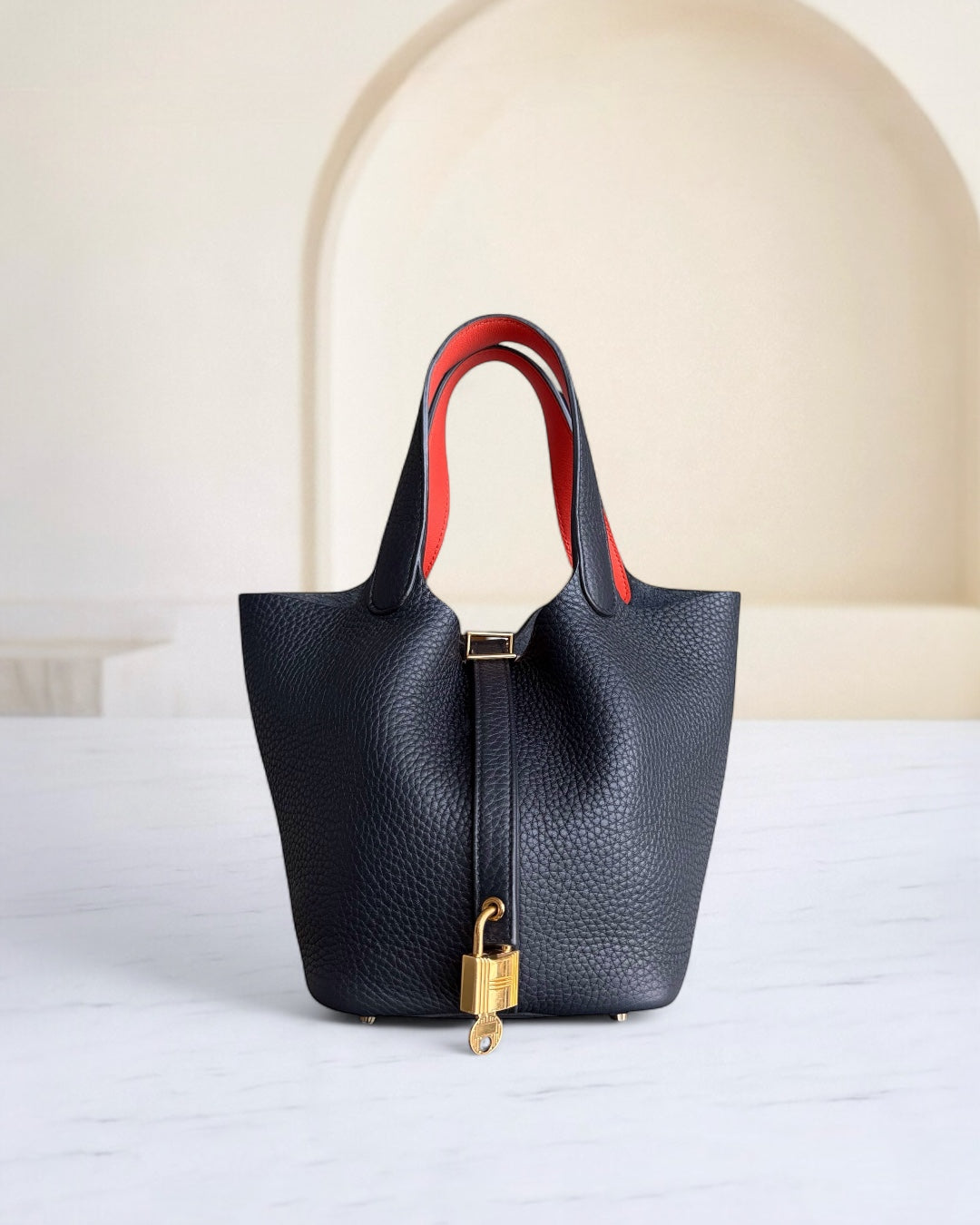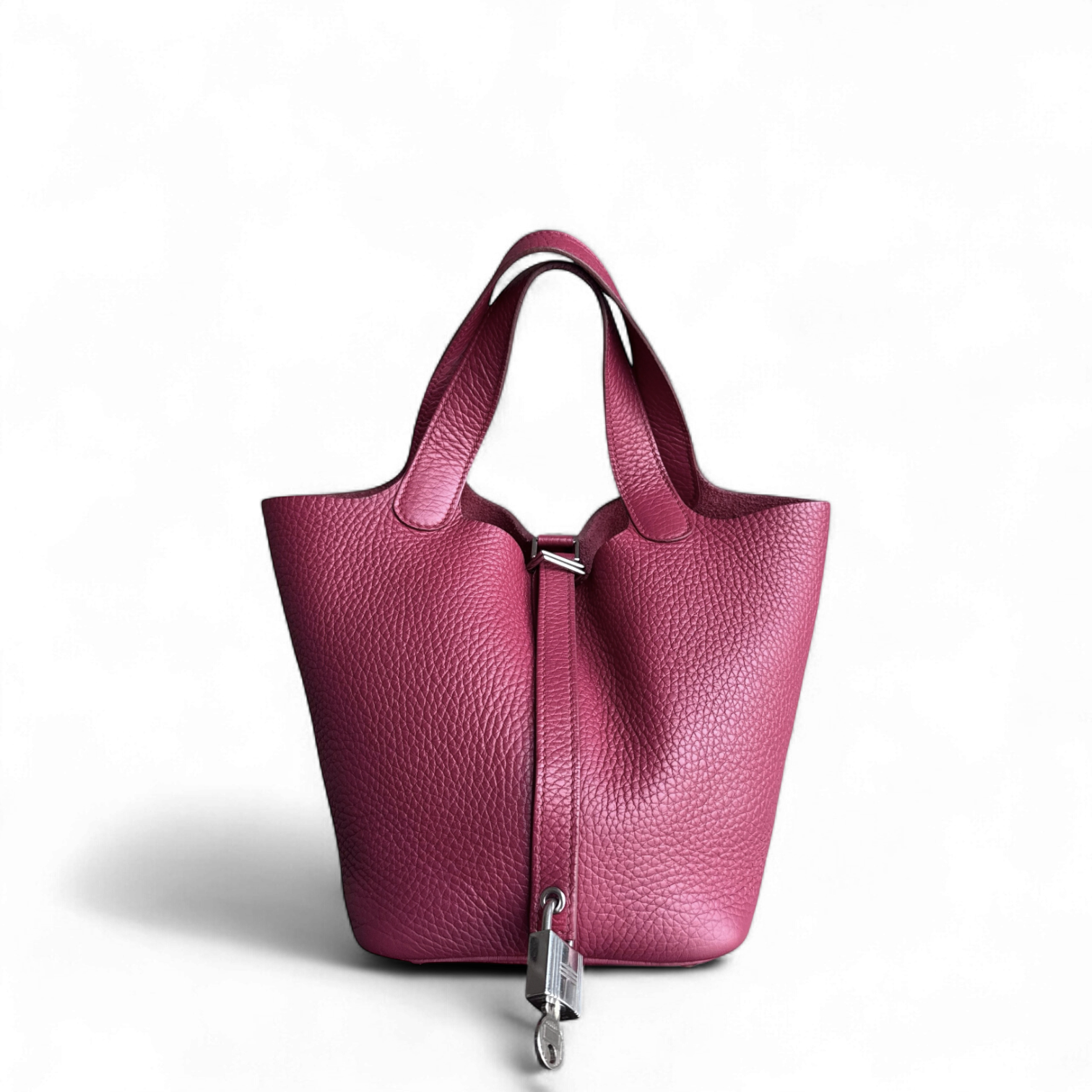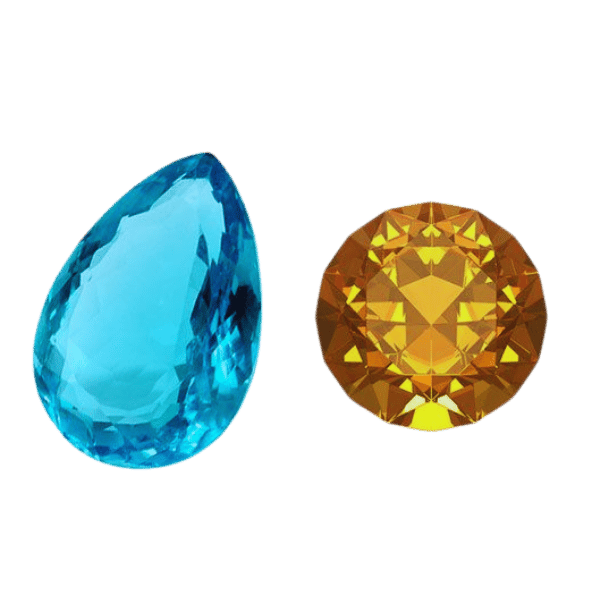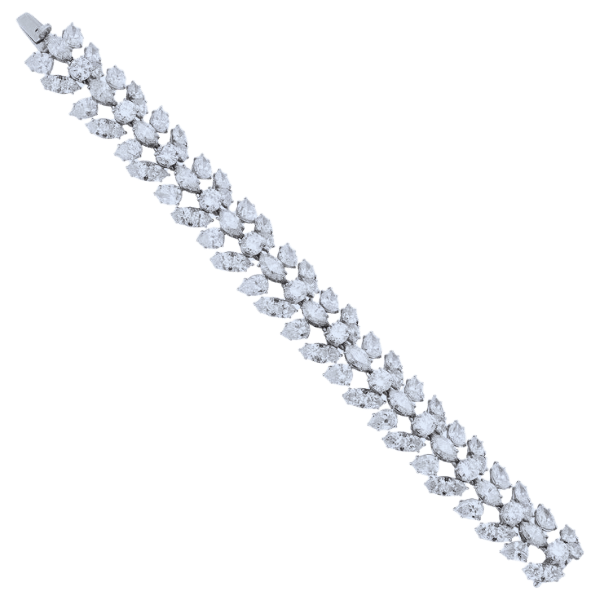How to Successfully Sell Rubies Online: A Comprehensive Guide
Peddling rubies in the digital age is not merely about posting a pretty picture and waiting for offers to pour in; it calls for market acumen, calculated strategy, and a credible online persona that buyers can trust at a glance. Weathered jewelers shifting their inventory onto e-commerce shelves, and hobbyists finally tempted to cash in a childhood haul alike, soon discover that the web's gemstone lanes twist in unexpected ways. Following is a tactical road map to liquidating your corundum wealth-presentation tips, platform choices, and a plain-English appraisal of what today's buyers expect to see at first scroll. Stick with the discussion and you'll walk away with the practical playbook needed to boost your sell-through rate while stitching a solid reputation into the bargain.
Where Can You Sell Your Rubies Online for the Best Price?

You can sell rubies on several platforms that offer fair pricing for rubies:
- Specialized Gemstone Marketplaces – Websites such as Gem Rock Auctions and Worthy have specialized gemstone selling and buying platforms, thus they have an audience that is interested in high-value stones So they can sell rubies at a good price.
- Online Jewelry Marketplaces – Luxury Evermore is a unique marketplace as it caters to buyers looking for unique hand-crafted jewelry, making it ideal for selling rubies individually or as part of jewelry pieces.
- Reputable Auction Sites – Online auction platforms such as Sotheby’s and Christie’s deal with online auctions. For sellers with rare or very expensive rubies, these platforms are great as they attract serious collectors and gem enthusiasts.
- Local Gemstone Dealers with Online Presence – These types of dealers can help ensure that sellers do not get their rubies undervalued. Thus, partnering with gemstone dealers that have online shops can guarantee fair value for the stones.
Every platform has its advantages and disadvantages, thus all of them require quality images, thorough rubies descriptions, and trustable documents such as certifications, to build trust and achieve optimal pricing.
Understanding the Value of Your Ruby
The value of a ruby gemstone is based on some factors.
- Color: the most valuable rubies are considered to be of “pigeon blood” color which is vivid and deep red. Dull uneven coloring rubies are less desirable and valuable.
- Clarity: Most rubies possess inclusions, but for those that do not, they will be worth more. Rubies that are free of inclusions are looked for.
- Cut: A poorly cut ruby will have its value reduced whereas a well cut ruby will showcase the natural beauty of the stone as well maximize its brilliance.
- Carat Weight: rubies that are bigger will naturally be rarer and hence precious, however, other factors also play a role in determining its value.
- Origin: Myanmar and Kashmir have rubies of superior quality which increases the price due to the reputation that they carry.
To accurately value your gemstone, consider getting a certified appraisal done from top institutes such as GIA or IGI that are known for their credibility and appraisal services. This will help verify the authenticity and provide insights on its value and quality.
Top Online Platforms to Sell Rubies
A number of months ago, I listed a fine ruby with Luxury Evermore, and the sale closed within a week. The site specializes in high-value gems, so the transaction felt both secure and professional from start to finish. Some sellers also turn to eBay or Etsy; those marketplaces can work if you know how to craft a convincing listing and answer buyer questions on the fly. Still, if the stone is top grade and you want serious bidders, a dedicated platform such as Luxury Evermore remains the safest bet.
Auction vs Direct Sale: Which One Offers You the Most Cash?
Choosing between an auction and a private sale is largely a matter of personal priority, the first thing a seller should clarify. An open bidding room can, on a good day, produce a surprise windfall on the final gavel- think of that flurry of hands jolting the hammer price higher than anyone expected. Yet that same marketplace is unpredictable, and a ruby may leave the block for far less than its worth if the right crowd isn't watching. A closed sale sidesteps the drama, putting an agreed figure in front of both parties, so the gem moves quickly with far less suspense. For owners who value certainty over suspense, the straightforward handshake is hard to argue with. Still, if a seller can tolerate the wait, the leap to maximum profit sometimes lives on the auction stage.
How Do You Identify Quality Rubies for Selling?

Examining Ruby's Color and Inclusions
A ruby earns its worth chiefly from hue and internal clarity, yet the definition of hue is surprisingly intricate. The finest stones display an unflawed crimson that gem dealers shorten to pigeon blood. Any haze or dark patch immediately lowers the price. Minute fissures also trim value because they break the otherwise uniform light flow. Even so, a fleck or two preserves a dealer's claim of natural origin. An accredited lab certificate remains the single best safeguard for anyone who means to market the gem.
Differentiating Between Natural Rubies and Synthetic Rubies
Natural rubies develop over the course of millions of years, often bearing imperfections and inclusions; however, synthetic rubies are flawless, more affordable, and created in a laboratory setting.
|
Parameter |
Natural Rubies |
Synthetic Rubies |
|---|---|---|
|
Origin |
Earth-formed |
Lab-created |
|
Cost |
Expensive |
Affordable |
|
Clarity |
Imperfect |
Flawless |
|
Color |
Varies |
Consistent |
|
Rarity |
Rare |
Common |
|
Durability |
High |
High |
|
Ethics |
Mining concerns |
Sustainable |
|
Investment |
Appreciates |
Stable |
|
Inclusions |
Natural |
Artificial |
|
Production Time |
Millions of years |
Weeks to months |
Importance of Ruby Appraisal and Certification
Accurate appraisal of a ruby begins with a hands-on inspection that weighs four hallmarks-color, clarity, cut, and carat weight-against the charts of professional rating systems. A separate certificate from a recognized gemological laboratory pinpoints whether the stone is natural, created in a lab, or had its color or clarity modified after mining. Collectively, those reports settle almost every dispute over value and leave little room for guesswork. Reliable documents matter even more to investors, who count on resale fluidity, and to buyers, who prefer certainty over surprise.
What Are the Key Factors Affecting the Price of Your Rubies?

Exploring the 4 Cs: Color, Cut, Clarity, and Carat Weight
- Color: The color of a ruby is by far the most important determinant for its value. The top grade rubies are vivid red and pure in color, often called “pigeon blood red.” The rich and homogeneous intensity of red, along with secondary shades of pink or orange, contributes to its aesthetics and price.
- Cut: The facets of rubies should show maximum reflection of light and brilliance. Rubies are often cut to an economy but preserve as much carat weight as possible. Accurate and symmetry enhances the stones appearance when polished leading to maximum light reflection, luster and vivid color.
- Clarity: Clarity is phenomenon regarding internal and external imperfections, inclusions within the ruby. Most rubies have some inclusions and a fewer and less noticeable inclusions make the gemstone more valuable. Moderate inclusions are accepted as long as it does not affect the overall beauty of the ruby.
- Carat Weight: Carat weight captures the size and weight of the ruby. Larger rubies are a lot rarer as compared to smaller ones and their prices are also higher especially when coupled with high color, cut and clarity.
Understanding Ruby's Origin: Burma, Sri Lanka, and Beyond
The value and rarity of rubies are significantly correlated with their origin. Rubies from Burma (Myanmar) are still regarded as the most desirable because of their deep and bright red coloration, often called “pigeon's blood”. Their extraordinary fluorescence further enhances their brilliance. Sri Lanka is also well-known for lighter ruby pinkish to reddish rubies. Rubies from this region are prized for their clarity and softer hues. More recently, regions such as Mozambique have become known for their readily available deep red rubies. Every source has its own distinctive attributes which makes the origin crucial to determining a ruby's worth.
Impact of Ruby Treatments: Unheated vs Treated Rubies
Natural inclusions are retained in unheated rubies, making them far more precious and rare than treated rubies, which are available in abundance and are more affordable due to enhanced clarity and color.
|
Parameter |
Unheated Rubies |
Treated Rubies |
|---|---|---|
|
Rarity |
Rare |
Common |
|
Value |
High |
Moderate |
|
Color |
Natural |
Enhanced |
|
Clarity |
Natural |
Improved |
|
Durability |
High |
High |
|
Appearance |
Unique |
Uniform |
|
Market |
Niche |
Mass |
|
Inclusions |
Visible |
Reduced |
|
Investment |
Stable |
Variable |
|
Perception |
Premium |
Accessible |
Why Consider Investing in Rubies?

The Appeal of Ruby Jewelry and Gemstones
The allure of ruby jewelry and loose stones endures partly because of the gem's vivid color and partly because of what that color signifies. Fire-engine red is a hue designers instinctively link with love, ambition, and raw personal power. Geologists back the sentiment by giving corundum a near-peak hardness of 9 on the Mohs scale, so a ring worn every weekday will outlast many career changes. Scarcity compounds the attraction; an untreated stone from, say, Burma or Mozambique remains elusive, and collectors treat the search for one as an adventure rather than a chore.
Long-term Value and Demand for Quality Rubies
Rarity and lasting allure both fuel the lasting worth of fine rubies. Vibrant, untreated stones that exhibit high clarity and can be traced back to respected sources, such as historic mines in Myanmar, command premium prices on today's sapphire. That stubborn hardness keeps the gems looking fresh across generations and suits the heirloom pieces so many families prize. Fresh discoveries grow less frequent every year, and that shrinking pipeline has conferred on rubies a reputation for steady investment appeal. Buyers, whether collectors or speculators, keep returning because few things combine beauty and tight supply as neatly as a well-cut ruby.
How to Start Investing in Loose Rubies
- Understand Ruby Grading: Learn how a ruby's value is graded considering its color, clarity, cut, and carat weight. The finest rubies possess the vivid deep red color described as “pigeon blood”.
- Work with Trusted Dealers: Build networks with gemstone dealers and certified gemologists to purchase rubies from trusted dealers for quality and authenticity. Reputable sellers usually have gemological certifications and other essential documentation.
- Educate Yourself on Market Trends: Keep track of the market prices for rubies and their demand to understand trends. This will enable you to make strategic purchasing decisions and capitalize on investment opportunities.
- Verify Certification and Provenance: Ensure rubies come with certificates from authoritative laboratories. Provenance is important because some areas like Myanmar are known for their high quality gemstones and are valued greatly.
- Secure Proper Storage: Loose rubies are best stored in padlocked containers to protect your investment fully. Gemstone cases designed for safekeeping with soft padding to prevent scratching will hence preserve their quality over time.
How Does Ruby Jewelry Compare with Other Gemstones?

Ruby vs Sapphire vs Emerald: What Sets Them Apart?
Differently colored and composed as well as varying in hardness, value, and symbolism, rubies connect to passion while sapphires symbolize wisdom offering a variety of colors and emeralds being green, symbolizes renewal.
| Parameter | Ruby | Sapphire | Emerald |
|---|---|---|---|
|
Color |
Red |
Blue, others |
Green |
|
Composition |
Aluminum Oxide |
Aluminum Oxide |
Beryllium-based |
|
Hardness |
9 (Mohs scale) |
9 (Mohs scale) |
7.5-8 (Mohs scale) |
|
Symbolism |
Passion, Love |
Wisdom, Loyalty |
Renewal, Growth |
|
Value |
High |
Moderate to High |
Moderate |
|
Clarity |
Fewer inclusions |
Fewer inclusions |
Visible inclusions |
|
Durability |
High |
High |
Moderate |
|
Uses |
Jewelry |
Jewelry, Tech |
Jewelry |
Choosing Between Diamond and Ruby Jewelry
When deciding between a diamond and a ruby, consider the following factors:
- Color: Diamonds are appreciated for brilliance and clarity, whereas rubies are prized for their intense red color, often associated with energy and passion.
- Durability: Diamonds being the hardest natural substance with Mohs hardness of 10, are ideal for wear all day. Rubies, having hardness of 9, are very much durable but do have a slightly less resistive nature as compared to diamonds against wear and tear.
- Rarity: Fine rubies are greater in rarity than diamonds and hence serve as unique and dignified choices for collectors and connoisseurs.
- Symbolism: Usually diamonds are symbols of purity and forever love, while rubies denote passion, life, and courage.
- Price: Although diamonds can generally demand a higher price per carat because of their universal appeal, very fine rubies command considerable value also, especially when deep vivid hues and natural origin are considered.
- Versatility: Diamonds tend to be more versatile, easily fitting into all kinds of designs and styles, whereas rubies make a very strong statement because of their intense color.
- Cultural Significance: Rubies remain culturally significant in many traditions, where they are embraced as amulets for protection or symbols of wealth. Conversely, diamonds enjoy global consensus and valuation owing to their association with contract and luxury.
Ultimately, the diamond-versus-ruby debate will boil down to your taste, the purpose for which they are intended, and the look you wish to bestow or the symbolism you desire to convey.
The Unique Asterism Effect in Star Rubies
This exceptional starry phenomenon observable inside star rubies is an uncommon optical occurrence resulting from the presence of needle-shaped rutile inclusions within the gem itself. The interplay of light with the rutile impurities in the natural corundum creates a star-shaped flickering pattern gliding on the stone's surface while the stone is rotated slowly under the observer's eye. This effect is best seen in a beam of light, with its strongest display seen on the rounded surface of the cabochon cut. Star rubies exhibiting a strong and well-defined asterism are highly sought after and are among the rarer kinds in the gemstone trade.
Frequently Asked Questions (FAQs)
Q: Where is the most trustworthy site for selling a ruby online?
A: Experts often point to Lloyds of London for its structured valuation protocol, yet graded auction outlets and gemstone-specific platforms also draw seasoned sellers. Direct connections with private collectors remain a viable route when discretion and maximum value are priorities.
Q: How do I pin down a realistic market price for my rubies?
A: Color remains chief, with the notorious pigeon's blood hue surfacing in high-end sales. Carat scale and clarity follow closely, and a licensed gemologist, or Lloyd's appraisal, imparts the credibility that banks and discerning buyers demand.
Q: Which traits sway the sale price of a ruby the most?
A: First in line is tone, yet a gems provenance can tilt value significantly. Burmese origins, famed for saturated crimson, routinely top lists even in smaller weights. Chromium inclusions create the signature red, but uneven dispersion can mute desirability.
Q: What are the characteristics of the highest-quality rubies?
A: Experts describe the finest rubies as gems that display a vibrant hue often likened to fresh pigeon blood. Clarity is also crucial, since even minor inclusions can eclipse a stone's value, and size matters, with large, flawless specimens fetching staggering prices. Color, however, always takes top billing.
Q: Can you sell rubies offline as well?
A: Absolutely. In-person sales often unfold at local jewelry shops, dedicated gem fairs, or within private circles where collectors prefer to examine a gemstone directly. Face-to-face negotiations sometimes yield surprising premiums that online auctions cannot match.
Q: How do rubies come into the market?
A: Most rubies originate in regions such as Myanmar, Mozambique, and Thailand. Miners extract rough stone from the earth; cutters then facet each piece, and dealers may treat the gems with heat or fill to stabilize and brighten color before listing them for retailers.
Q: What is the importance of the color of rubies in the selling process?
A: Color dictates a ruby's fate in the marketplace almost more than any other factor. Vivid, evenly saturated reds command the highest bids, while pale or overly purple stones linger in dealers' inventory until prices soften.
Q: How can I ensure I get the highest prices for my rubies?
A: Top dollar usually follows solid documentation, so obtain a current gemological report that notes origin and grading. Once that is in hand, approach established auction houses or private collectors who specialize in precious stones.
Q: Are online platforms a good place to sell rubies?
A: Reputable online marketplaces can greatly widen a gemstone's visibility, sometimes reaching buyers a local shop never would. Just make certain the site verifies sellers and provides insured shipping before posting your listing.
Q: Do I need a long time to sell rubies online?
A: Speed of sale is primarily a function of quality combined with price; eye-clean, vivid stones tend to move quickly, while very large or unusually cut specimens may linger until the perfect buyer appears.
Reference Sources
-
Antoinette Matlins' Buying Guide on Colored Gemstones - An all-encompassing considerations guide pertaining to the purchase and sale of colored gemstones, including rubies, with particular attention to their enhancement practices and relevant industry standards.
- Ruby
- Gemstone
- Jewellery
Contact Luxury Evermore should you need help with acquiring or building up your collection. There is a variety of brands with different styles, as well as sizes, and colors, for example, Hermes, Chanel, lv and Dior. If you are not lucky enough to find the bag you are looking for on our website then our concierge team will probably be able to order it for you. We provide 100% authenticity guarantee for all our bags, and any item sold on this site will be dispatched to you within one to two business days upon receipt of the payment.




